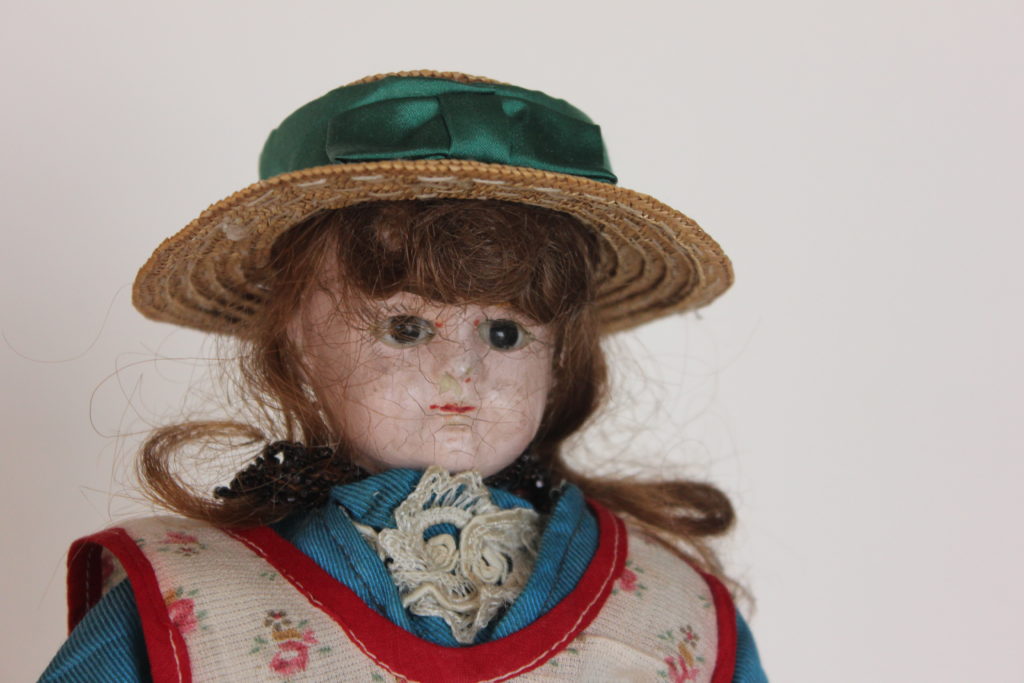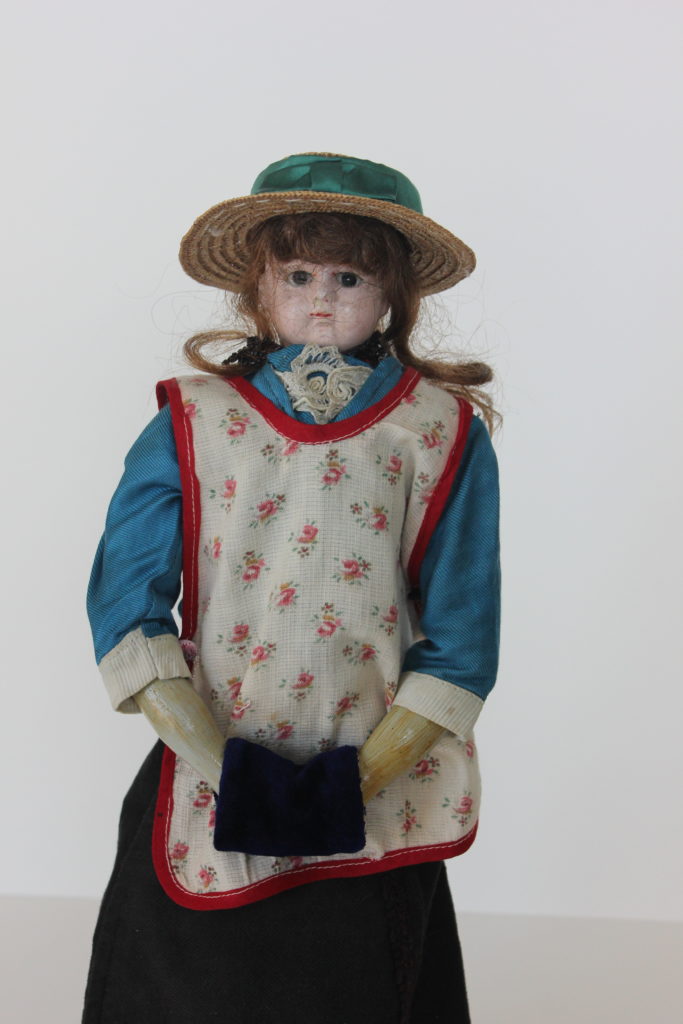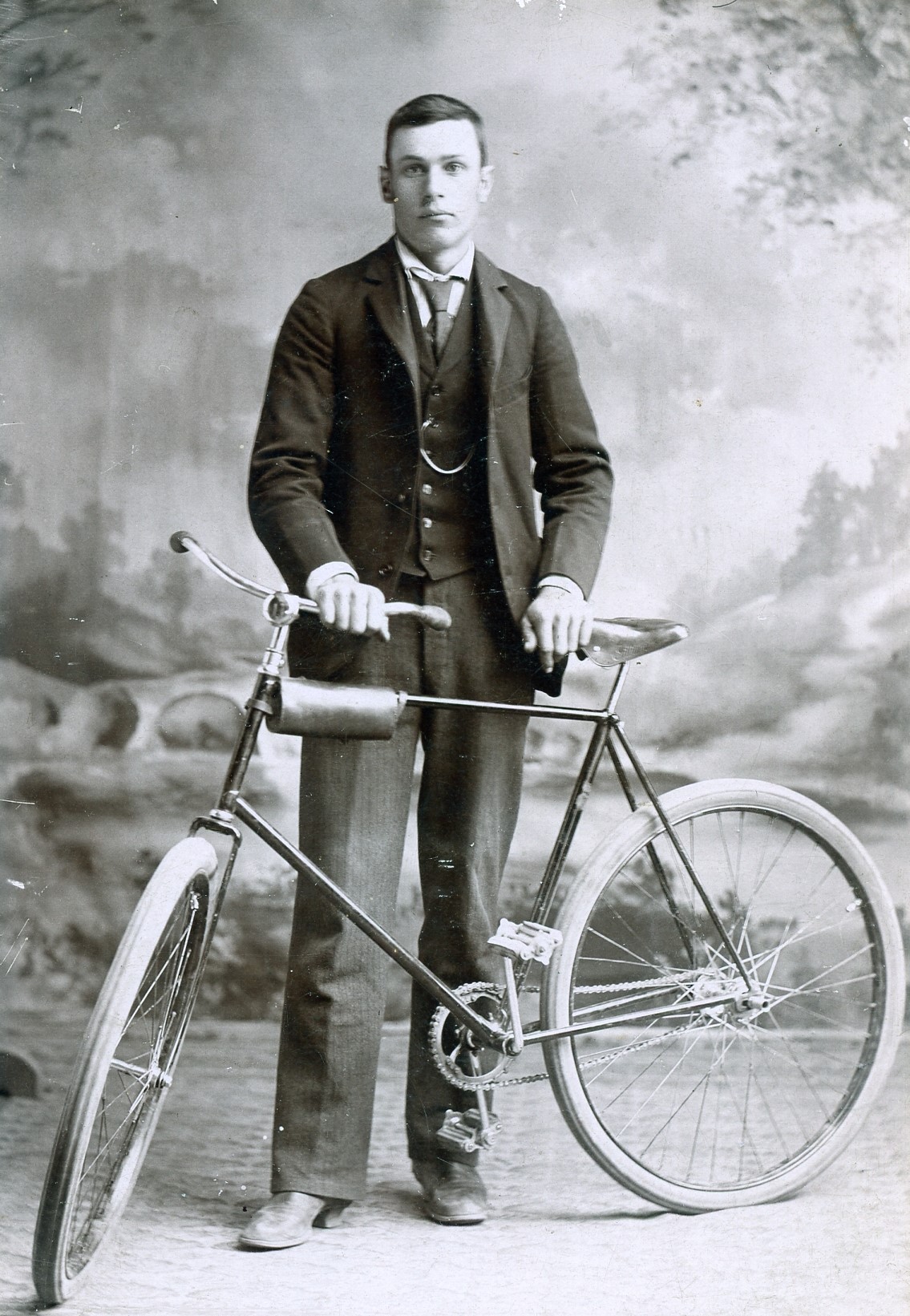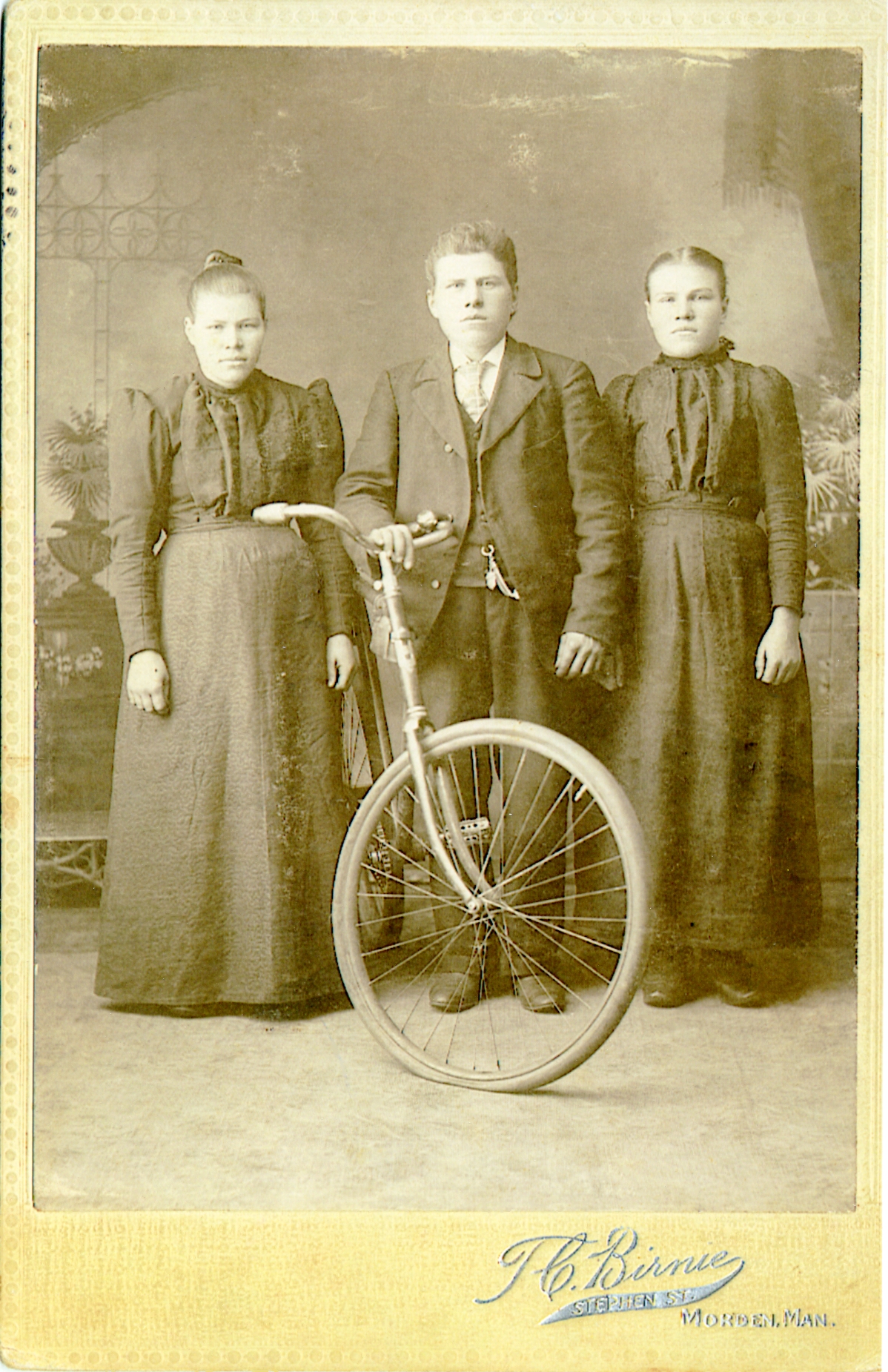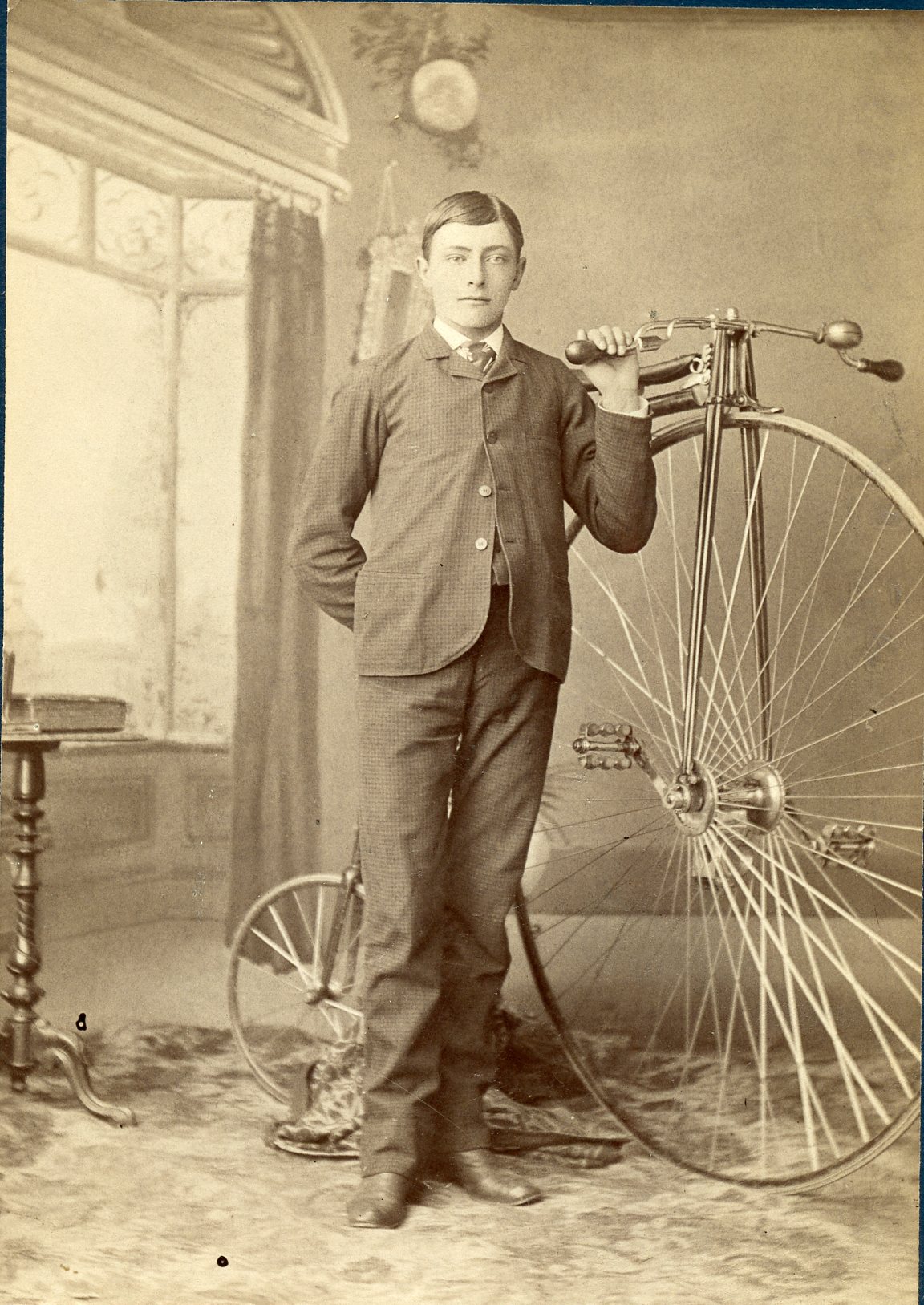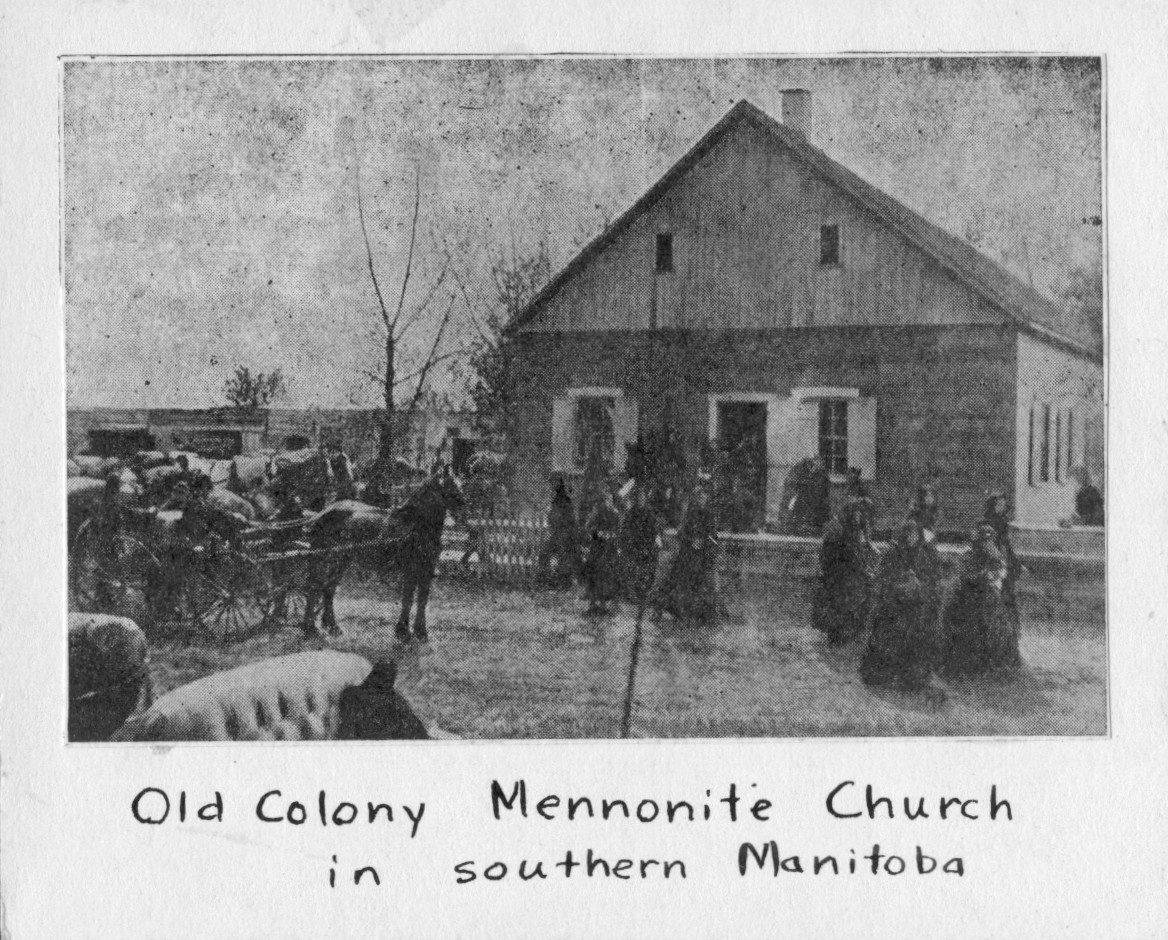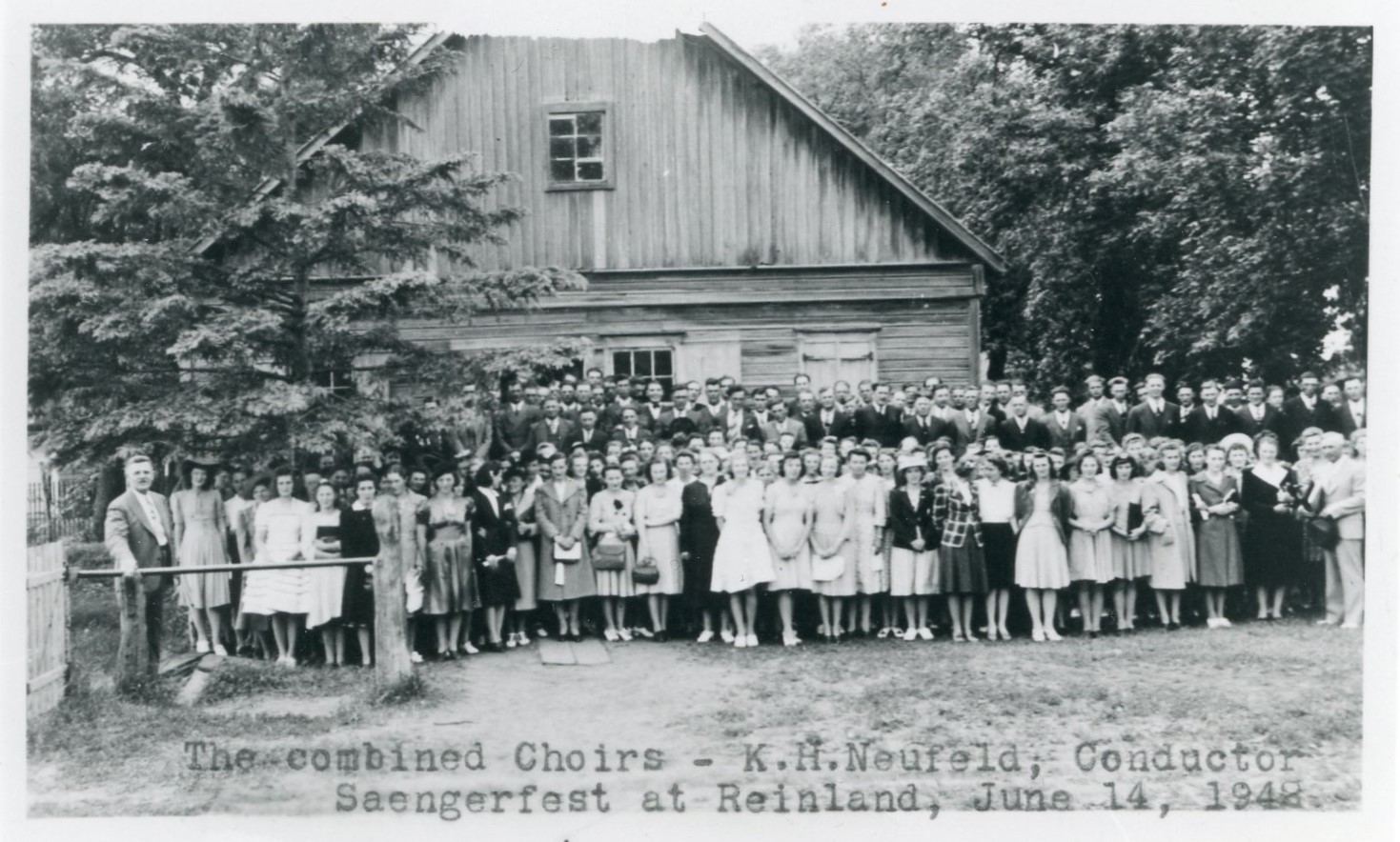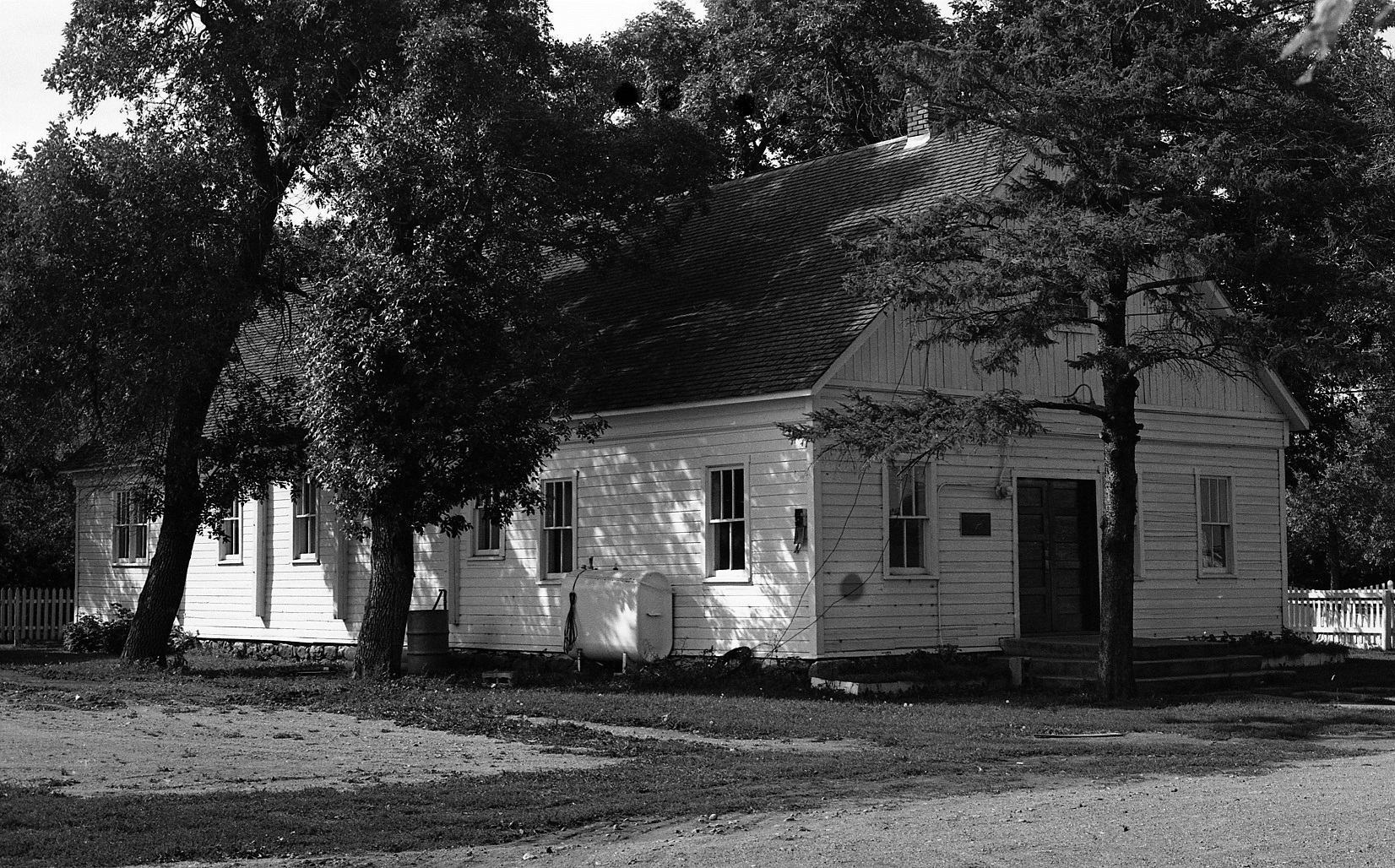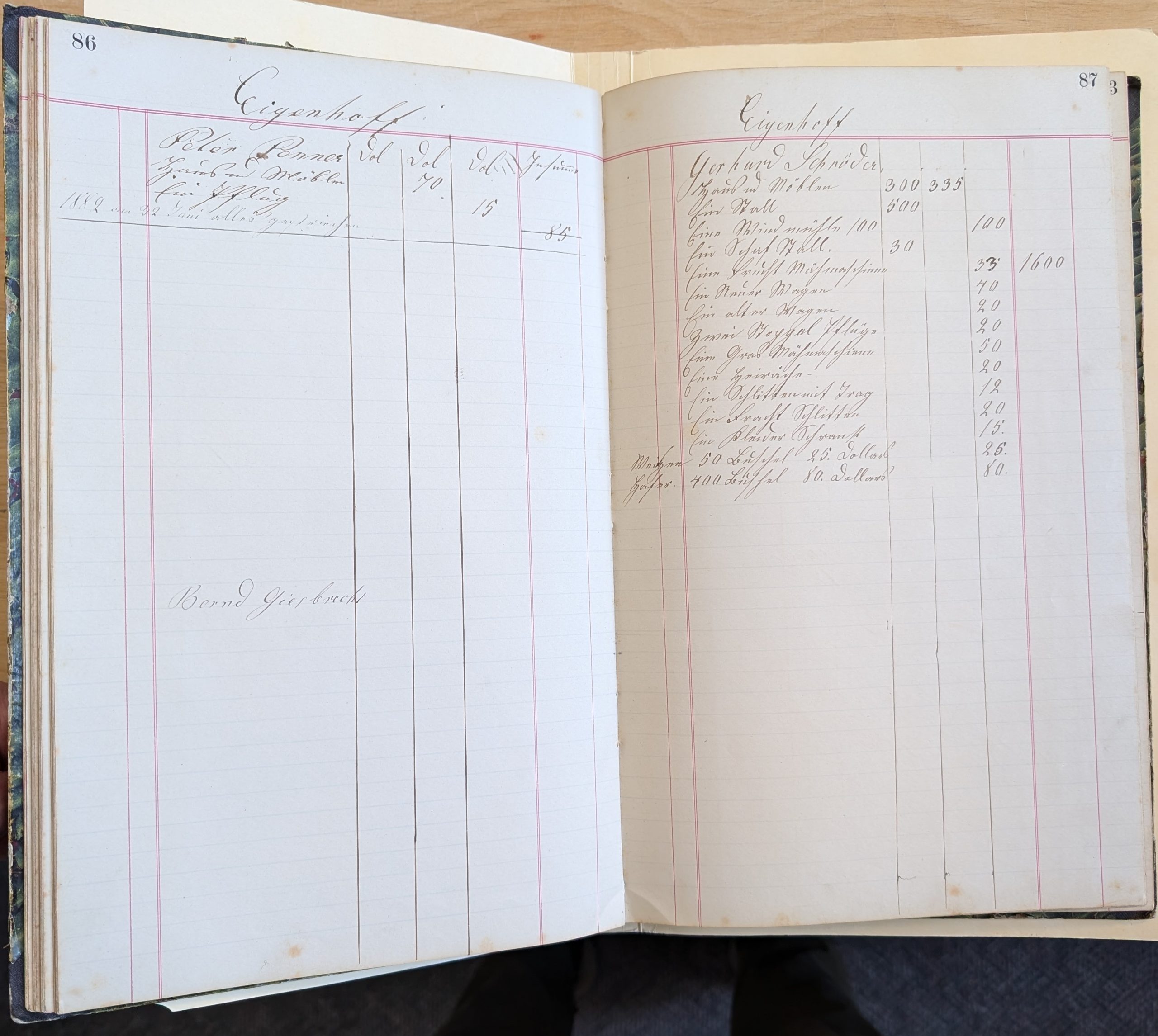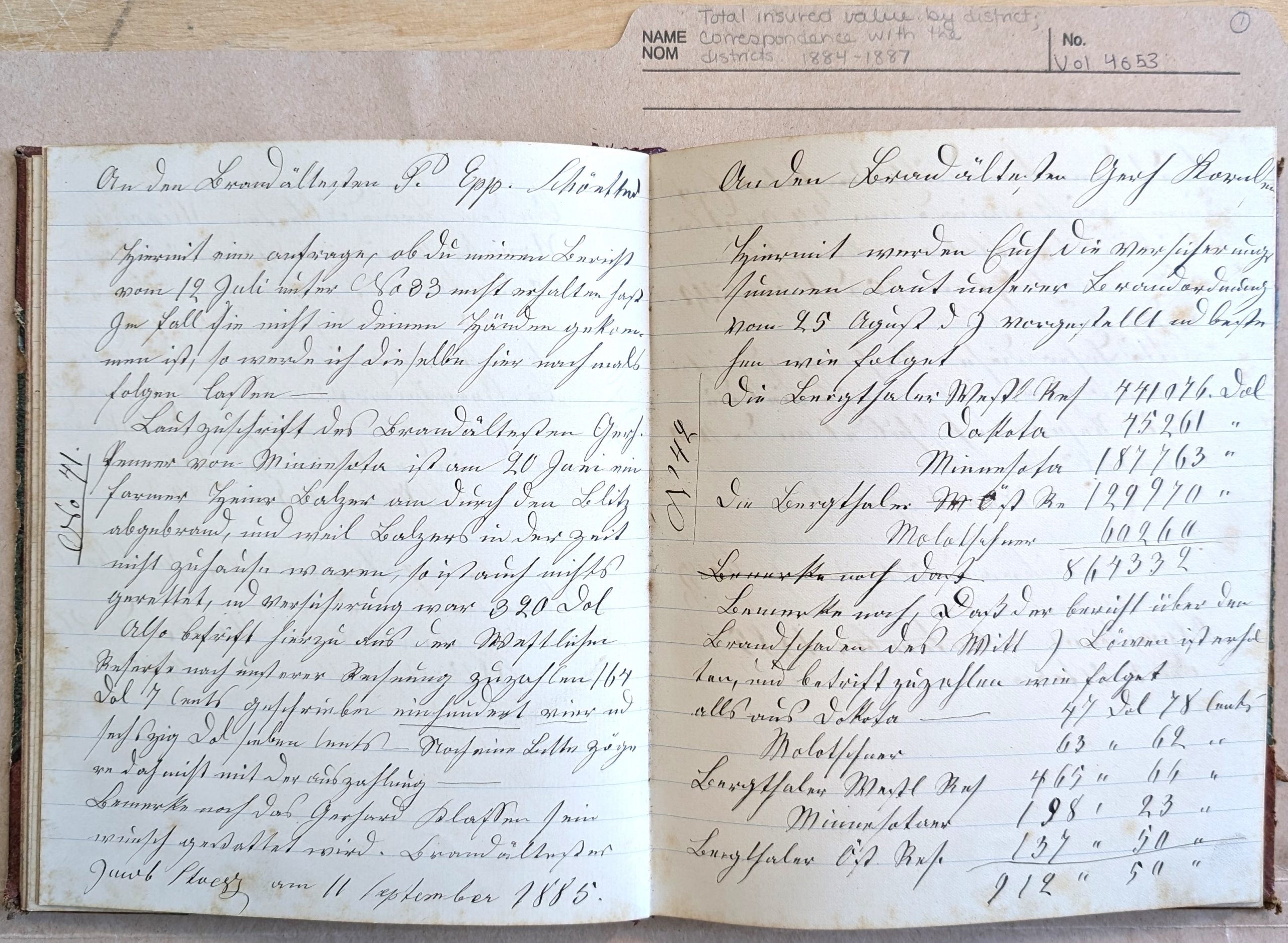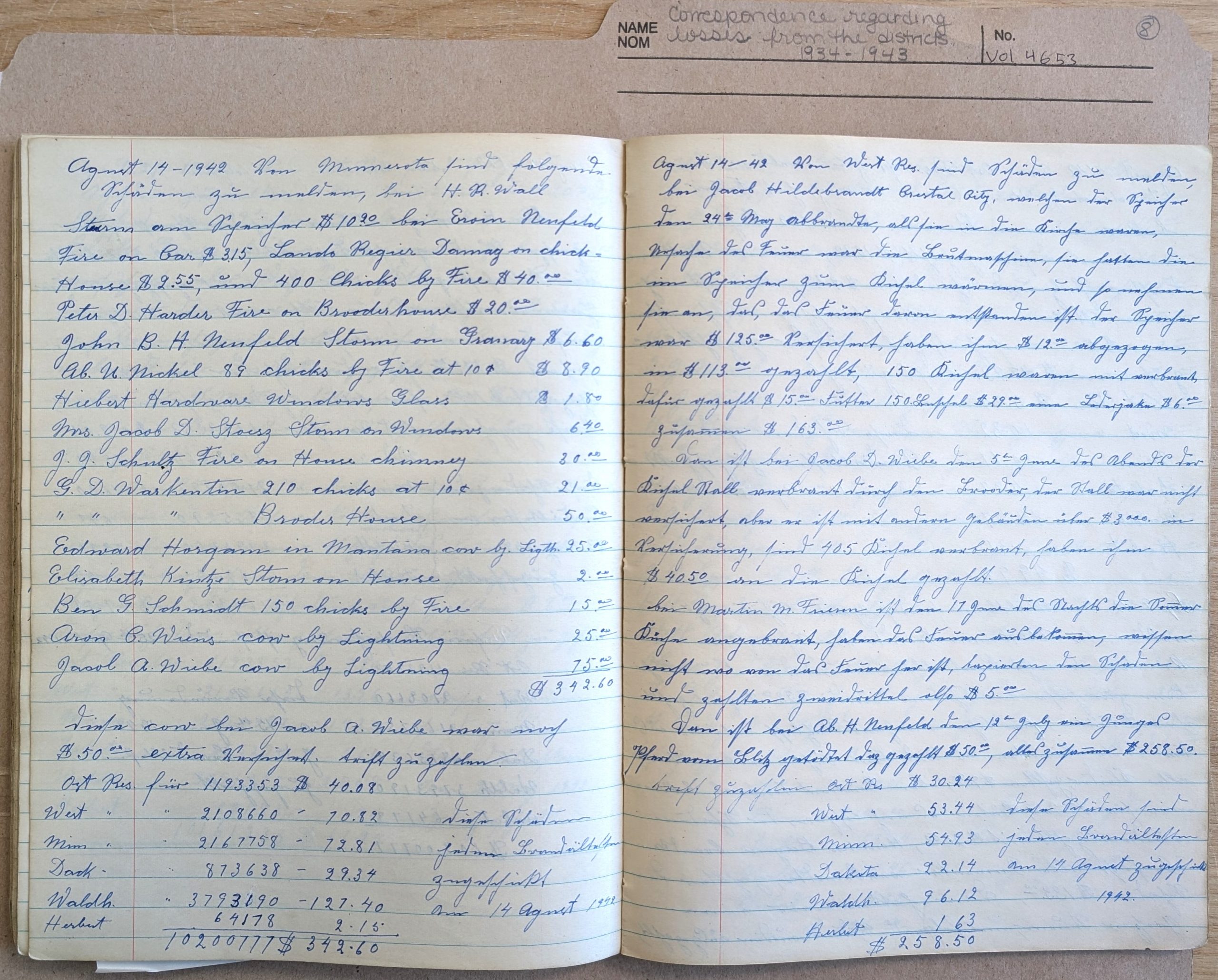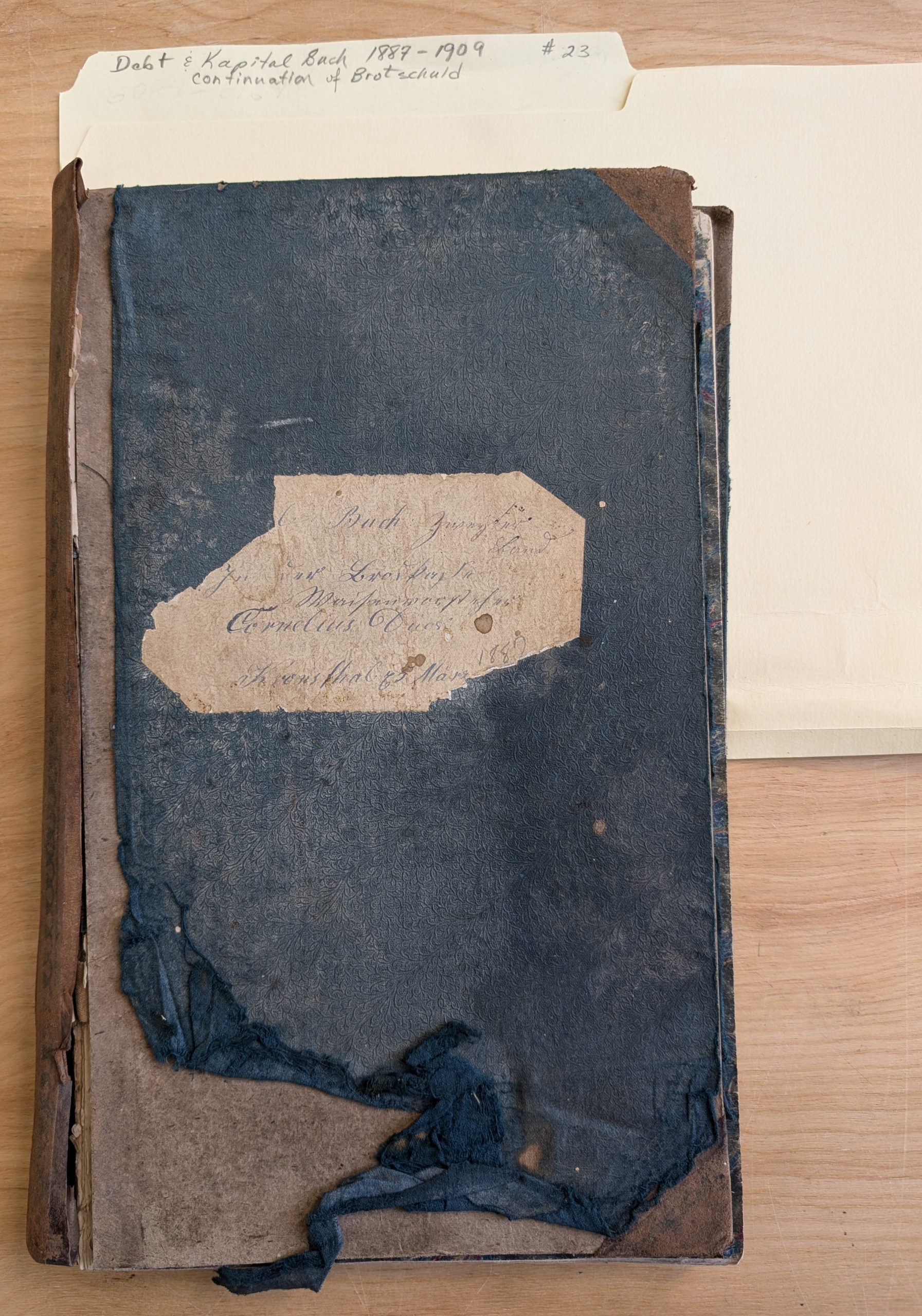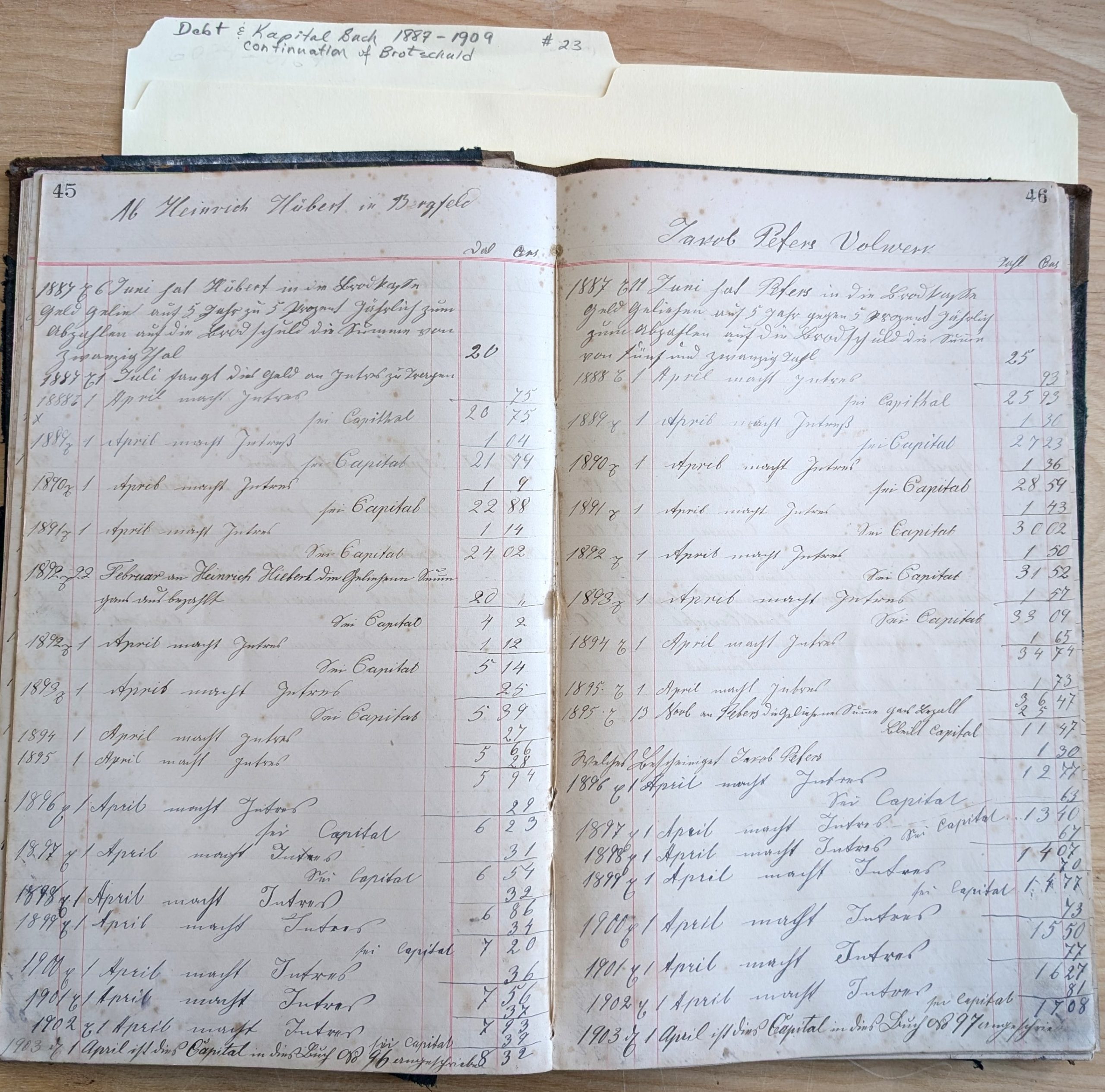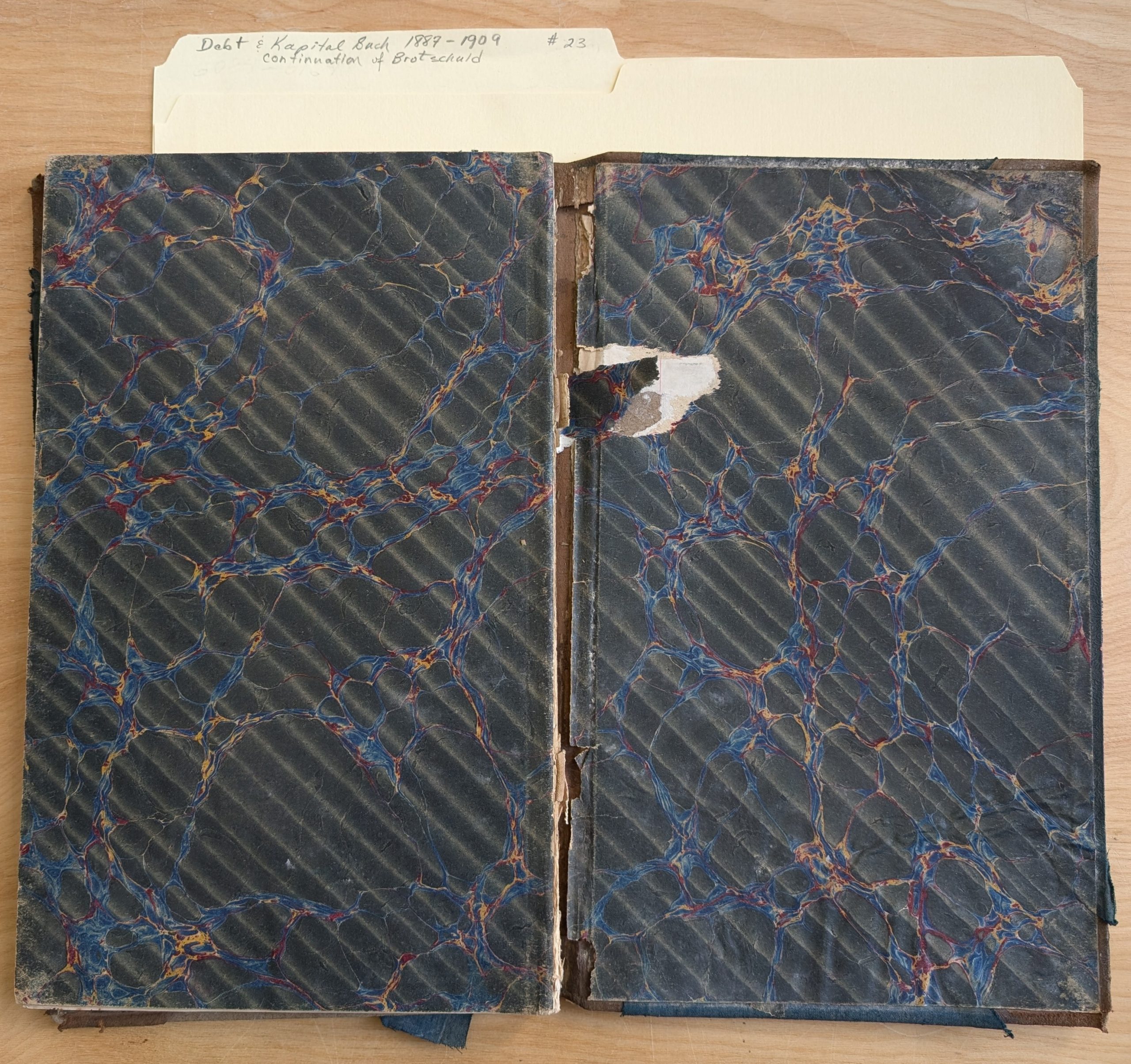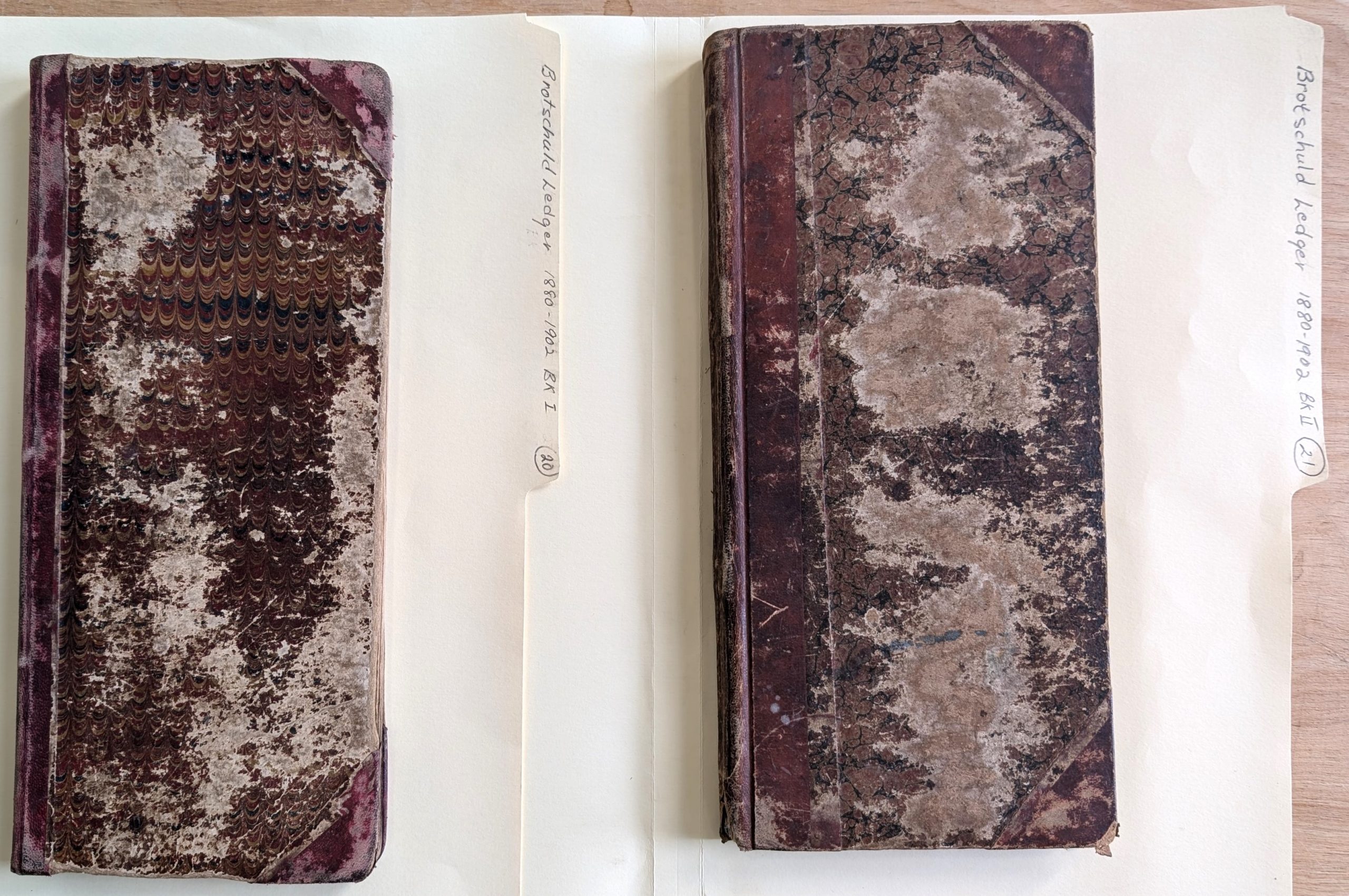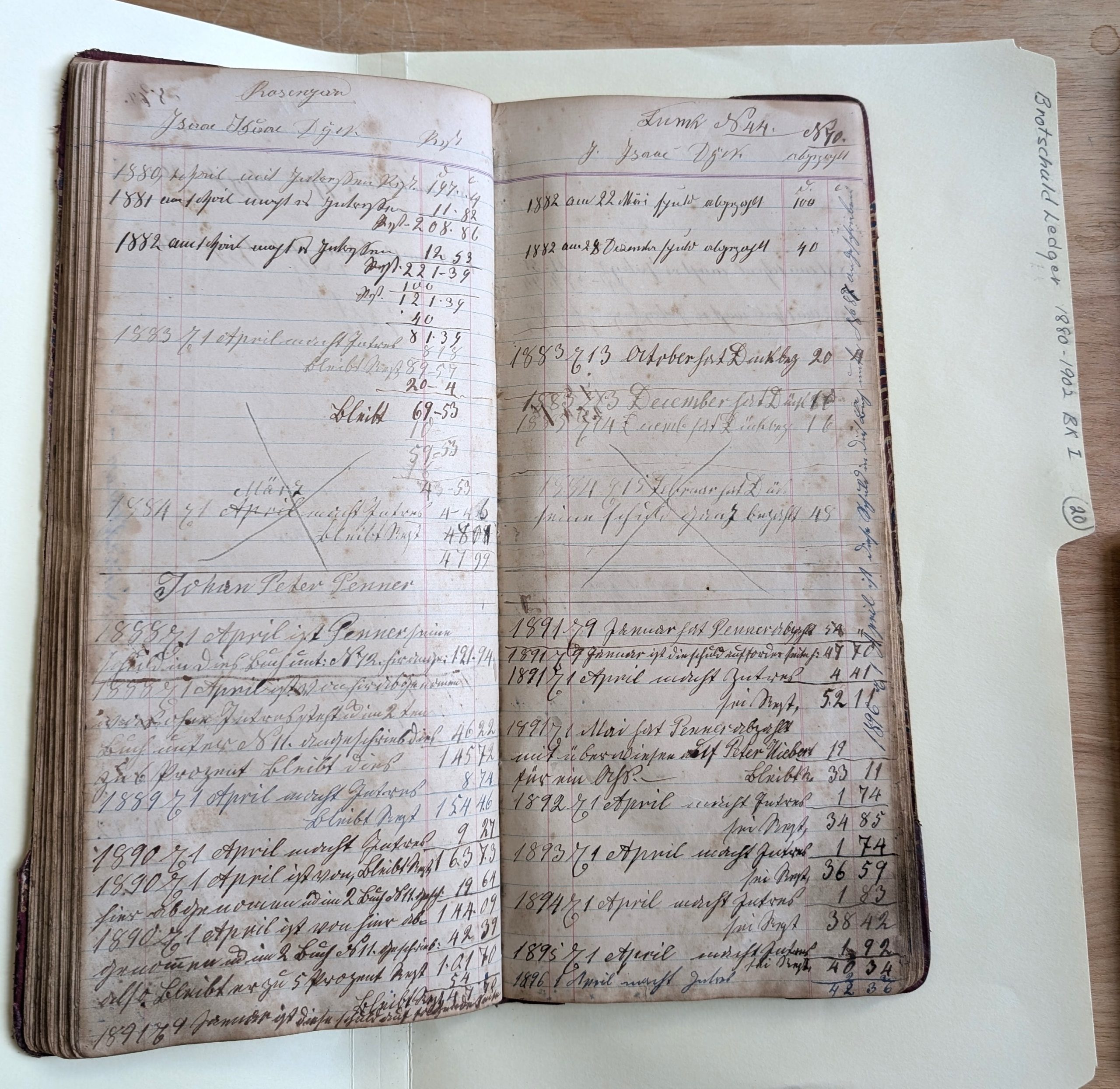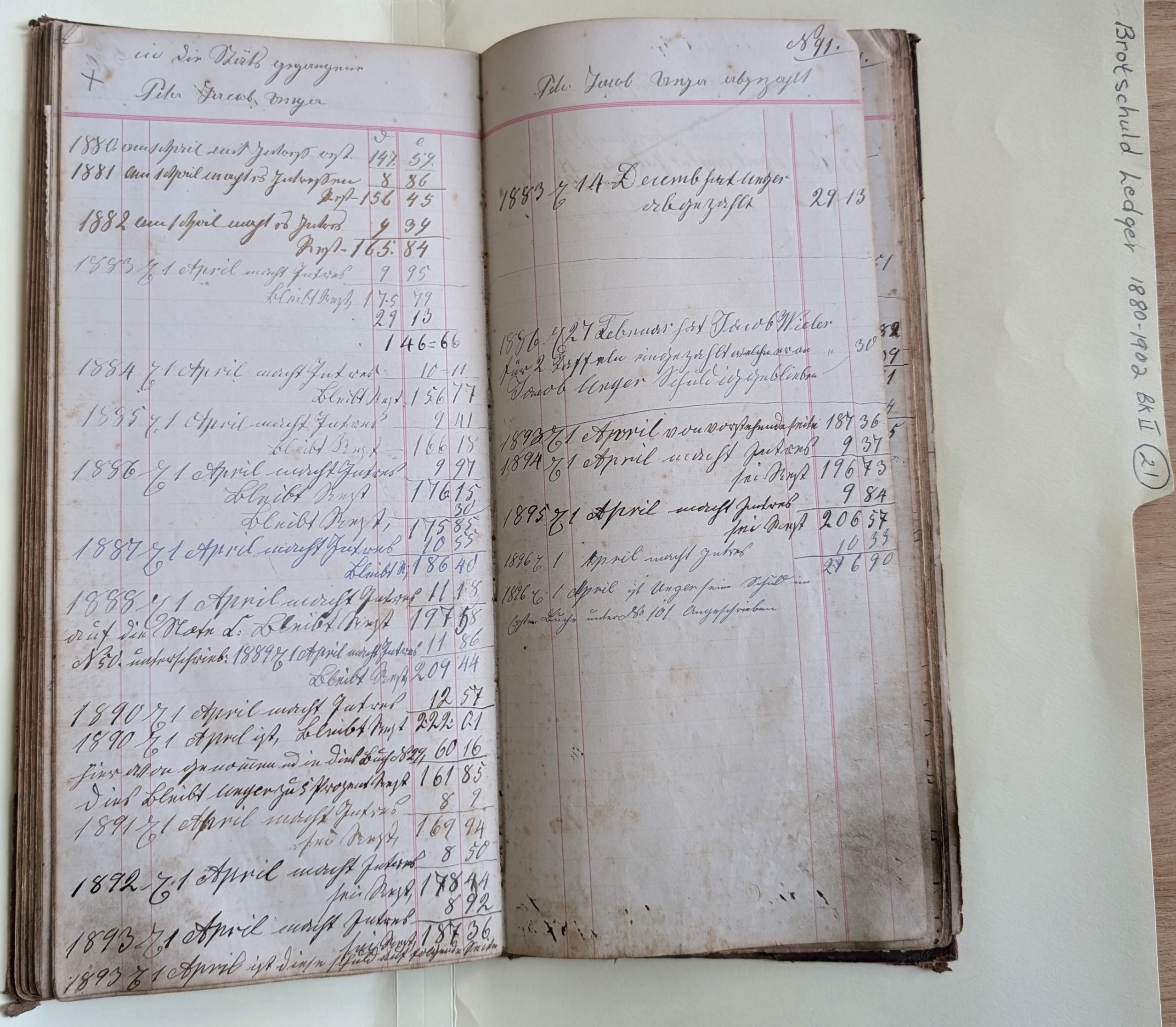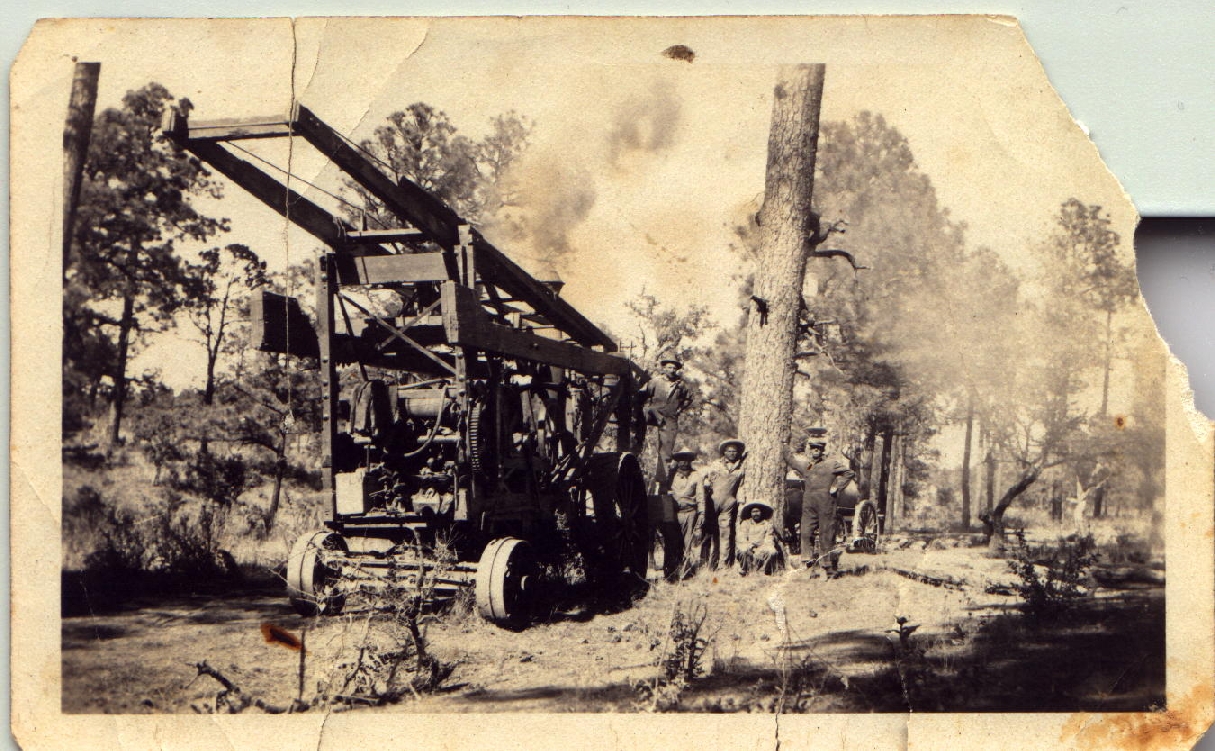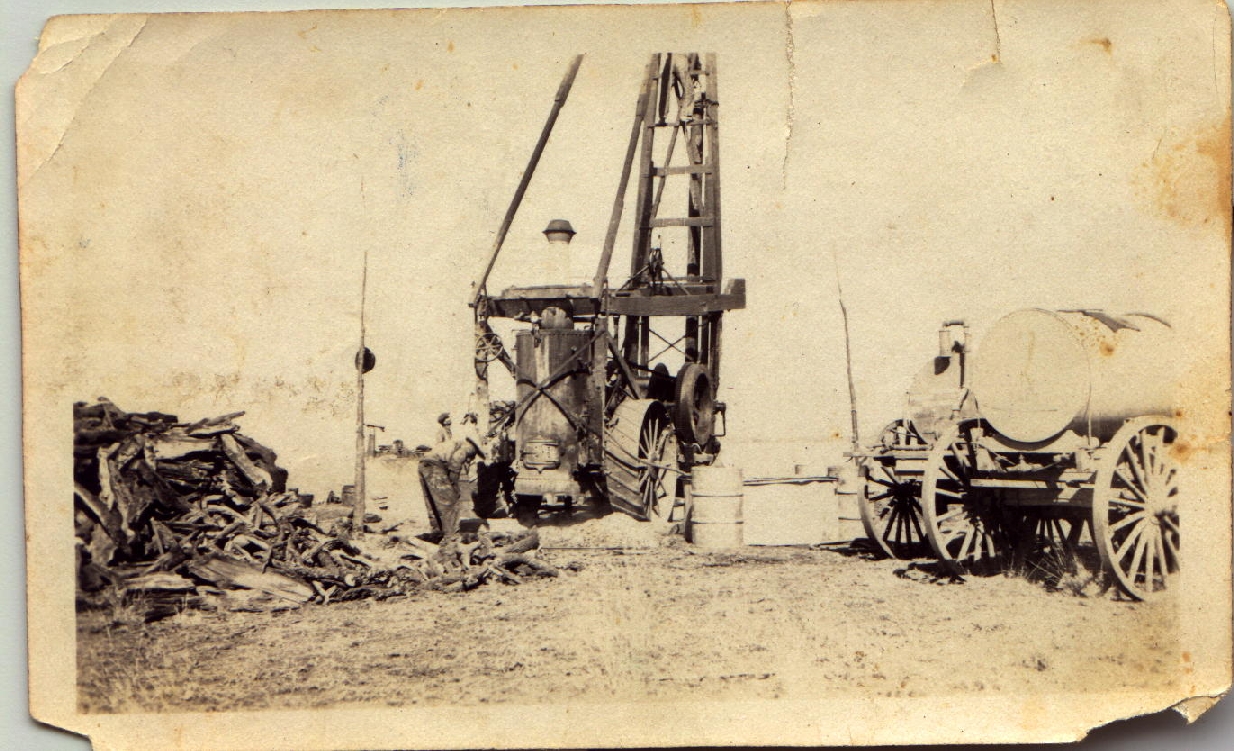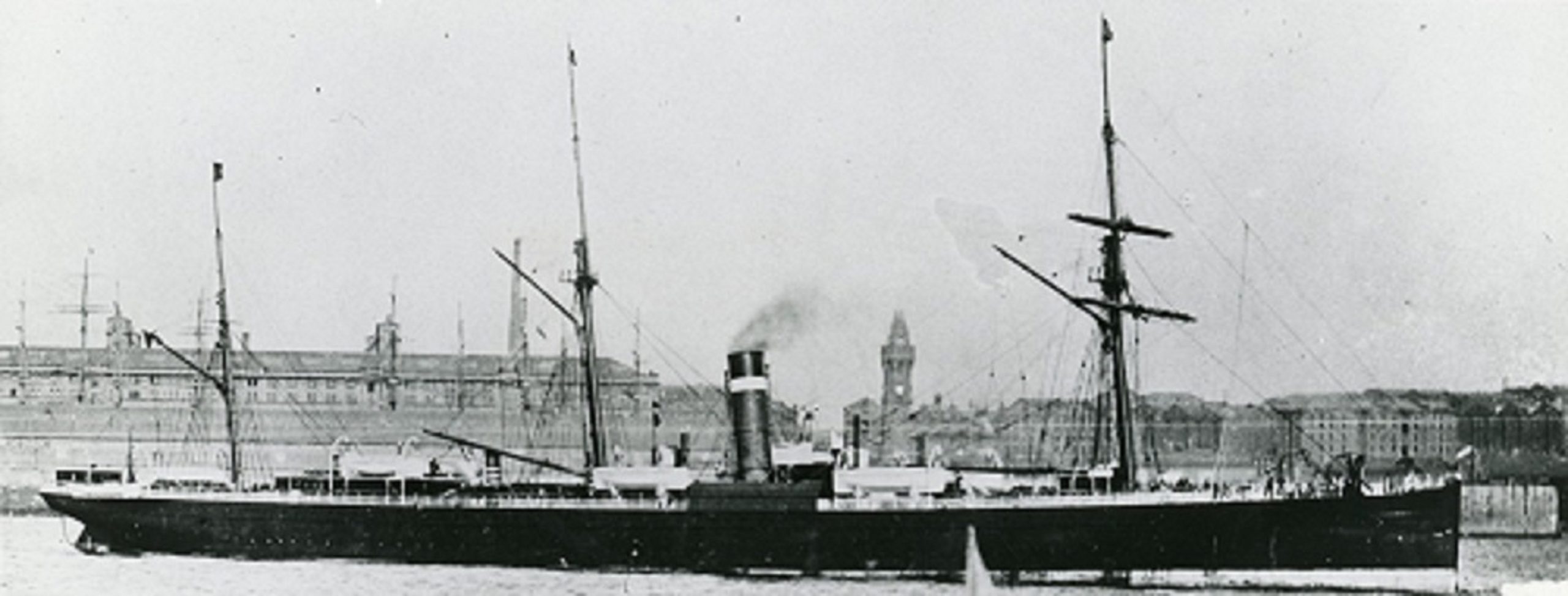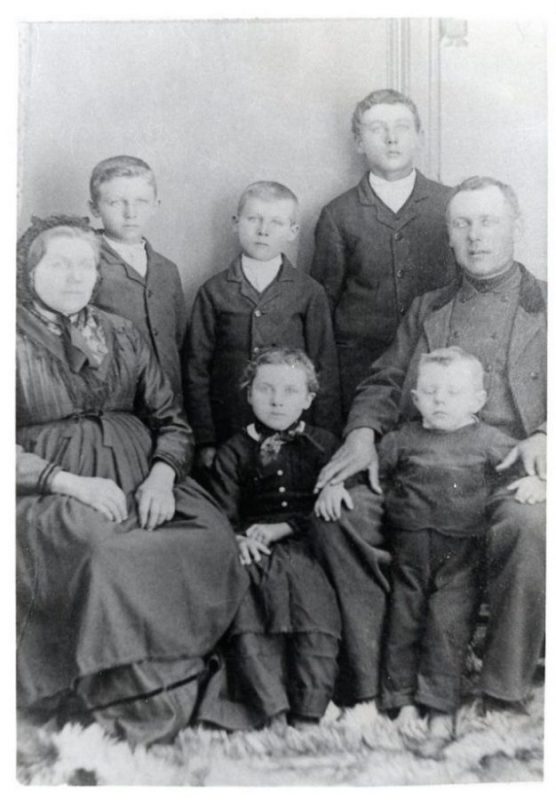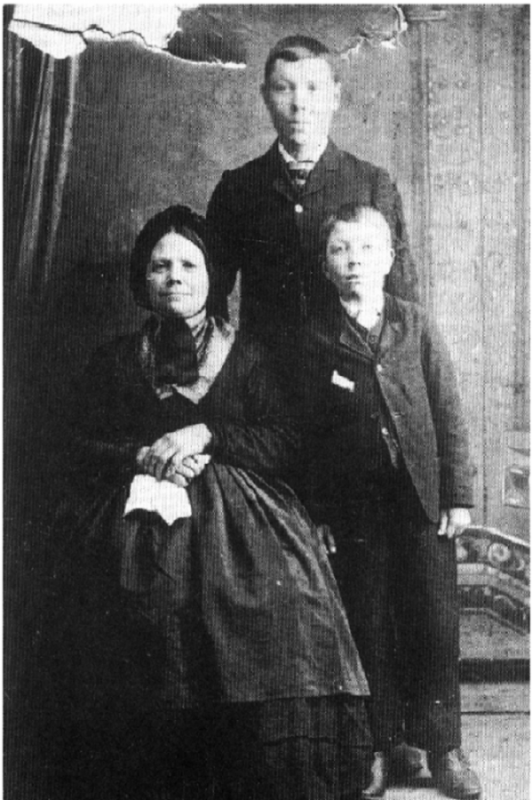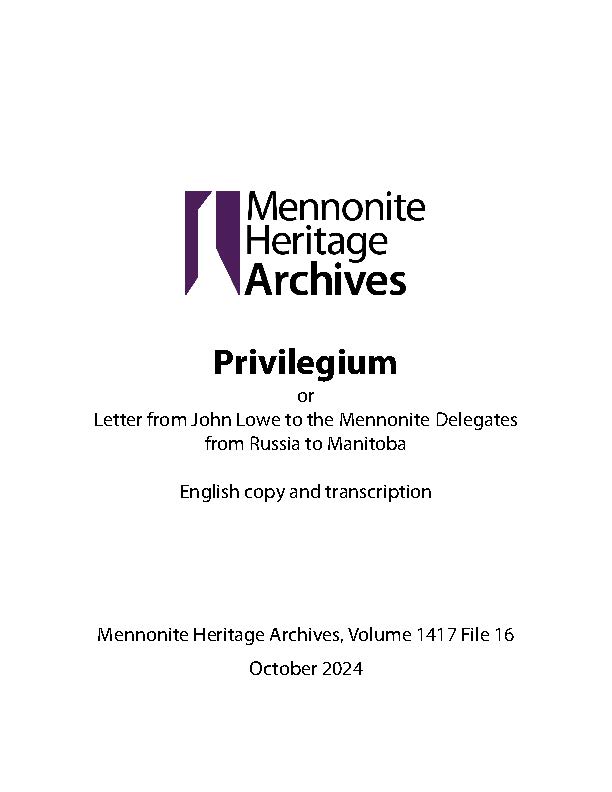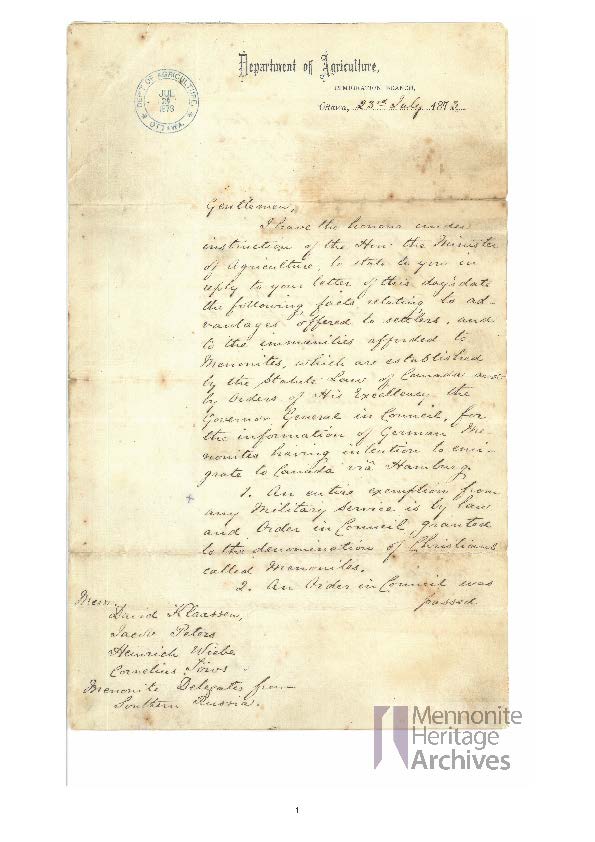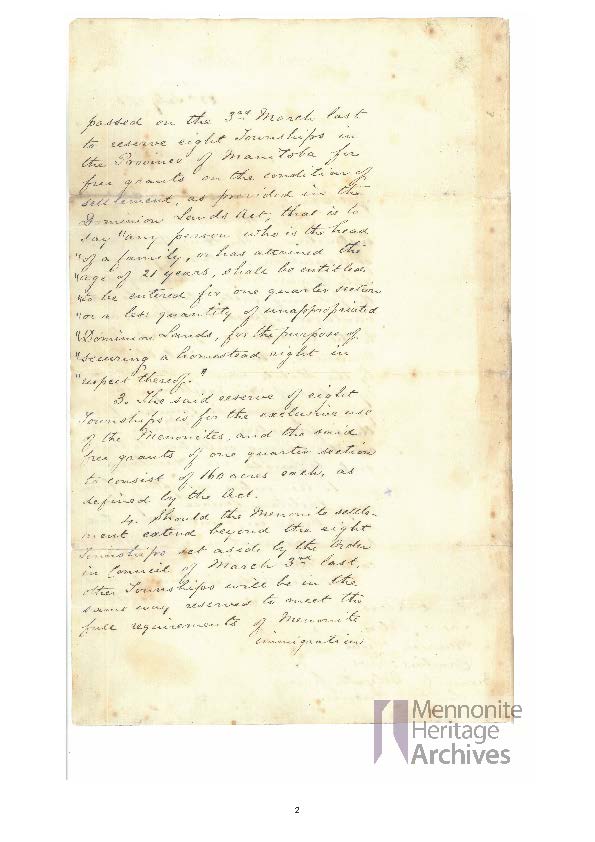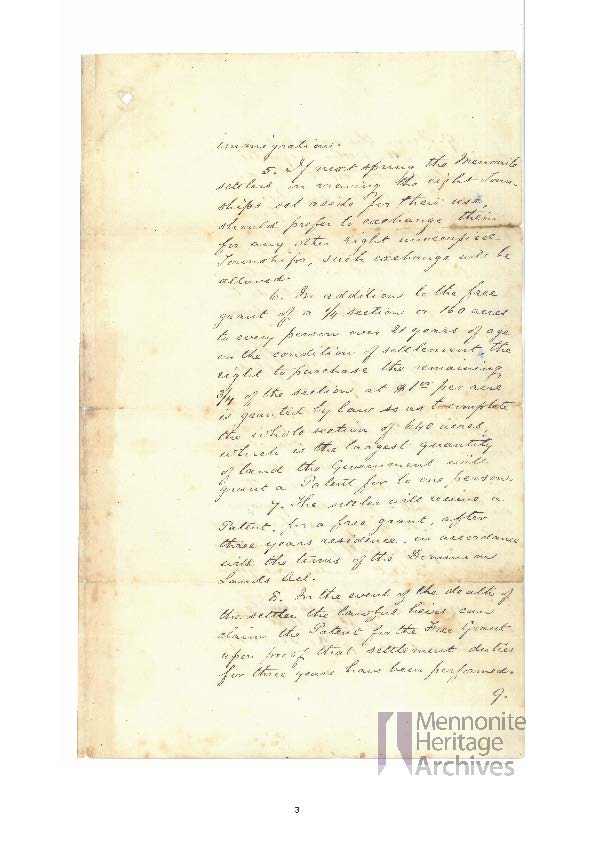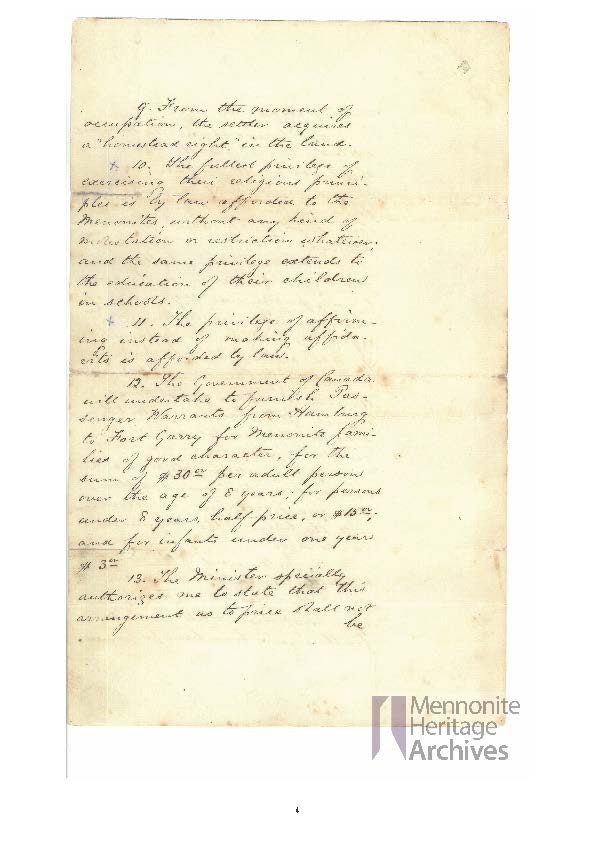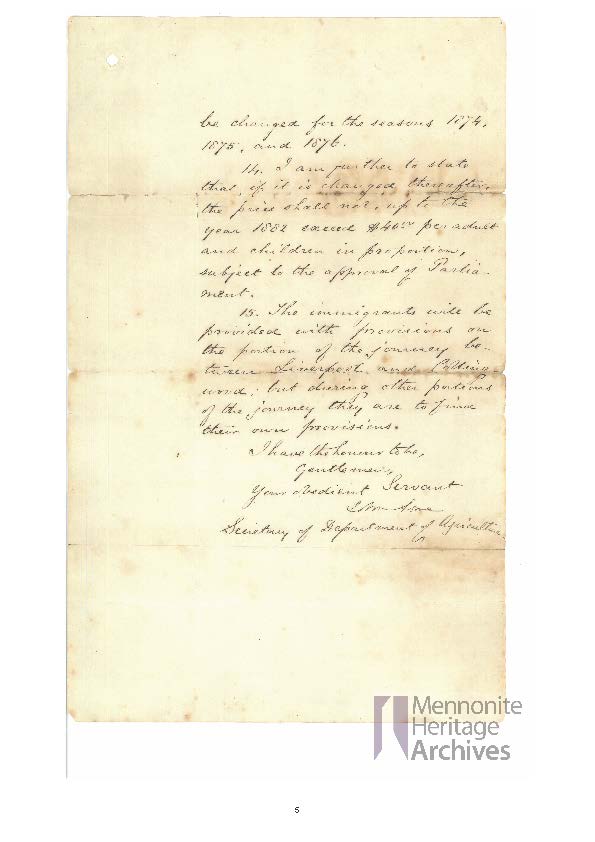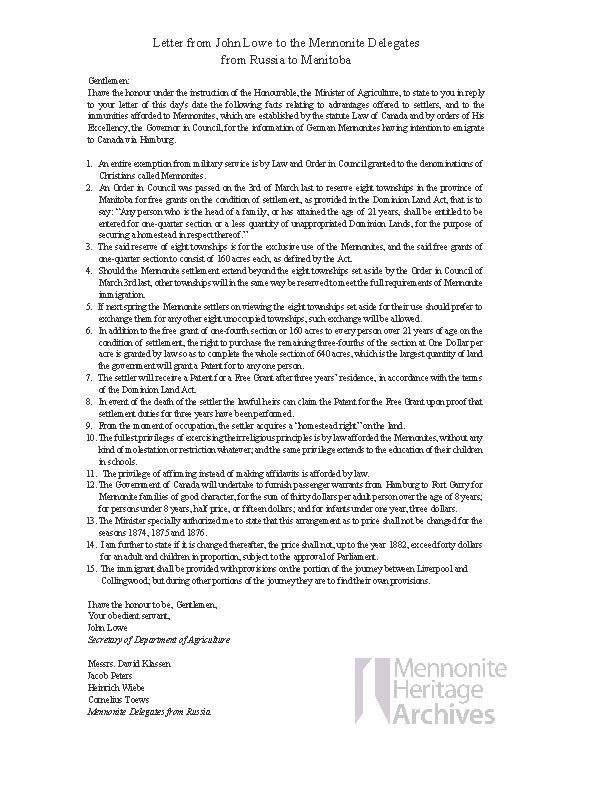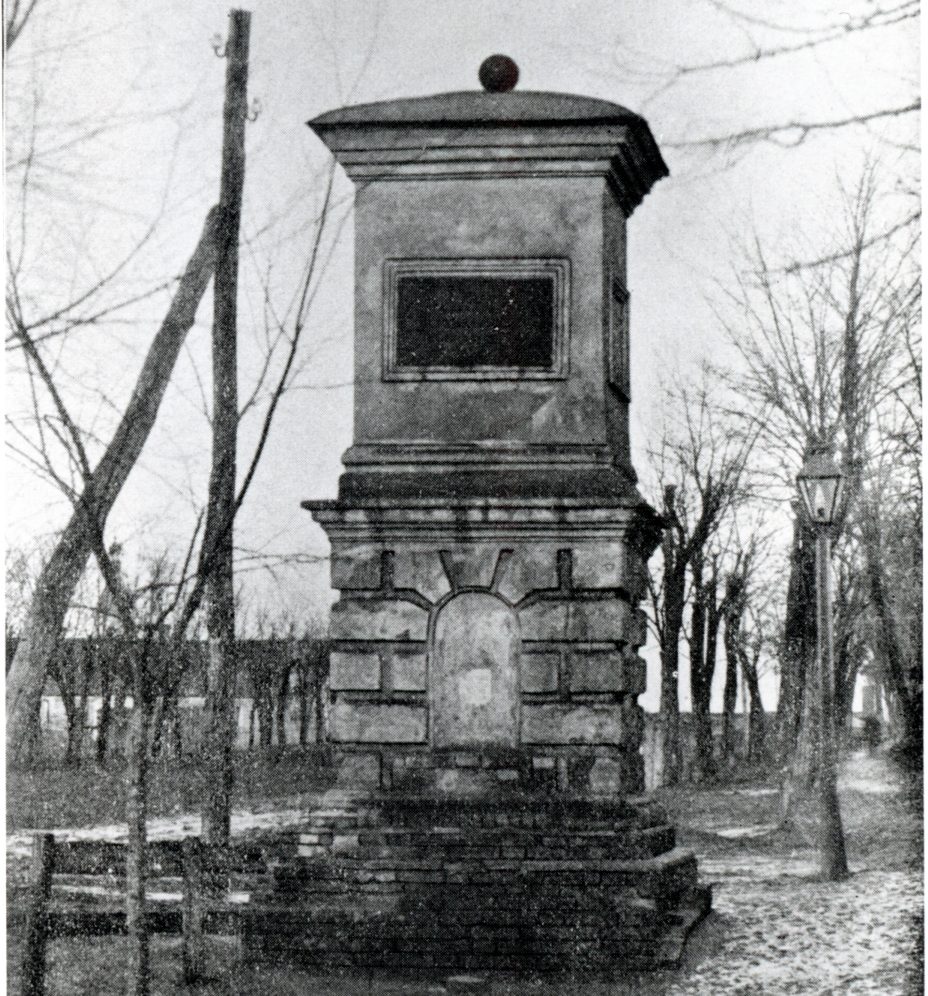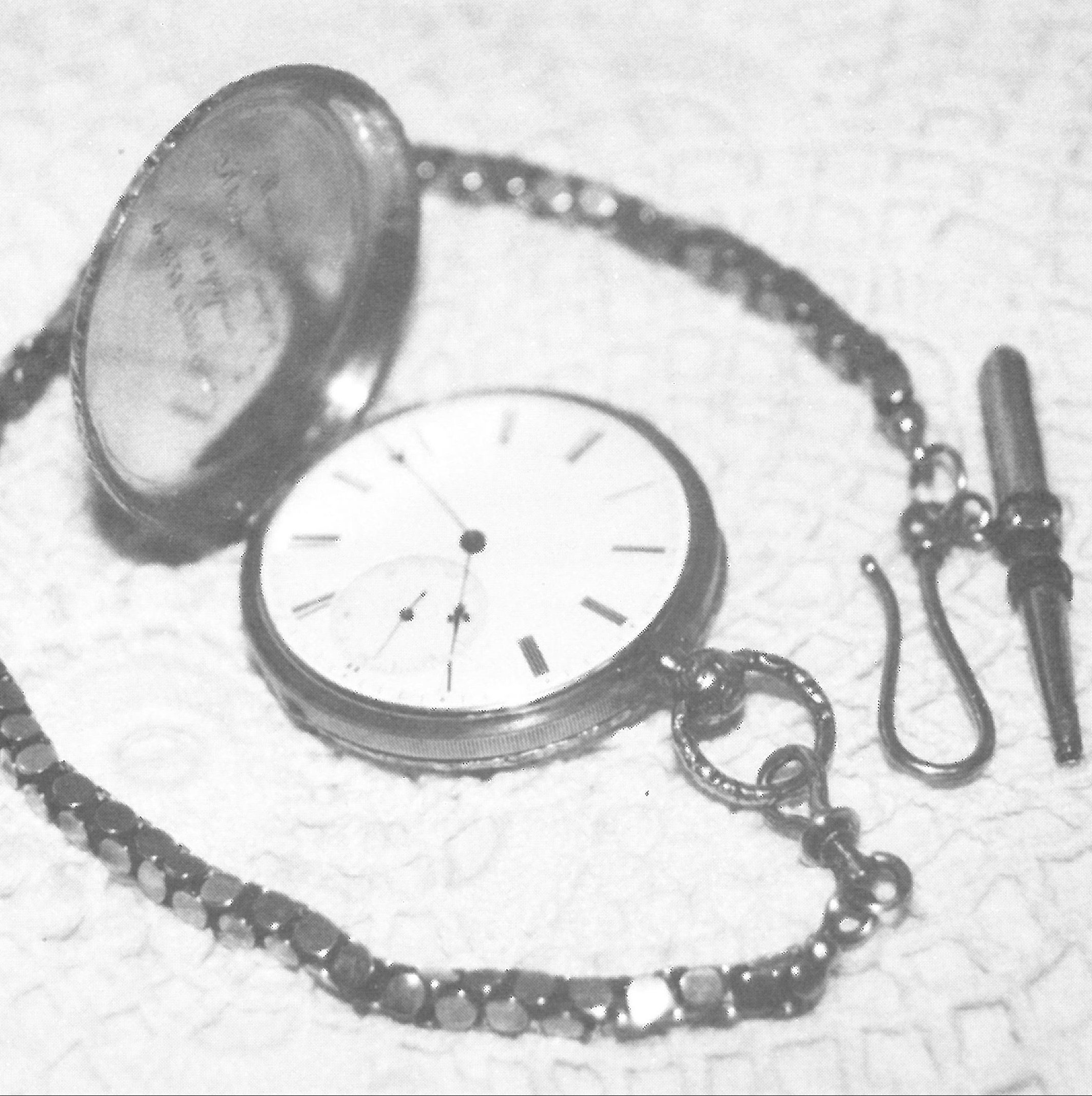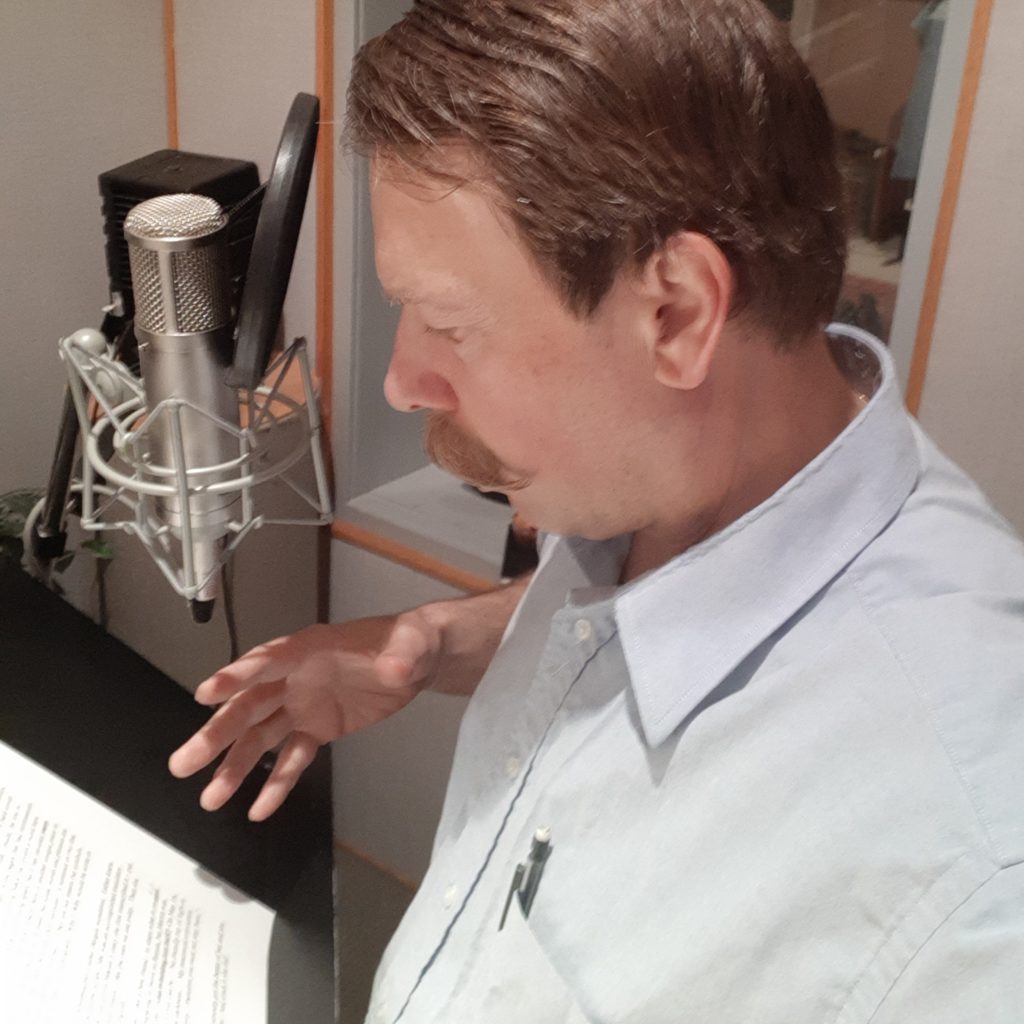
Still Speaking is a radio show created by Conrad Stoesz, the archivist at the Mennonite Heritage Archives. These five-minute stories aired on Golden West Radio 950, 1220 and 1250 AM Tuesday and Thursday at 9:15, and Saturday at 12:10 (CST). Listen to these stories and view associated images from the MHA collection below.
Still Speaking tells stories about people, places, and events preserved in documents and artifacts in our archives. Our aim is to learn about the past, the role of archives in society, and give you something to think about. Together we can listen to the people of the past “still speaking.”
In March 2025, Low German translations of excerpts from Still Speaking began airing on Waut Passieet, a podcast of the Mennonite Community Services of Southern Ontario. The translation was completed by Mennonite Community Service, De Brigj. Translated episodes will appear below English versions as they are completed. We are excited to be able to share Still Speaking with the Low German speaking community.
Still Speaking Season 3 Episodes
To listen to and view episode material, click on the desired episode title.
- Episode 11 – Mennonite Midwifery: A Brief History
- Episode 10 – Bicycles, the New Frontier
- Episode 9 – The Post Road
- Episode 8 – How to Build a Church
- Episode 7 – A Brief History of the Mennonite Fire Insurance Program
- Episode 6 – The Brotschuld
- Episode 5 – Water, water everywhere…
- Episode 4 – Excitement and Sorrow
- Episode 3 – Bread is a Life Saver
- Episode 2 – The Privilegium
- Episode 1 – Mennonites in the Crimean War
Still Speaking Season 2 Episodes
To listen to and view episode material, click on the desired episode title.
- Season 2 Review
- Episode 13 – Left Behind
- Episode 12 – Jacob Hoemsen
- Episode 11 – Crossing Borders
- Episode 10 – A Wreath of Remembrance
- Episode 9 – The Power of a Song
- Episode 8 – K.H. Neufeld
- Episode 7 – The Case of Cornelius Unger
- Episode 6 – Isaak Toews
- Episode 5 – The 1920’s Migration and Daniel P. Enns
- Episode 4 – City Councillor Jacob Penner
- Episode 3 – The Mennonite Heritage Archive
- Episode 2 – Gerhard Ens
- Episode 1 – Anna Thiessen
Still Speaking Season 1 Episodes
To listen to and view episode material, click on the desired episode title.
- Season Review
- Episode 12 – Peter Dyck
- Episode 11 – P.W. Enns
- Episode 10 – Jacob Fehr
- Episode 9 – John Dennis
- Episode 8 – Education
- Episode 7 – Ice Ship
- Episode 6 – Sherryl Koop and the CRA
- Episode 5 – Martin Klaassen
- Episode 4 – Nickel Mines
- Episode 3 – Regina
- Episode 2 – Johannes Dyck
- Episode 1 – A Doll Story
Season 3: Episode 11 – Mennonite Midwifery: A Brief History
Midwives were key figures in the physical health of early Mennonite communities, in delivering babies and beyond, despite being technically illegal. The role of the midwife came under the critical eye of the Manitoba College of Physicians when it challenged the role of doctors in the province. One persecuted midwife was Katharina Thiessen.
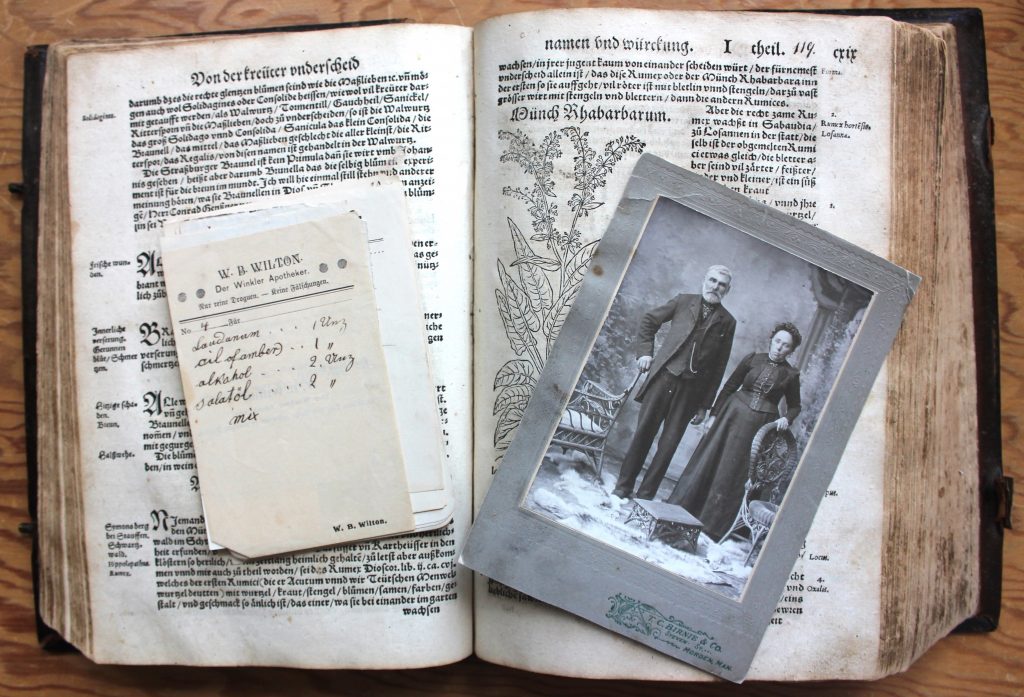
Karl and Katharina Thiessen in a photograph with the Keuterbuch and a prescription. MHA Vol. 6696 & 6697.
Season 3: Episode 10 – Bicycles, the New Frontier
Viewed as a threat to the church and community focused life of these new communities, bicycles were a controversial introduction to early Mennonite communities in Manitoba.
Season 3: Episode 9 – The Post Road
The Post Road was a route across the West Reserve, facilitating the efficient movement of people and goods in and out of the growing communities along its path. The name refers to the posts that were used by earlier Mennonites to mark the trail and ensure safe usage through the winter. It continued to be used into the 20th century, though the introduction of the railroad and an expanding network of roads meant that the importance of this route was declining by the mid 1880’s.
For a present day tour of the Post Road, download the map here.
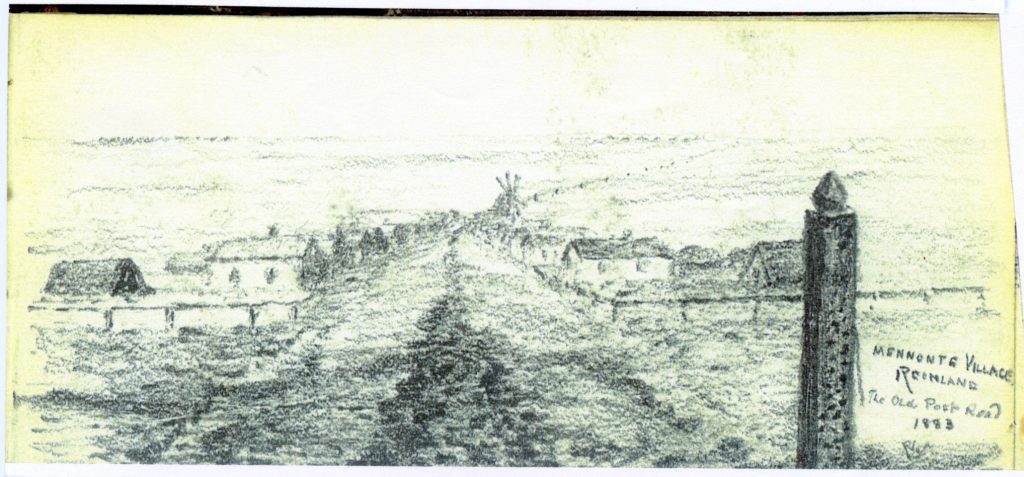
Season 3: Episode 8 – How to Build a Church
This is the story of one of the oldest wooden churches still in use in Western Canada – what started out as the Reinland Mennonite Church in Reinland, Manitoba in 1878, and is now a community centre in the community.
Season 3: Episode 7 – A Brief History of the Mennonite Fire Insurance Program
The Mennonite community has a long history of insurance programs that started over 400 years. The legacy of these organizations is present in the existence of Red River Mutual Insurance in Manitoba, as well as other insurance companies on the prairies.
Season 3: Episode 6 – The Brotschuld
Mennonites worked hard to build new lives in Canada, but they did not do it alone. When faced with unexpected food shortages, the Mennonites relied on their church family and on government aide. Watching how they repaid this help was someone who would have a big part to play in the community’s future.
Season 3: Episode 5 – Water, water everywhere…
When Mennonites left their homes in Imperial Russia, they hoped for a better life. Upon arriving, they found they lacked many of the basic necessities, including water. Despite rivers, lakes, and swamps, the locations of their temporary accommodations prompted them to take actions into their own hands and nearly ended in disaster.
Season 3: Episode 4 – Excitement and Sorrow
“Travelling for children can be exciting and full of new experiences, but for those starting life in a new country in 1874, it could be dangerous and even deadly”. In this episode, Conrad explores some of the joys and sorrows of children travelling to Canada in 1874, including the sad story of the first child buried in Manitoba.
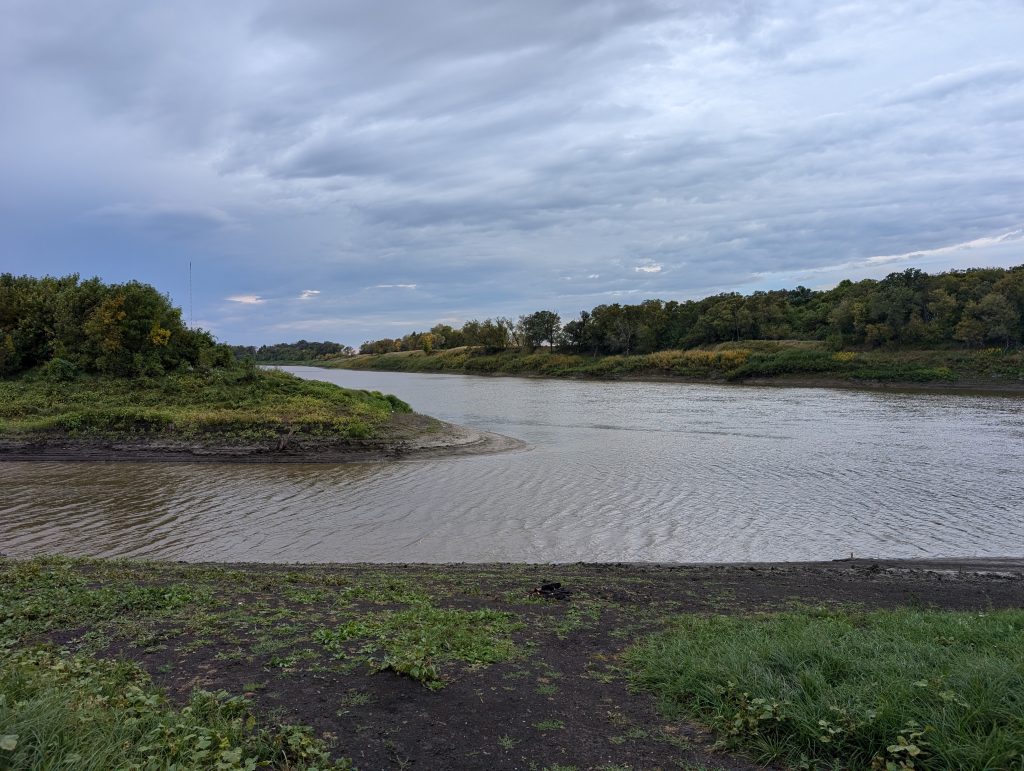
Season 3: Episode 3 – Bread is a Life Saver
Johann Schroeder lived an eventful and difficult life. He made it to Manitoba in the spring of 1875, but he might not have survived the journey if it wasn’t for an unlikely life saving device.
Poem recited by Maria Dyck to Johann Schroeder in 1859.
Willst du immer weiter schweifen?
Sieh, das Gute liegt so nah.
Lerne nur das Glück ergreifen,
Denn das Glück ist immer da.
(Will you roam to distant regions?
Look, the good lies close, my dear.
Only learn to grasp your fortune,
For your fortune’s always near.)
by Johann Wolfgang von Goethe (1749 – 1832), “Erinnerung”, written 1789, first published 1827
Translated by Harry Loewen, Preservings, June 1996 (no. 8.2) p. 46.
Season 3: Episode 2 – The Privilegium
In this episode of Still Speaking, Archivist Conrad Stoesz introduces the item that he considers the “most important document in the Mennonite Heritage Archives”.
Download a copy of the Privilegium here.
Donate to the preservation of the Privilegium and other documents at the MHA here:
Season 3: Episode 1 – Mennonites in the Crimean War
When the Mennonites found themselves involved in a war between the Great Powers of Europe, how could they respond in a manner that satisfied their homeland and allowed them to maintain their convictions?
Season 2 Season Review
Listen to Mennonite Heritage Archives Archivist Conrad Stoesz describe the journey of making Season 2 of Still Speaking in an interview with Christ Sumner of Pembina Valley Online on Wednesday, August 9th, 2023. Conrad describes the inspiration and creative process, and answers the question: “Will there be a Season 3?”.
Listen to the interview between Chris and Conrad below:
Read the story from Pembina Valley Online here.
Season 2: Episode 13 – Left Behind
“We talk a lot about the move of people to Canada, but what about the people that were left behind?” Anna Reimer (Peters) maintained contact with her family in Canada was by letter, forming a record of their experience, both in what they said and what they could not say.
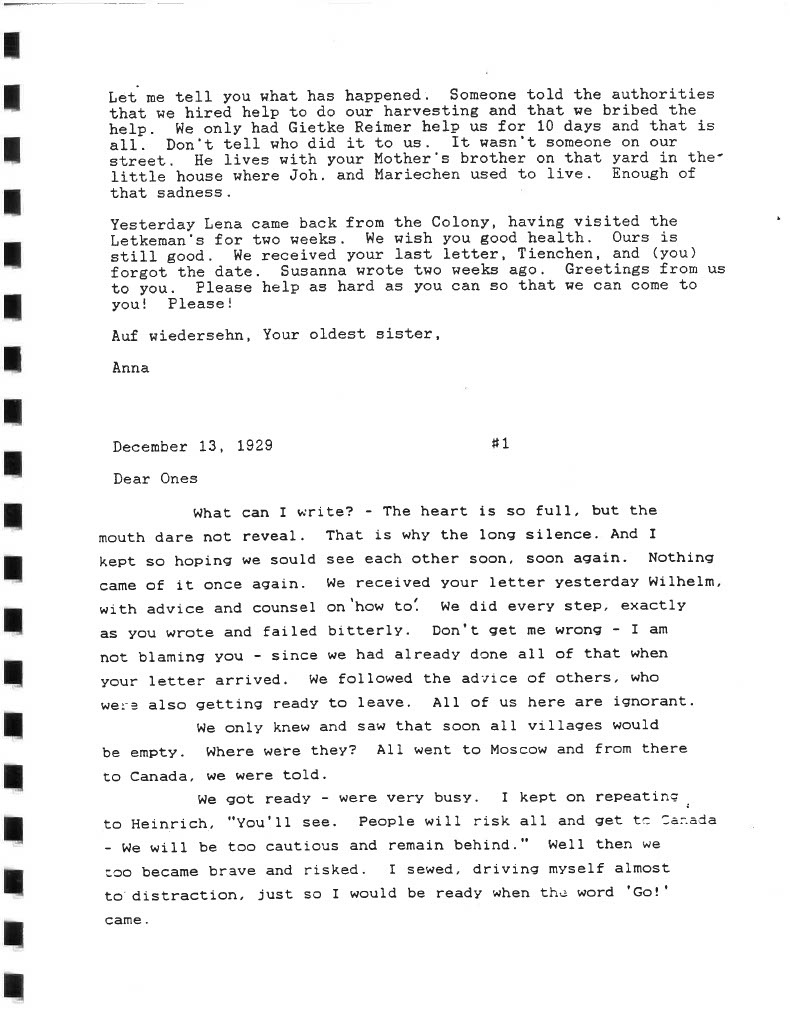
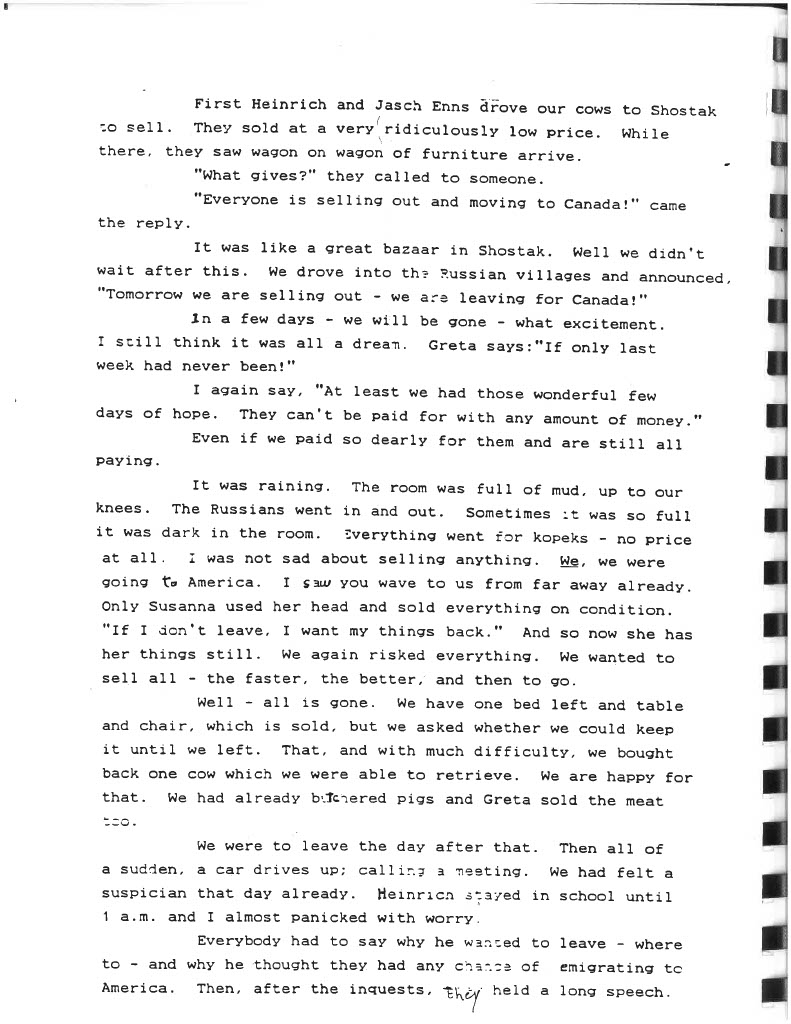
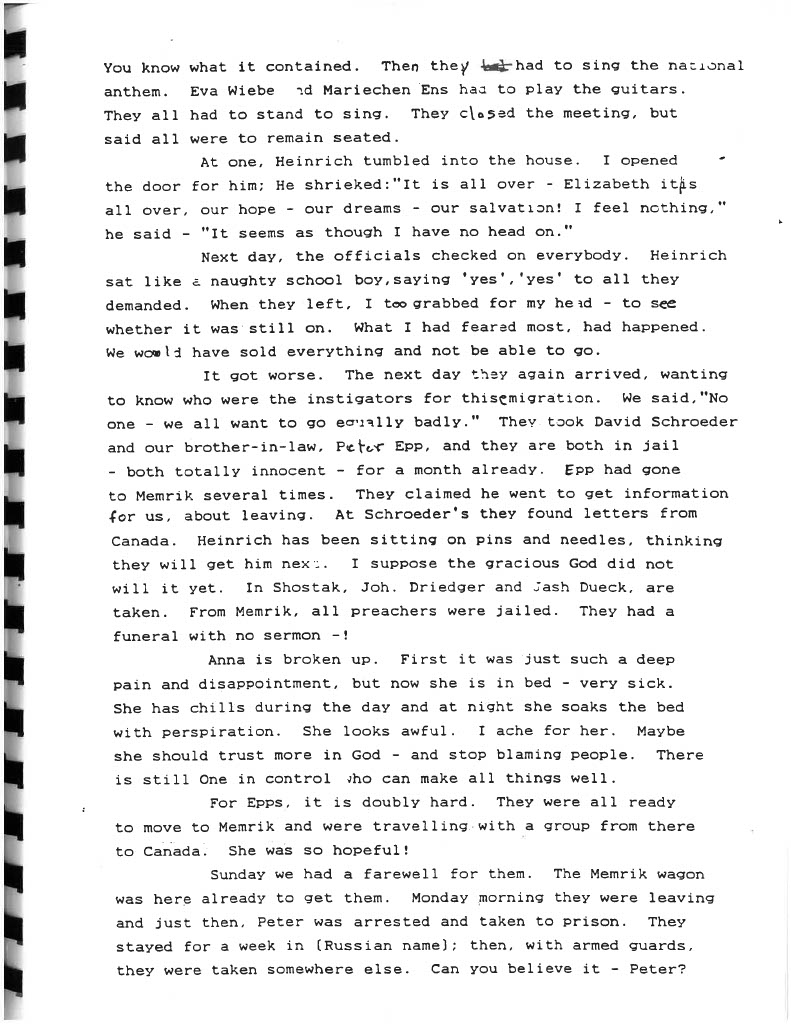
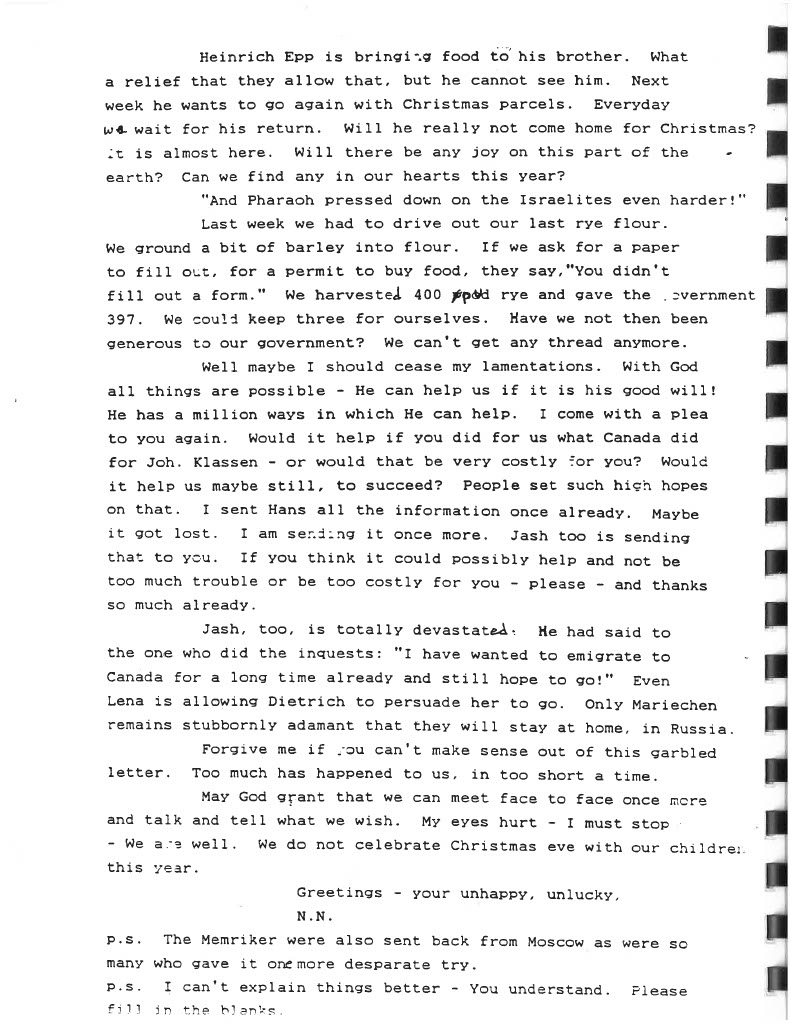
Season 2: Episode 12 – Jacob Hoemsen
Not one to shy away from danger, Jacob Hoemsen was an adventurer who spent time in the forestry service, and as a medic in multiple wars. This spirit of adventure would serve him well when he decided to emigrate.
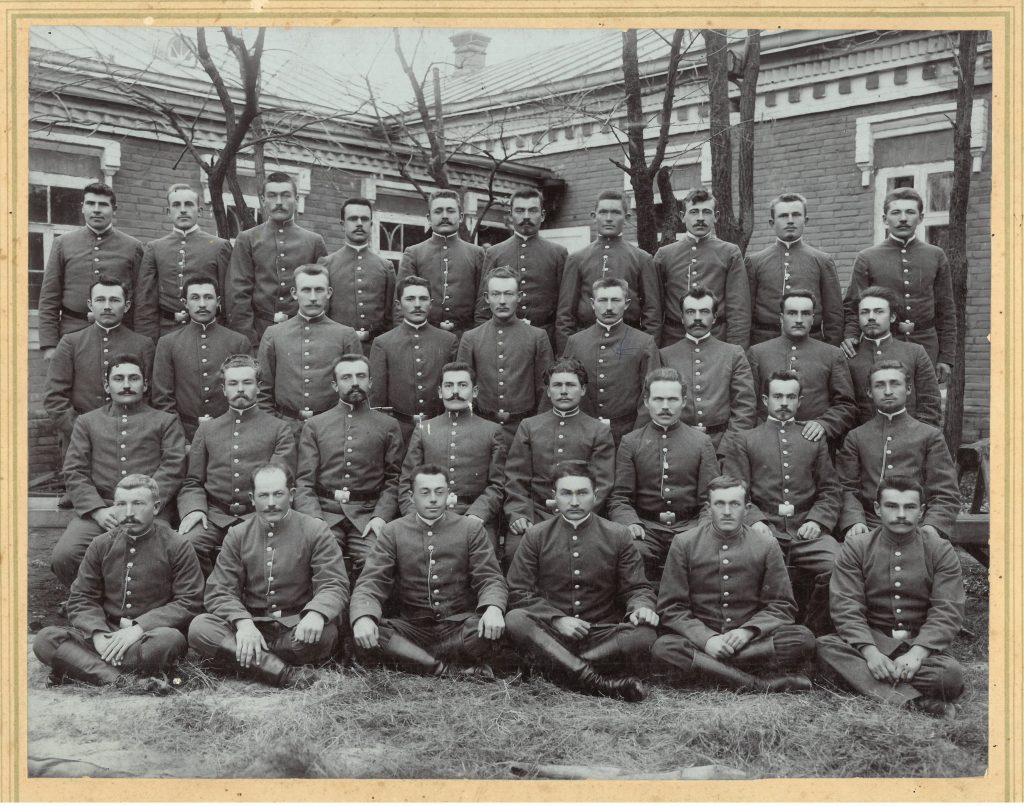
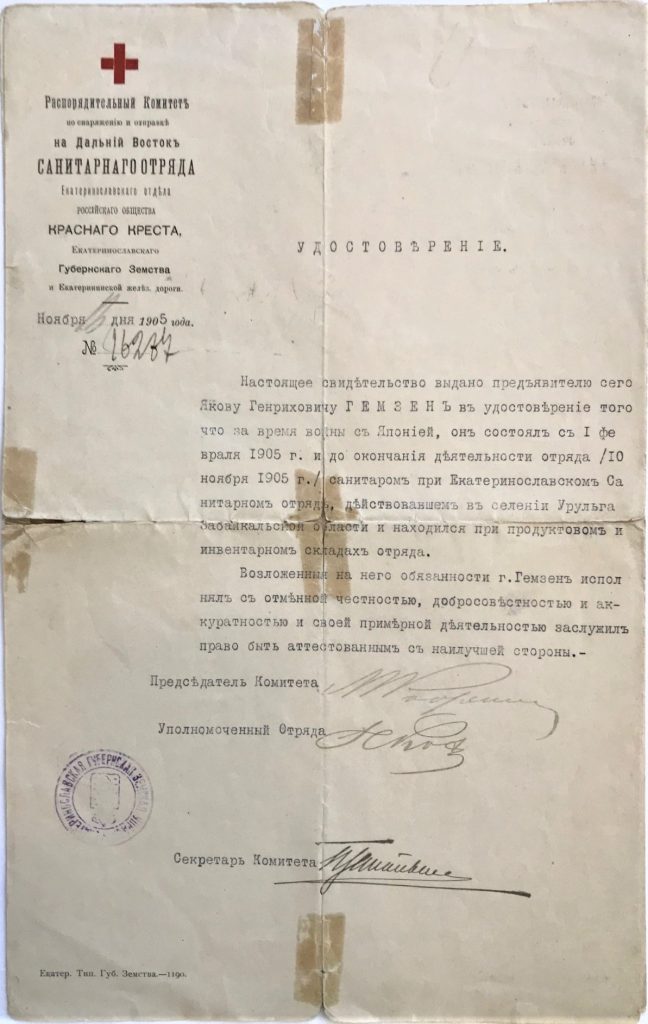
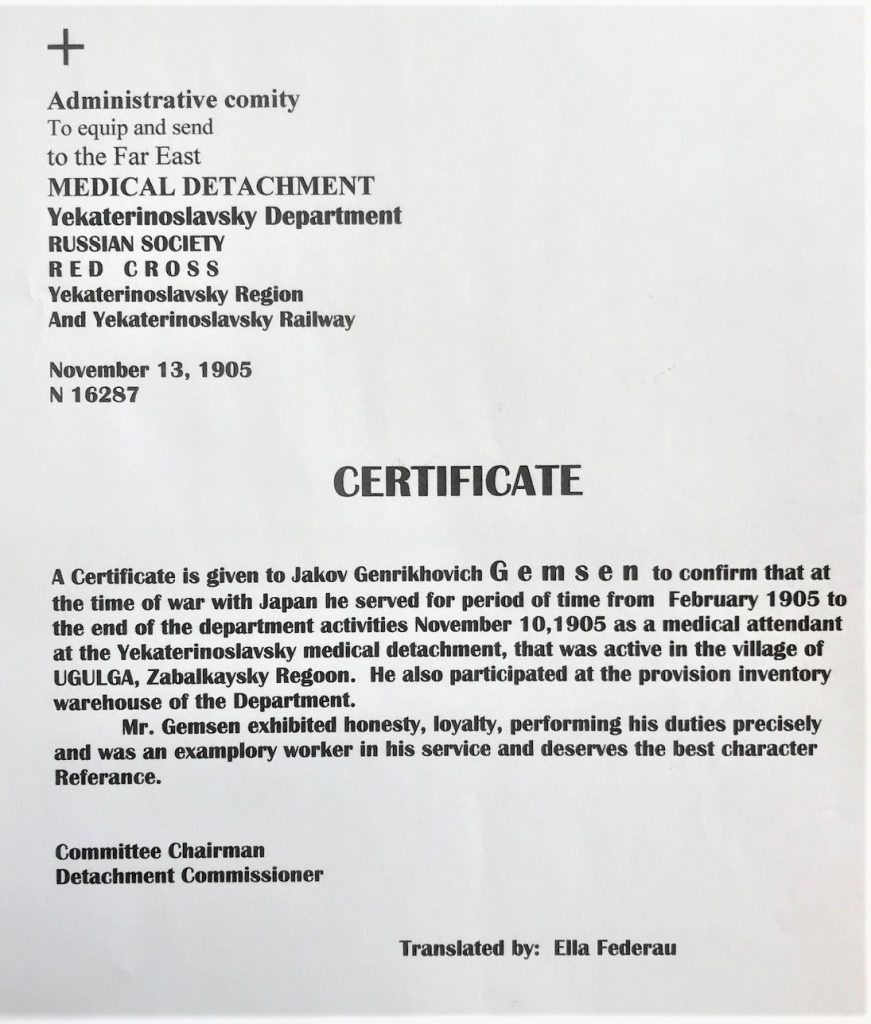
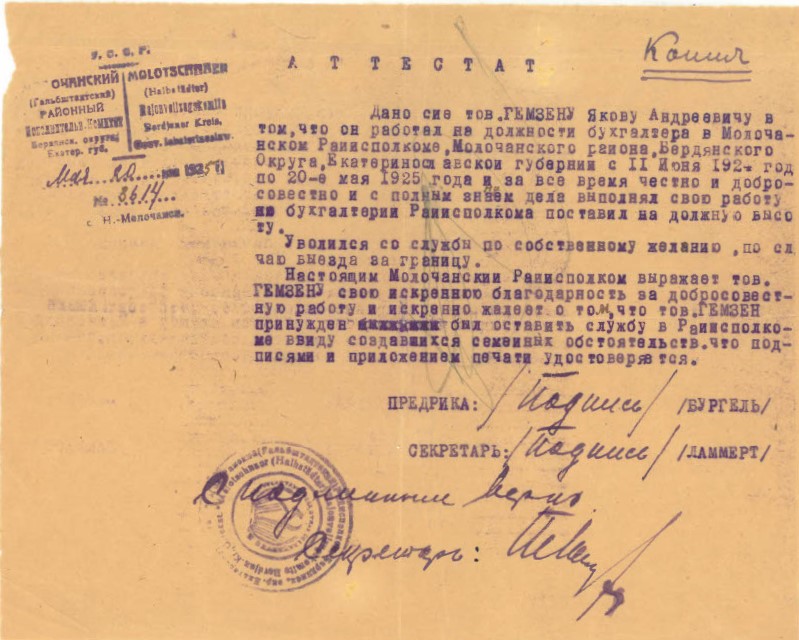
Season 2: Episode 11 – Crossing Borders
Today, passports are a ubiquitous part of crossing international borders. That was not always the case. With an evolving set of documents required for Mennonites fleeing the Soviet Union in the 1920’s, an evolving political situation in the new Soviet Union, and increasing public and political opposition to newcomers in the postwar era, the challenges faced by Mennonites fleeing were enormous. Not all were able to overcome them.
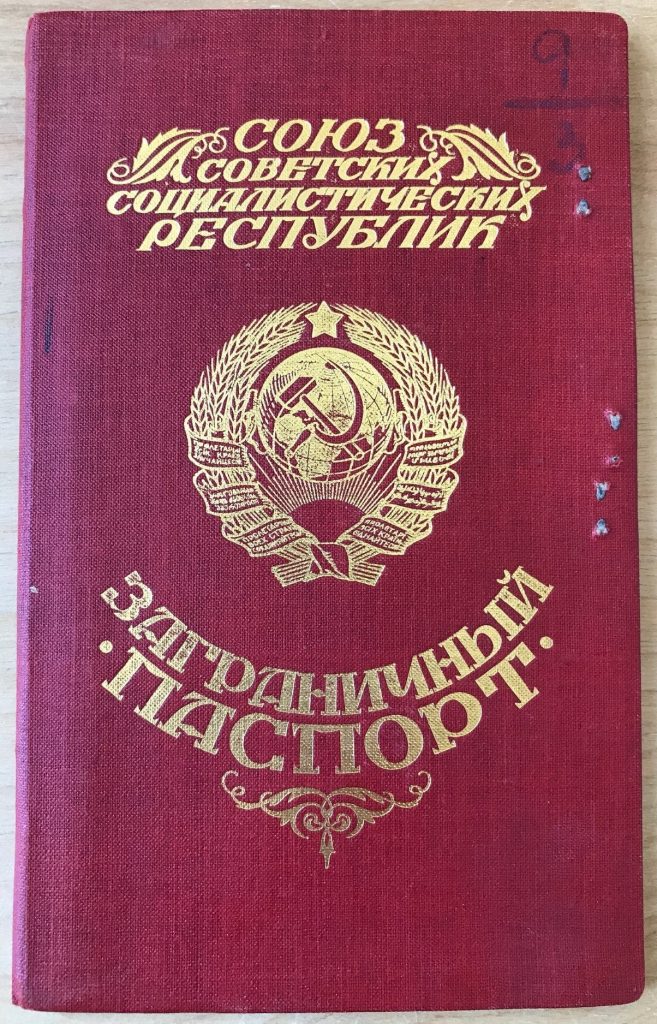
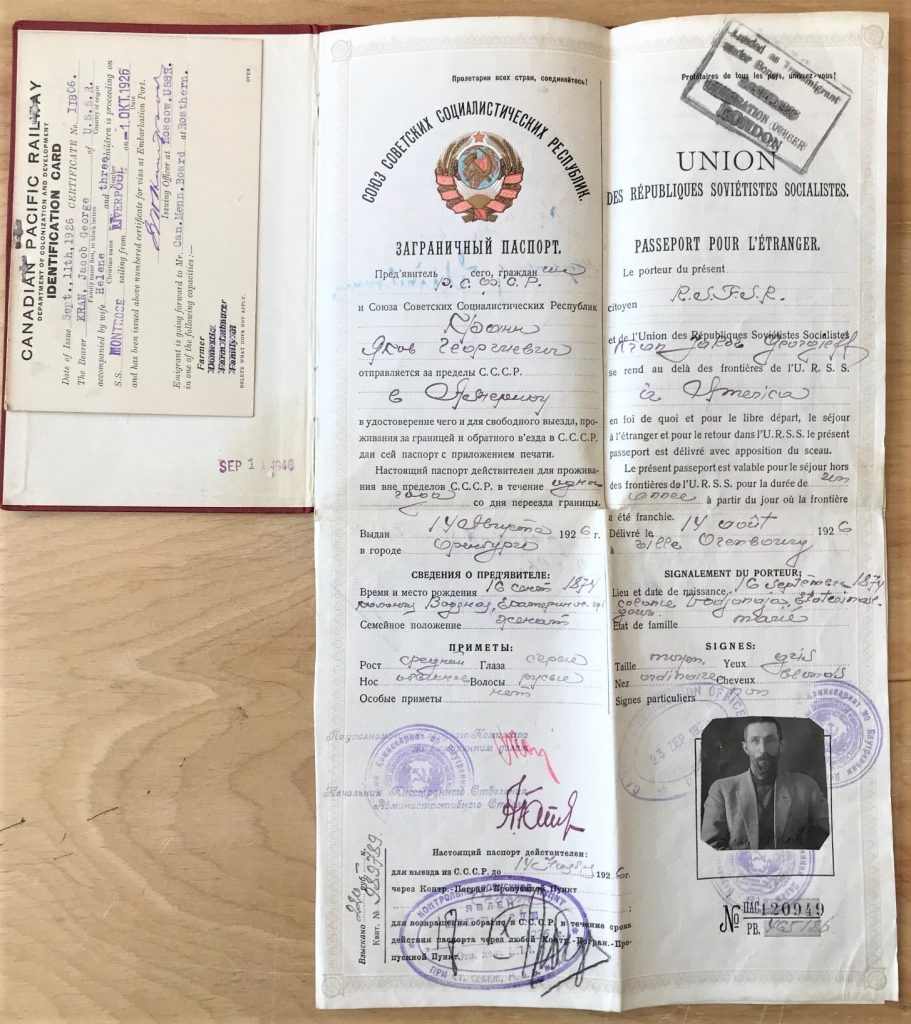
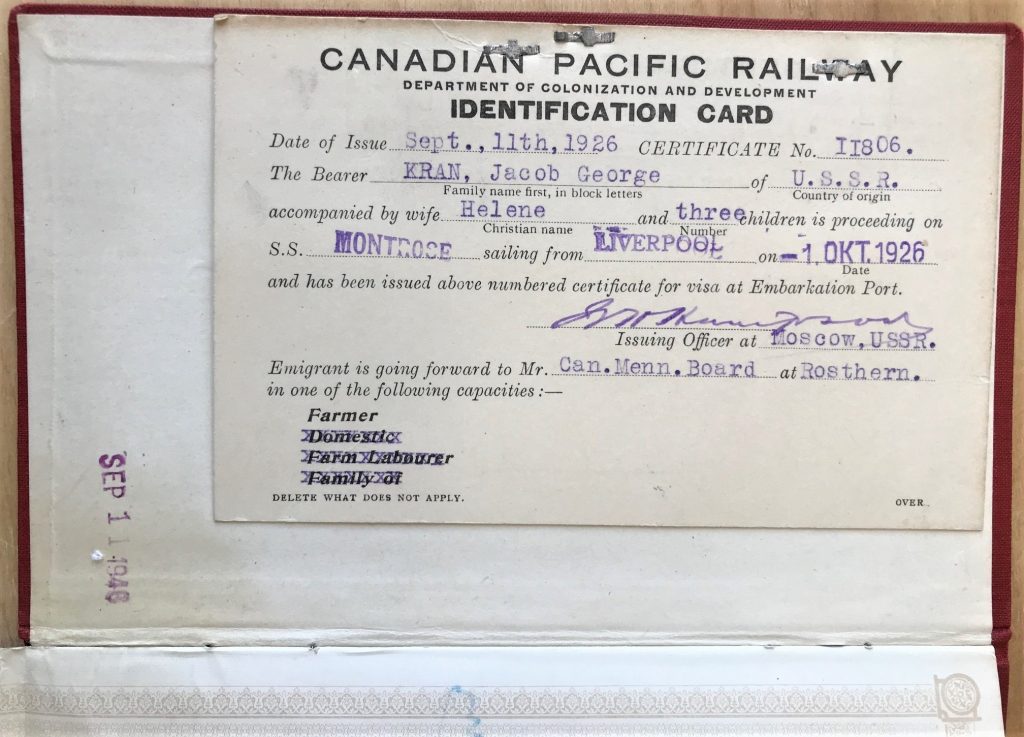
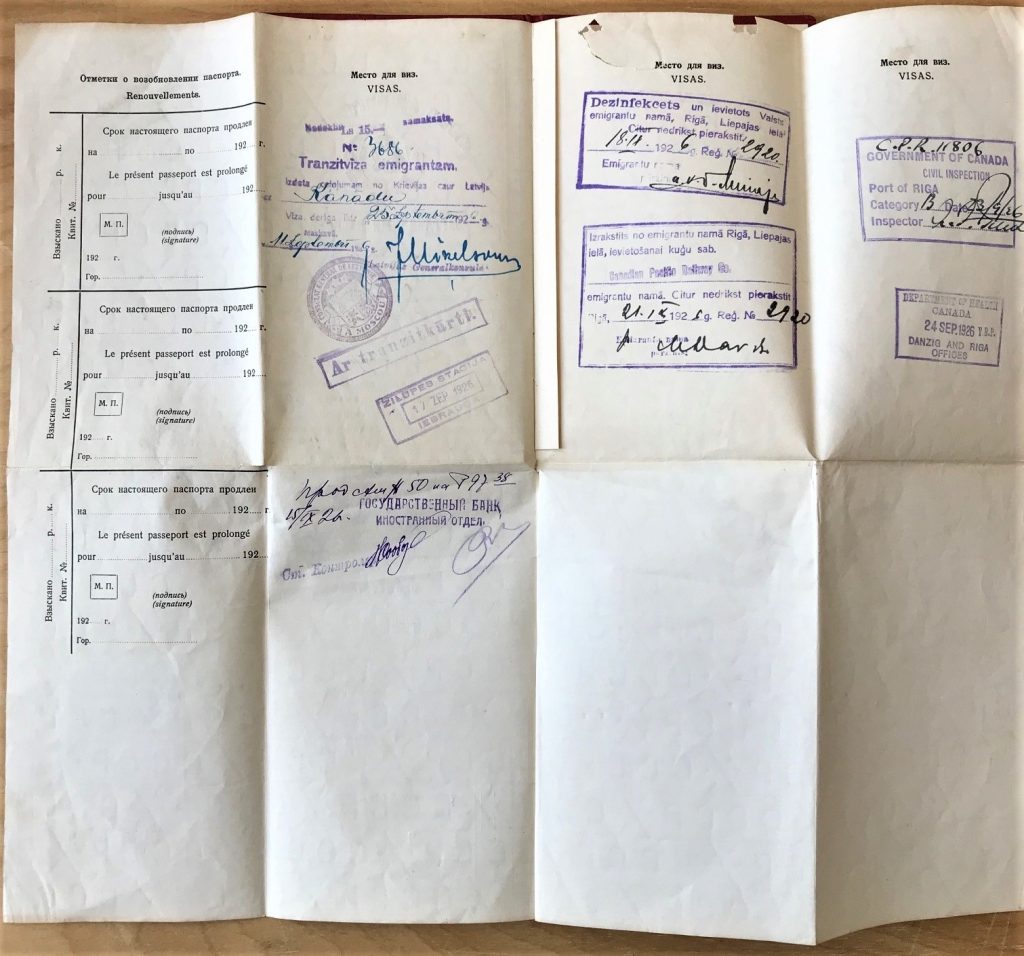
Season 2: Episode 10 – A Wreath of Remembrance
If you were forced to flee your home, what would you bring with you? Jacob Esau chose a unique family item. Listen below to learn more.
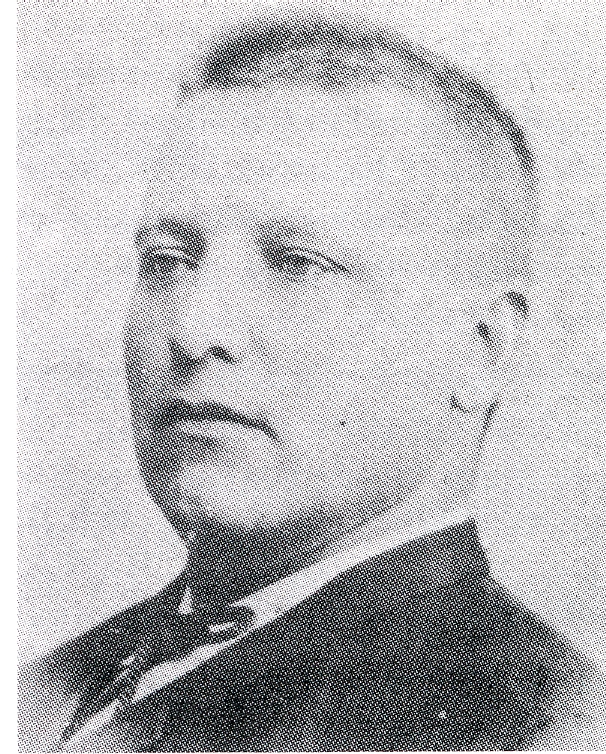
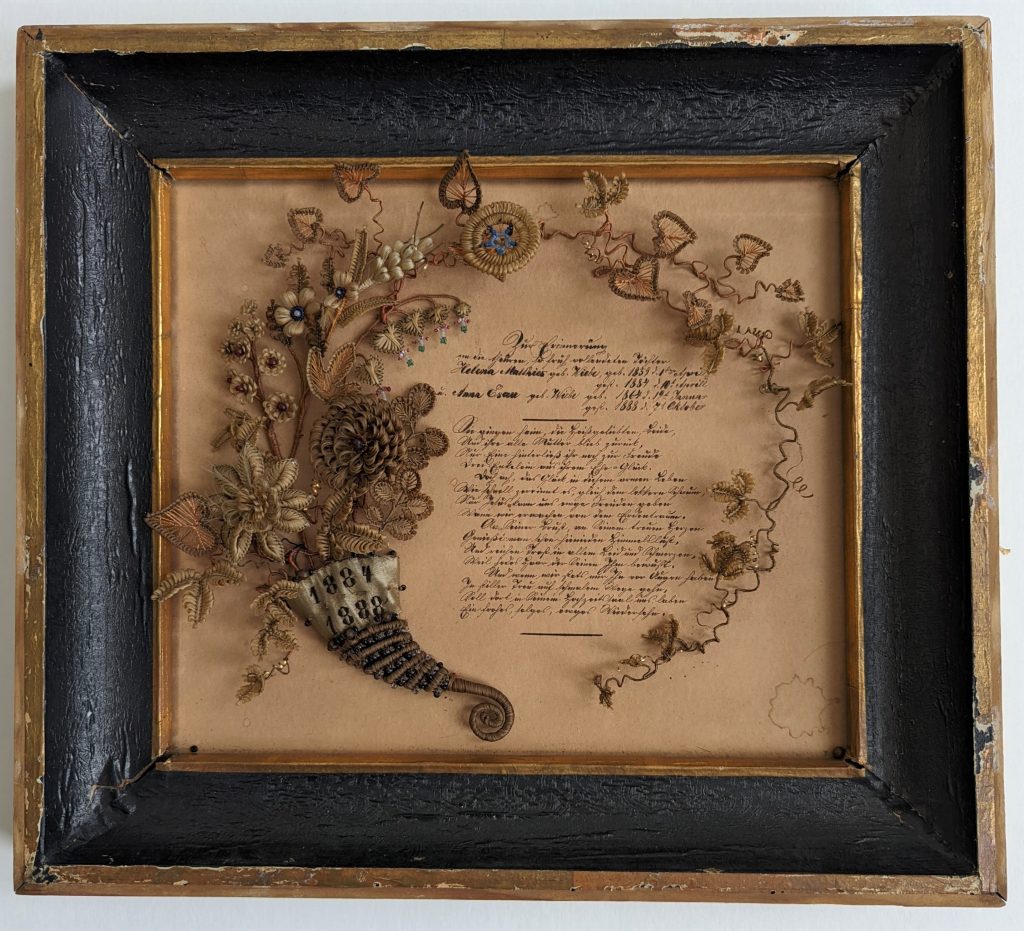
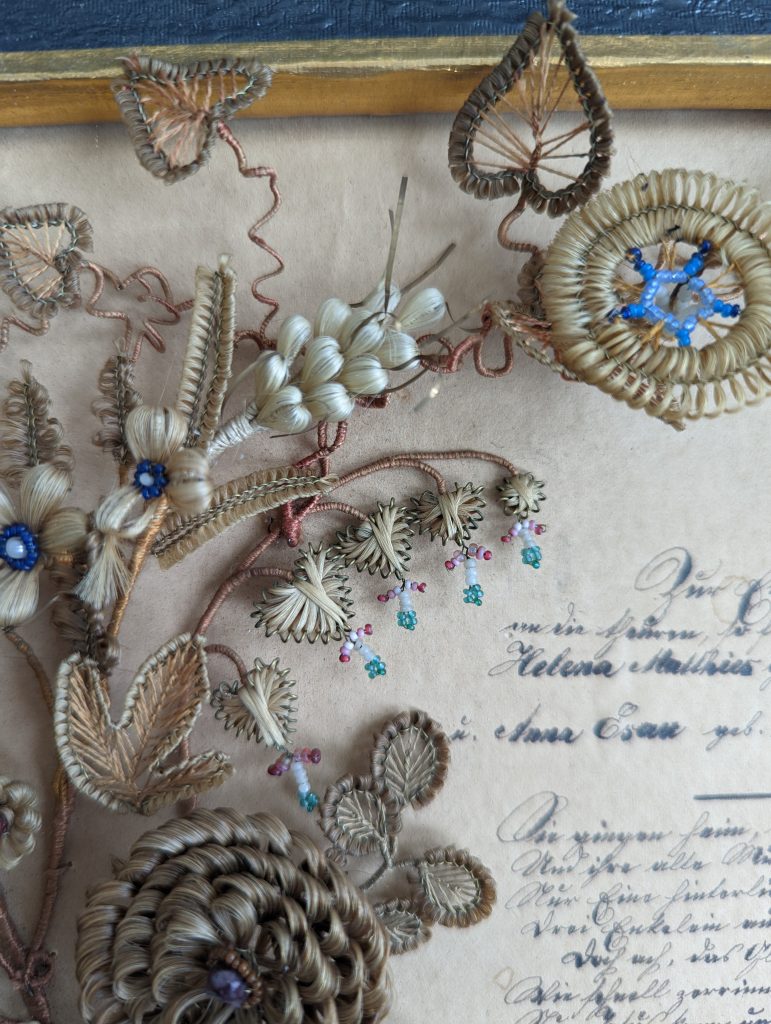
Season 2: Episode 9 – The Power of a Song
Songs can mark occasions both grim and joyful, the most power moments in our lives are often marked by simple lyrics and melody. In this episode, Conrad Stoesz recounts two stories of the power of song in the Paetkau family story.
Listen to ‘Nun Danket Alle Gott’ (Now Thank We All Our God)
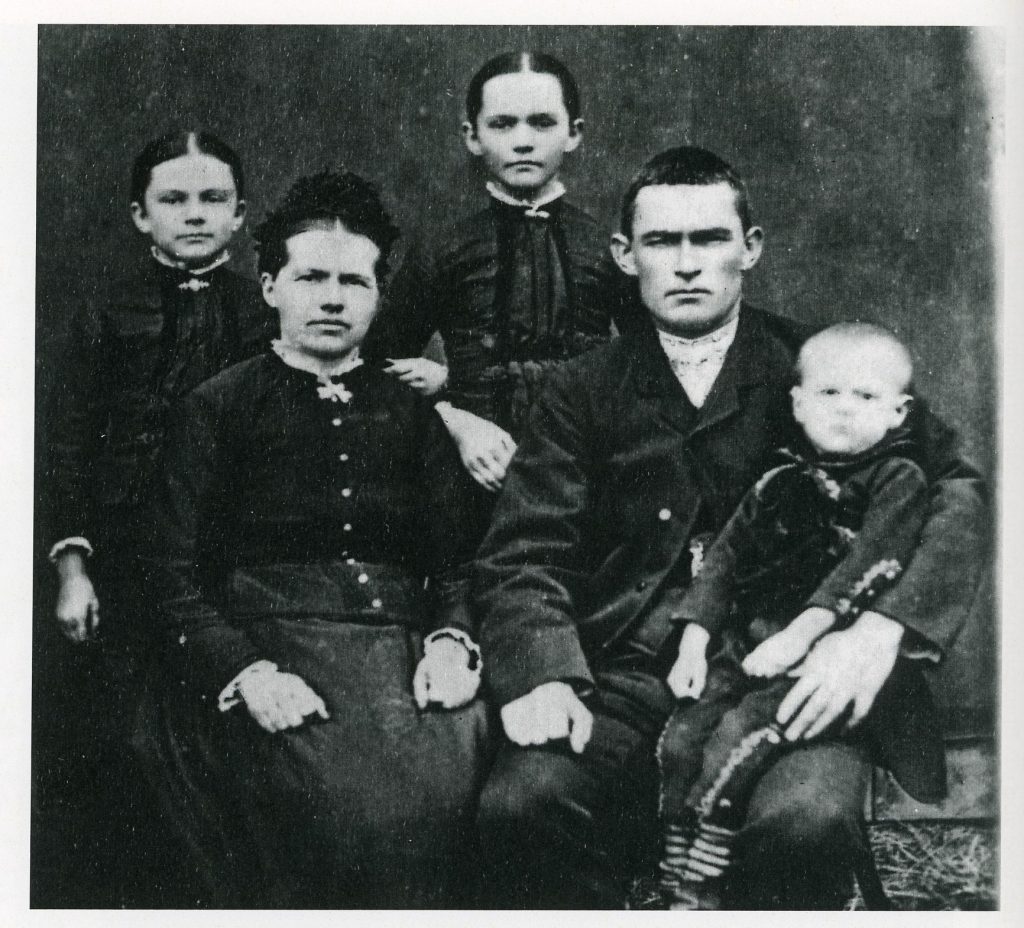
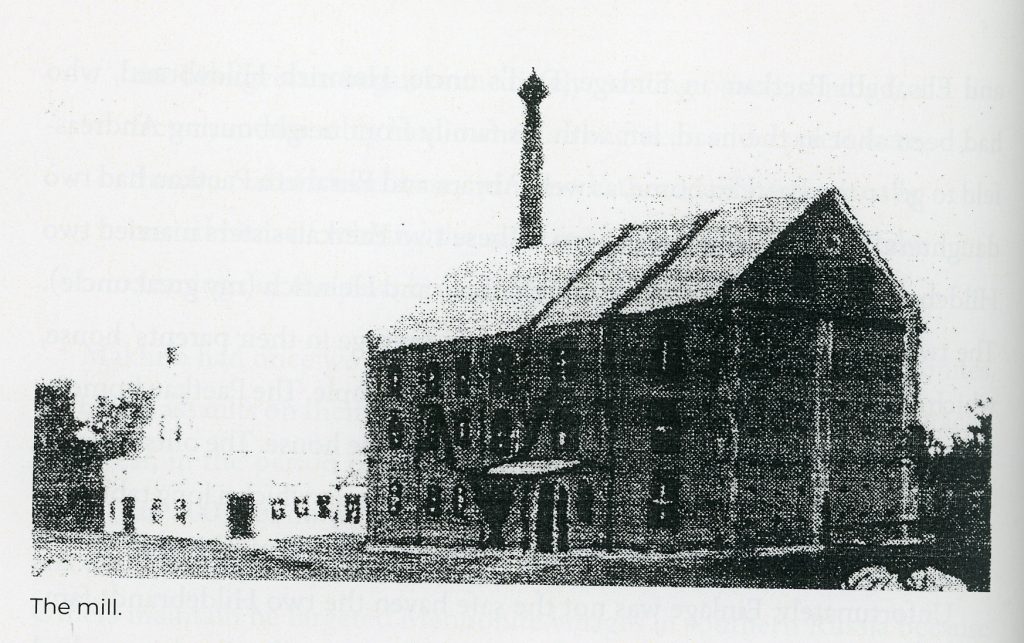
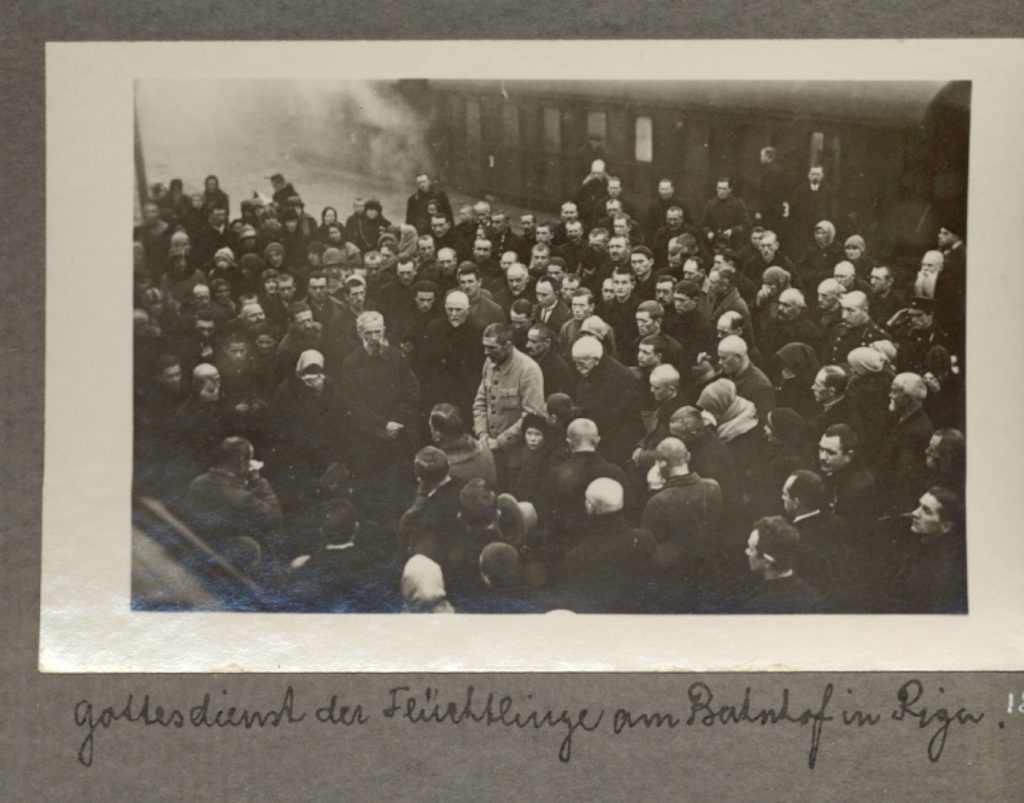
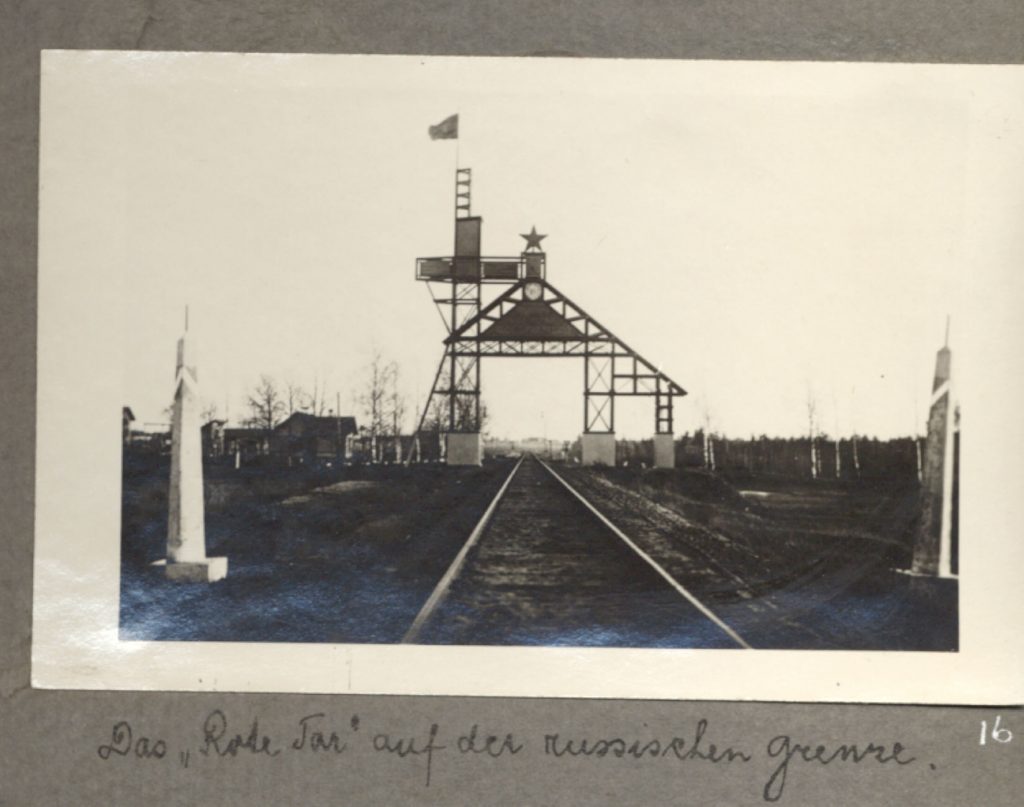
Season 2: Episode 8 – K.H. Neufeld
With a degree in civil engineering, how did Kornelius Herman Neufeld become known as “the wandering conductor”? The story of a Manitoban music pioneer that introduced generations to choral music, both in and outside of the Mennonite Church.
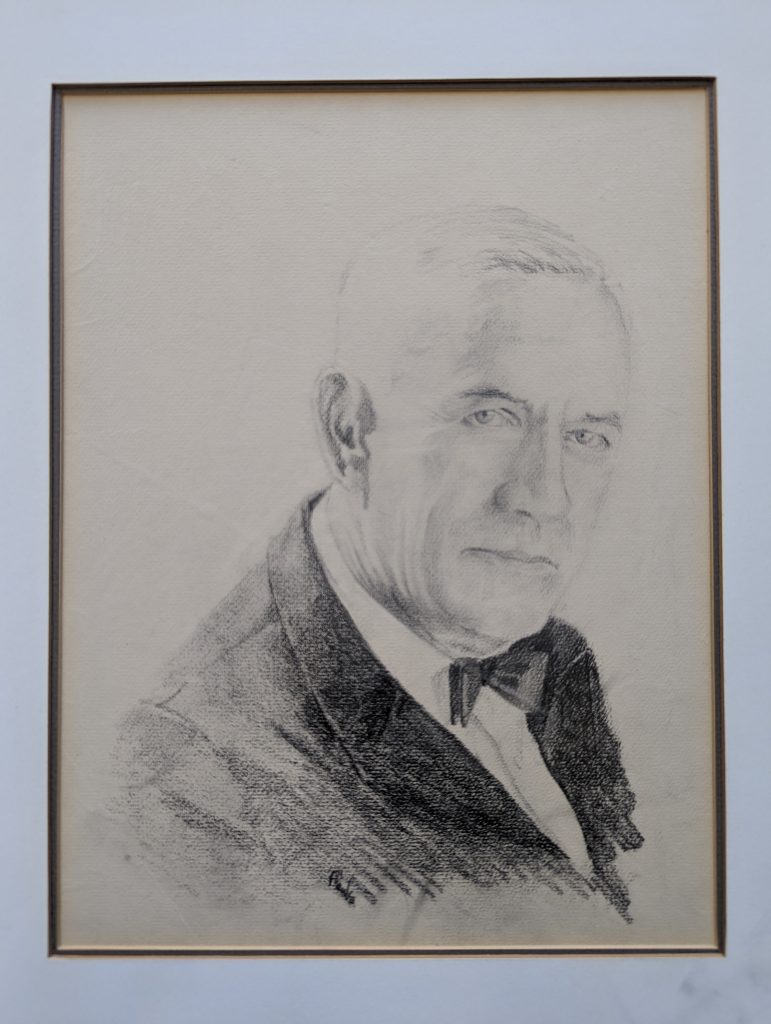
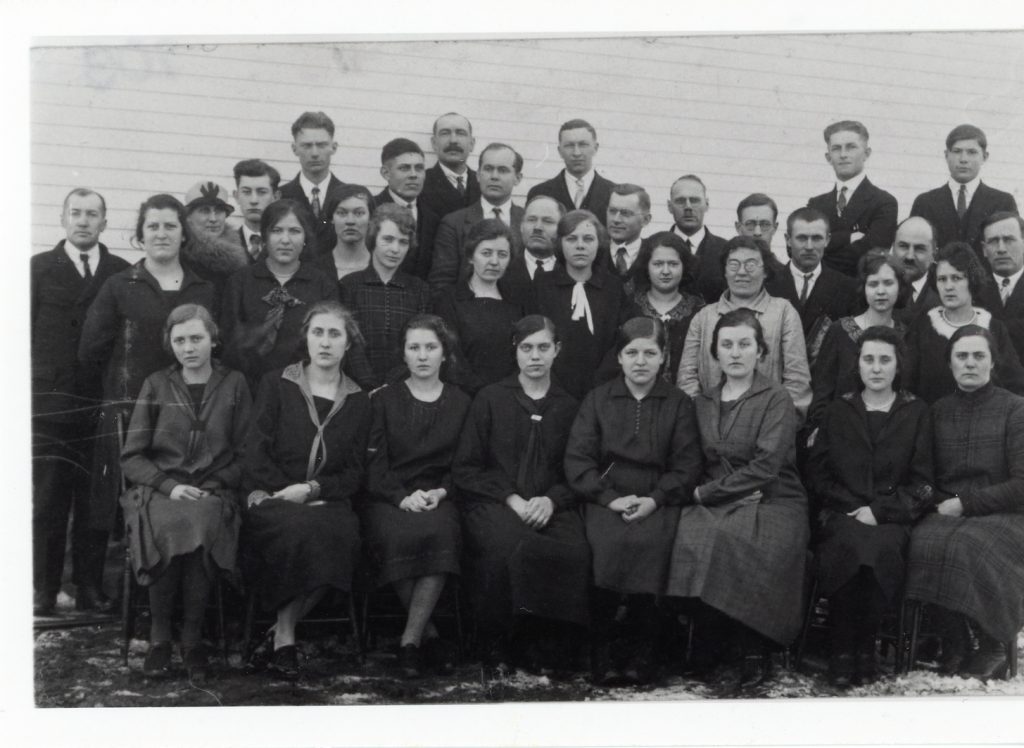
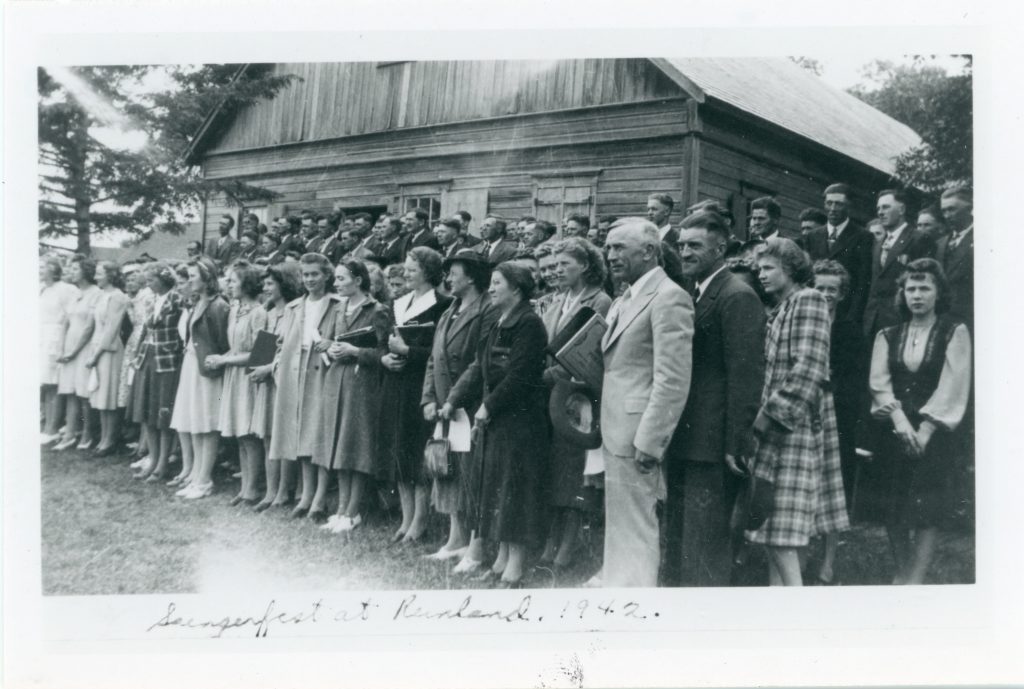
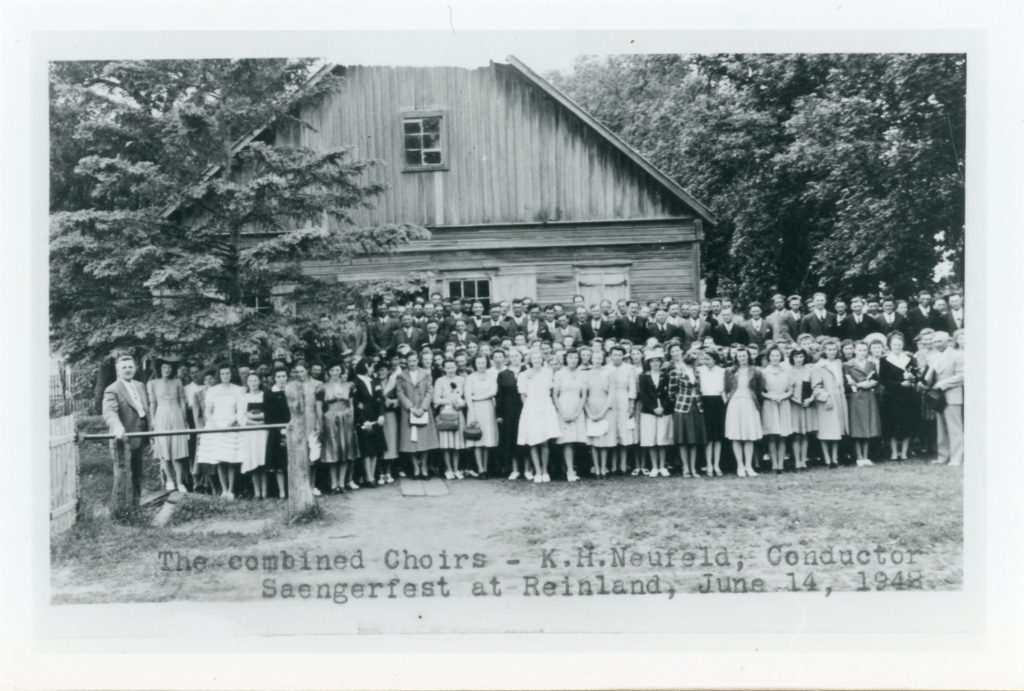
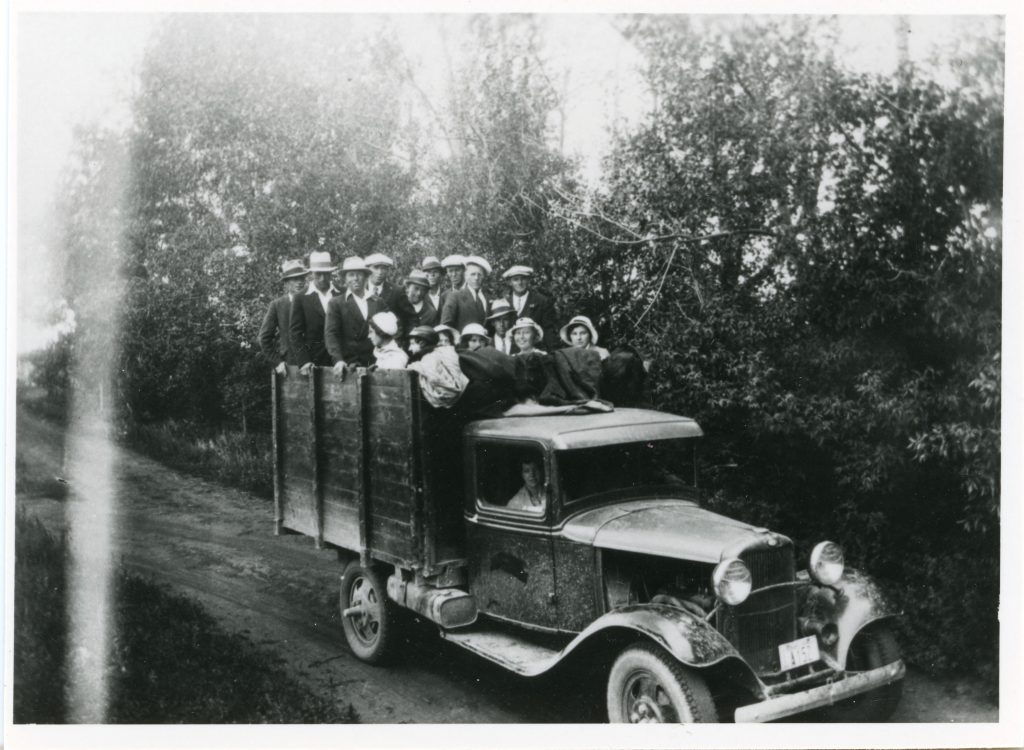
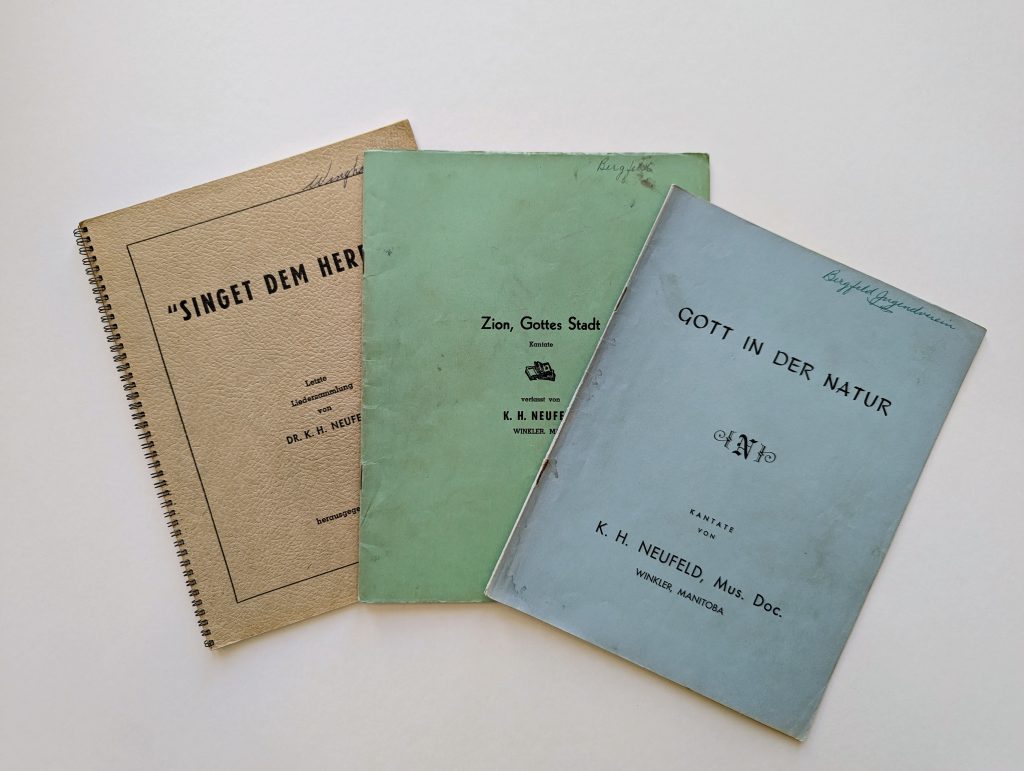
Season 2: Episode 7 – The Case of Cornelius Unger
Historian Dr. Hans Werner joins Archivist Conrad Stoesz to explore the case of Cornelius Unger and the wider government response to mental illness among Mennonite immigrants.
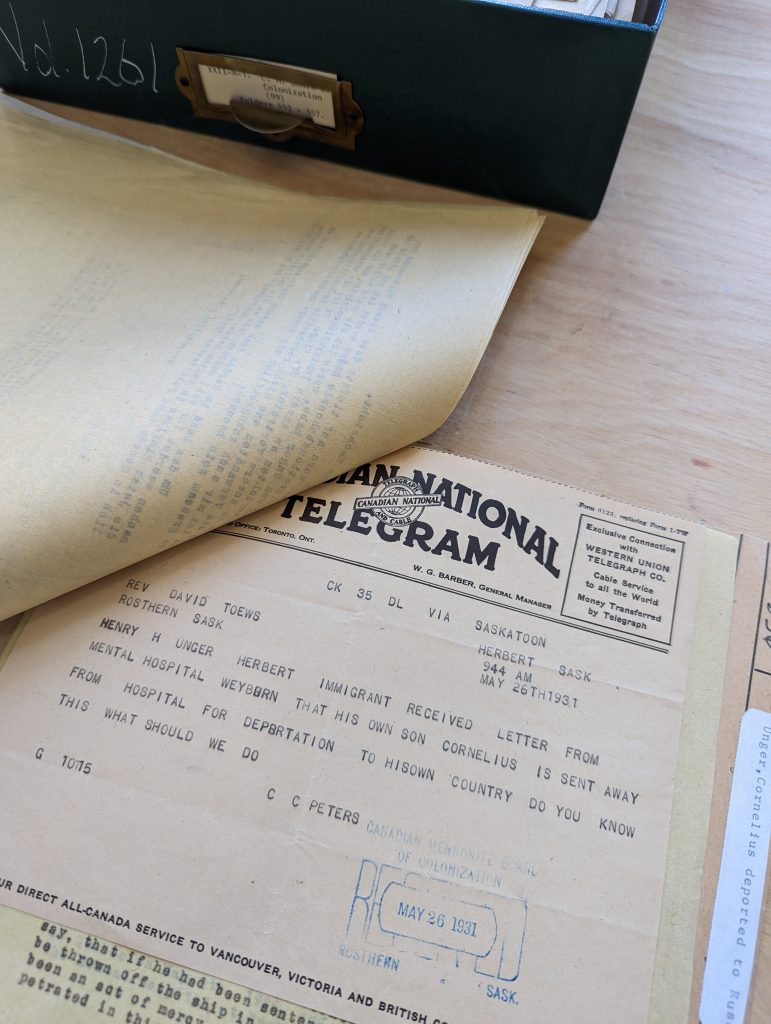
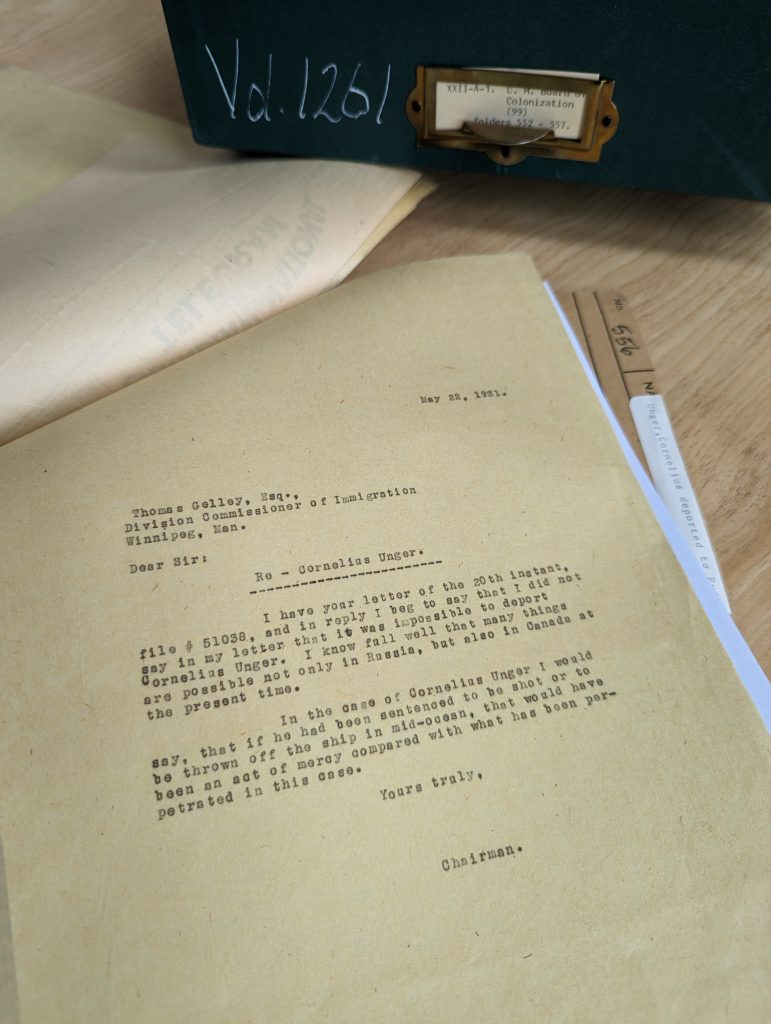
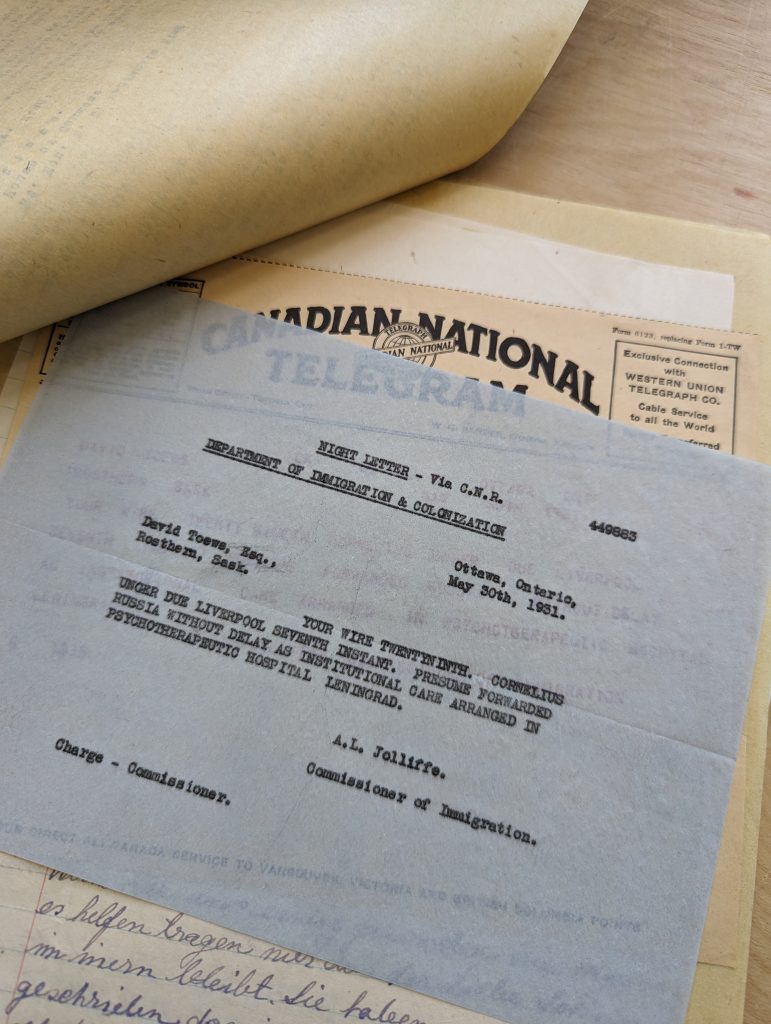
Season 2: Episode 6 – Isaak Toews
“In the early fall of 1961, a sealed casket arrived in Niverville, Manitoba…”. Isaak Toews found it hard to adjust to life in Canada, but when he accepted a new job with the Canadian Government during World War II, his life changed.
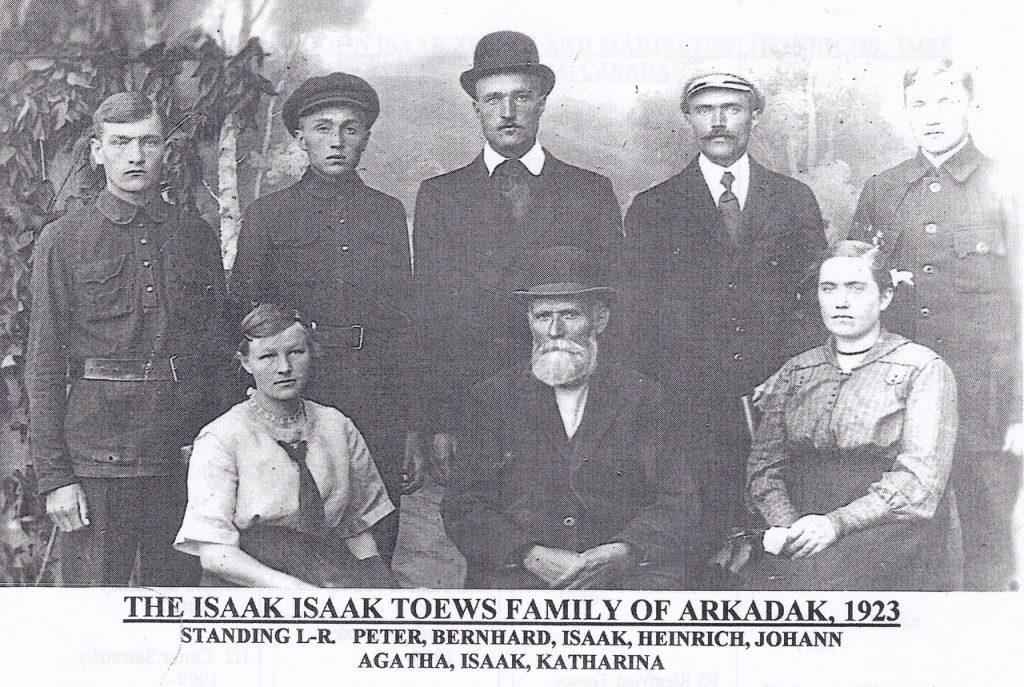
Season 2: Episode 5 – The 1920’s Migration and Daniel P. Enns
“A brutal war, civil war in Russia, and famine had forced many to make the hard decision: leave, or stay and pray that peace would return.”
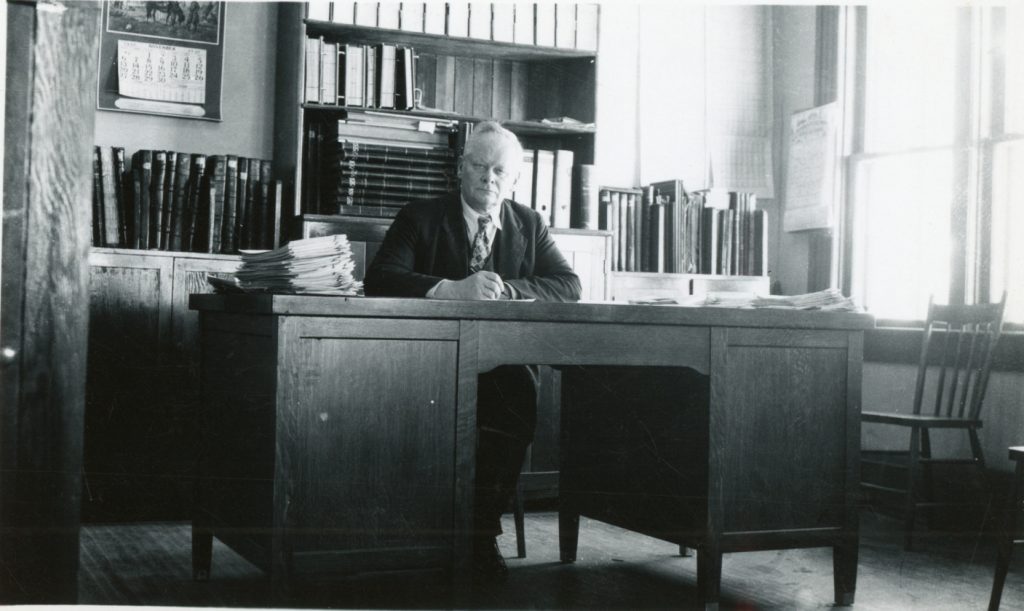
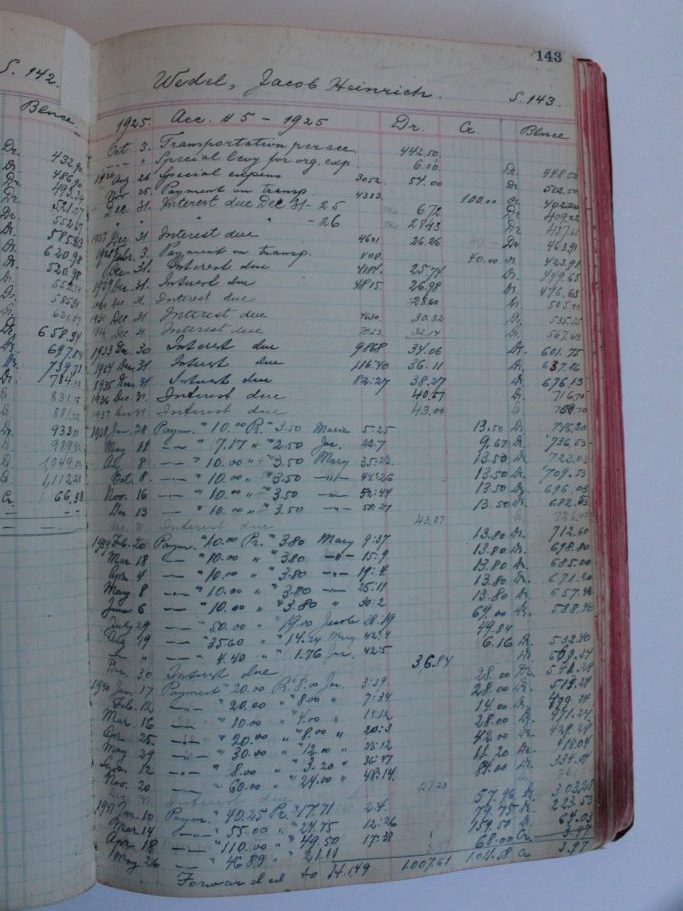
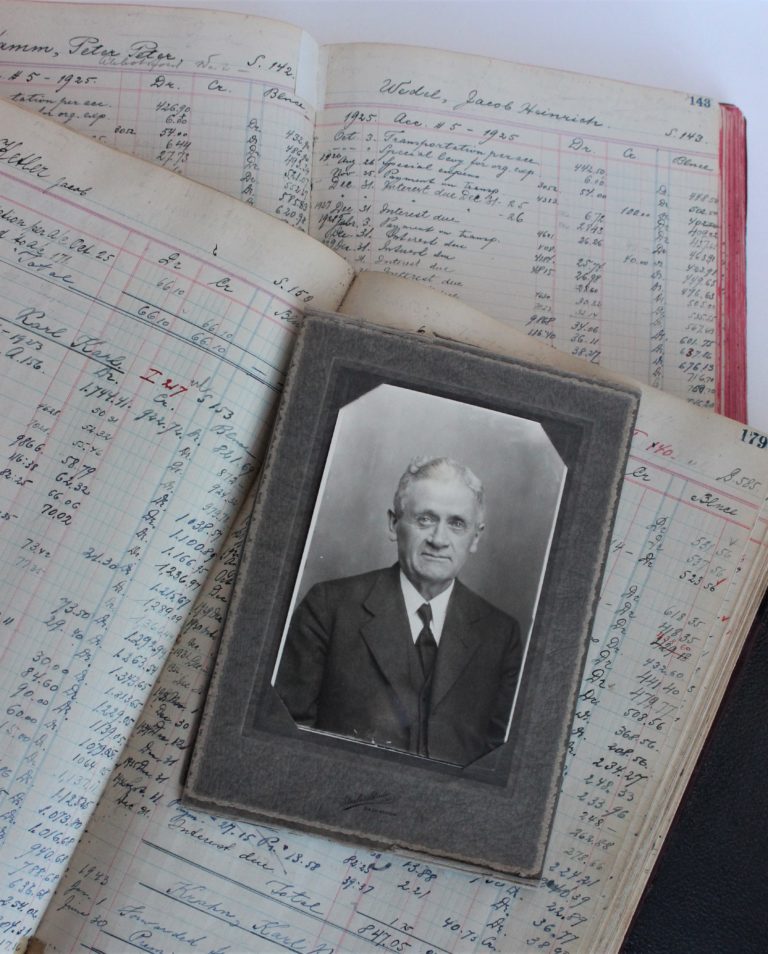
Season 2: Episode 4 – City Councillor Jacob Penner
“Jacob Penner grew up in a very wealthy Mennonite family in Russia”. Despite his privileged upbringing, Jacob became an unlikely champion of the Winnipeg working class, a founding member of the Communist Party of Canada, and even spent 18 months in prison due to these connections during World War 2.
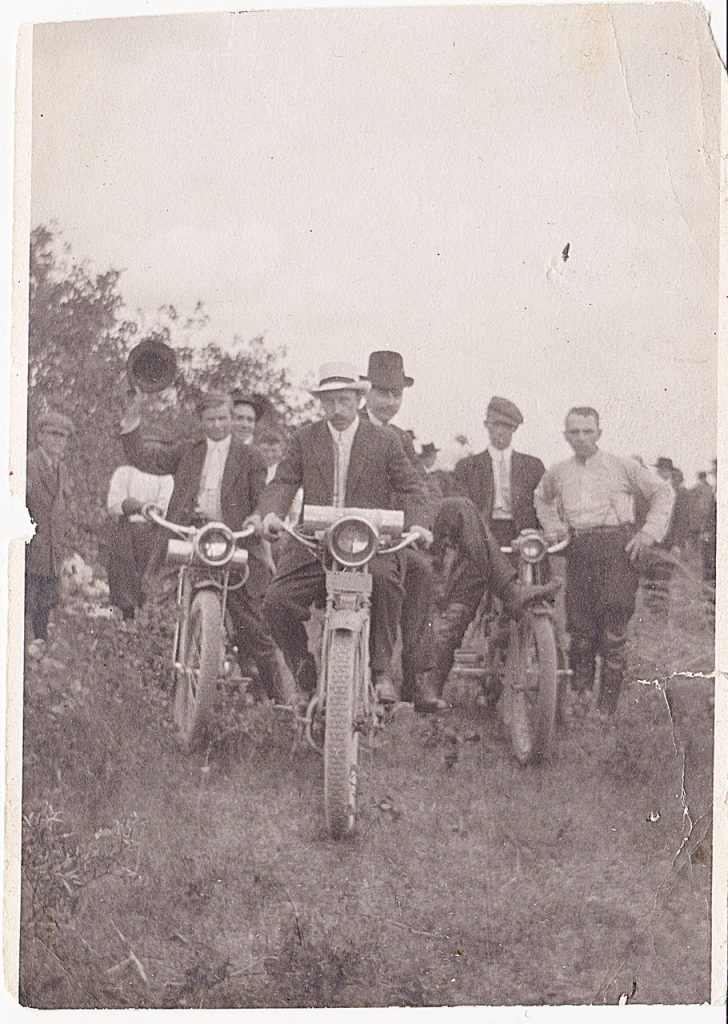
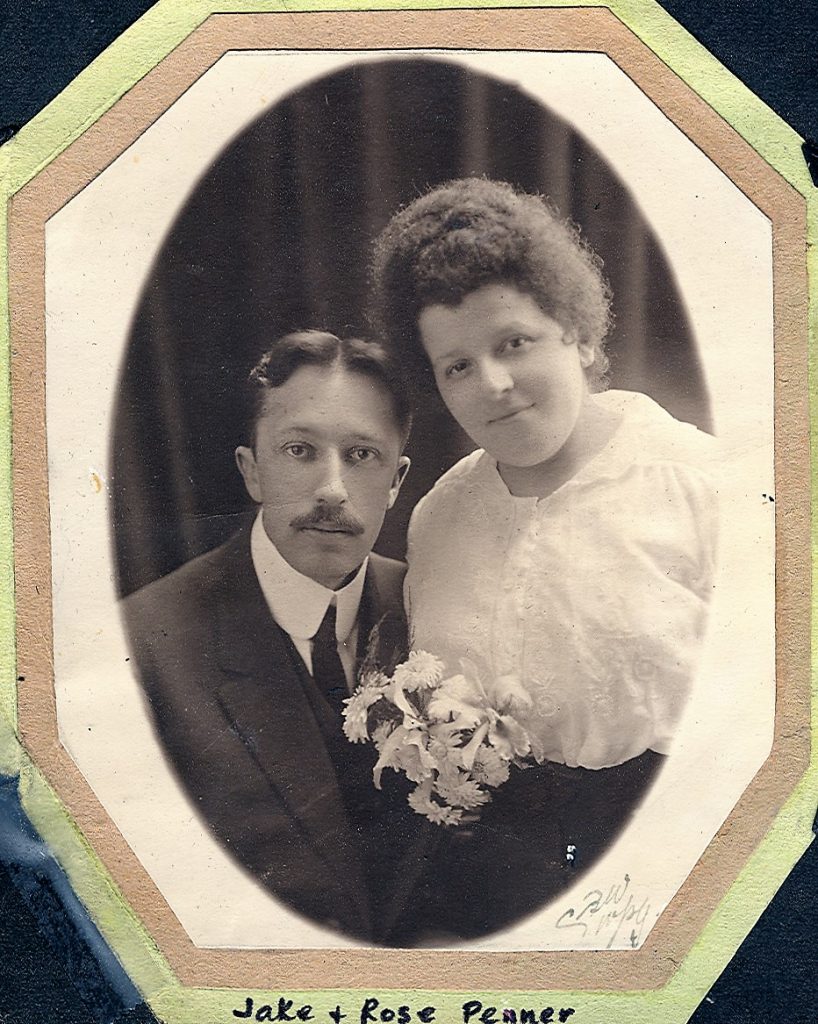
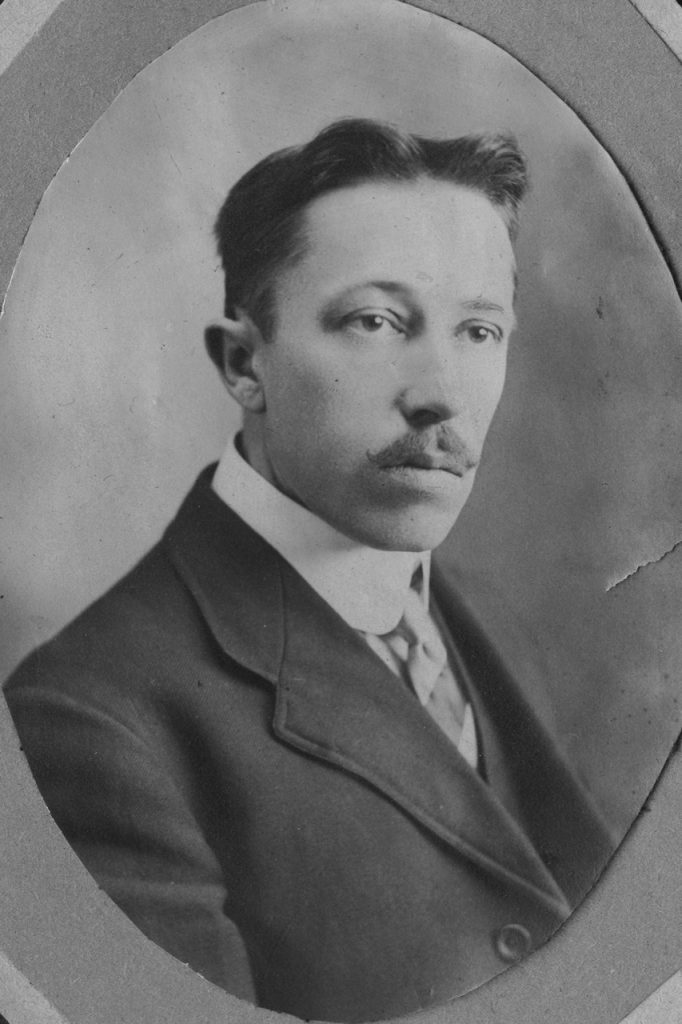
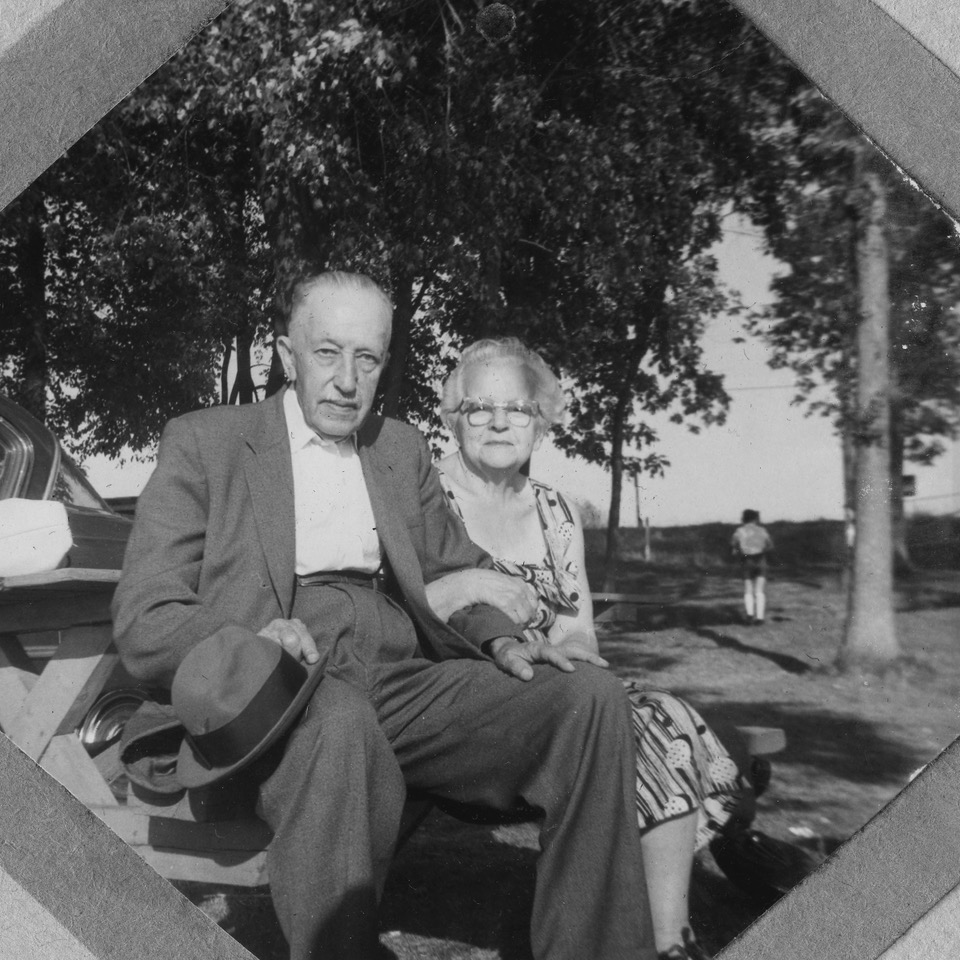
Season 2: Episode 3 – The Mennonite Heritage Archives
“The Mennonite Heritage Archives holds thousands of stories but the archives itself has stories to tell”. Archivist Conrad Stoesz provides some background on how the present institution came to be, including challenges faced and the people that stewarded it along the way.
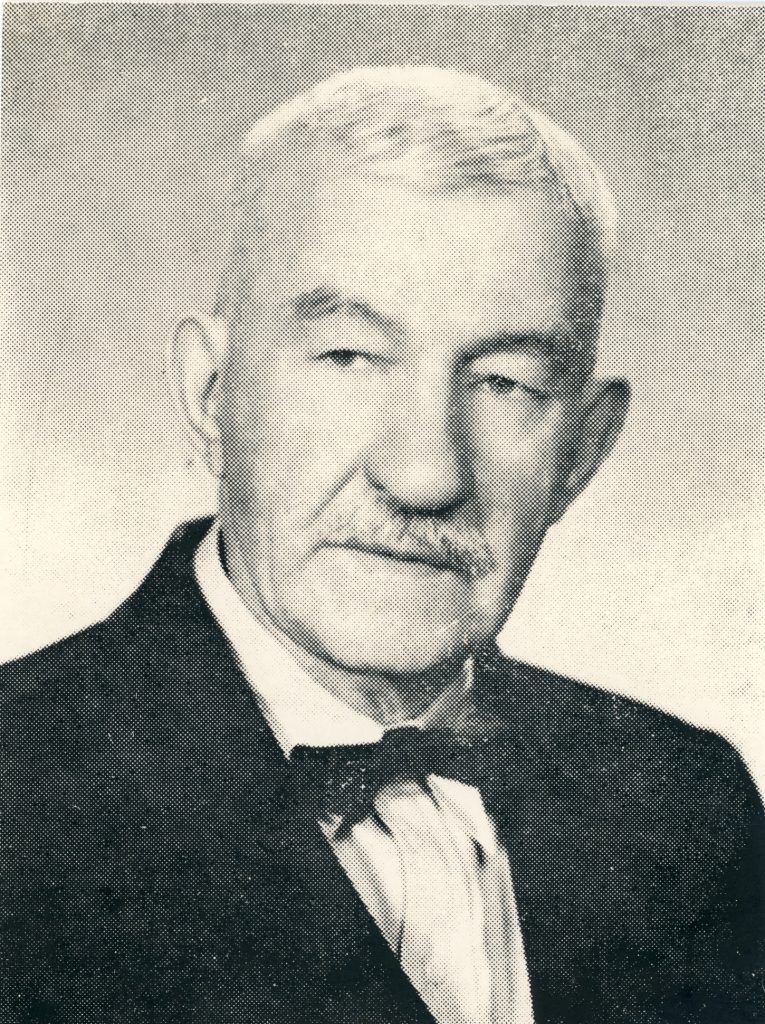
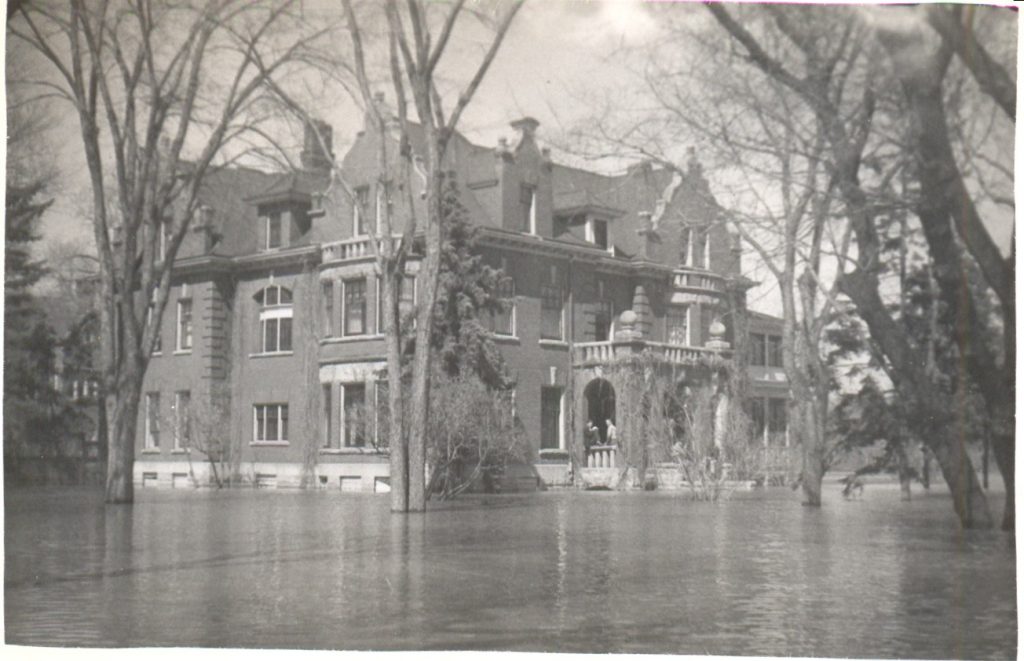
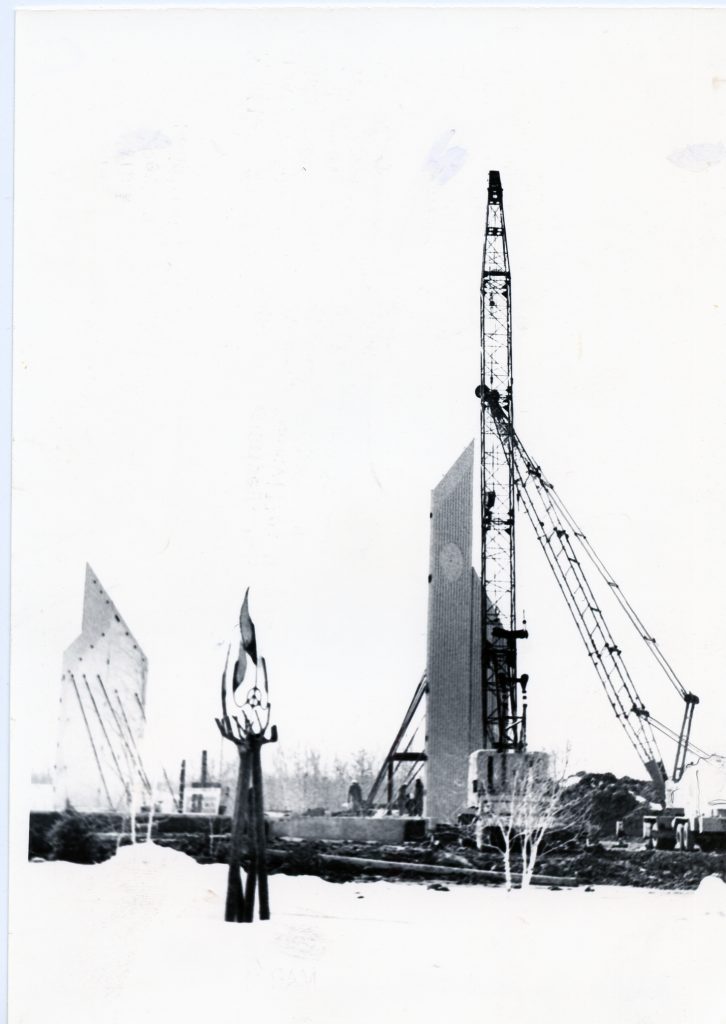
Season 2: Episode 2 – Gerhard Ens
“He was a husband and father, a teacher and principle at MCI, he was the editor of the German language paper Der Bote, he was a founding member of the Manitoba Mennonite Historical Society, and a long time board member of the Mennonite Heritage Village in Steinbach.”
The Mennonite Heritage Archives has over 1400 of Gerhard Ens’ broadcasts in its collection. The typical cassette maintains audio quality for 30 – 40 years and many are nearing the end of their lifespan. Our goal is to digitize Gerhard Ens’ broadcasts but this process takes time and labour. Please consider donating $10.00 for one broadcast, or $20.00 a cassette:
Listen to recently digitized Gerhard Ens recordings from the Mennonite Heritage Archives below:
Audio Cassette 2987-73 First Christmas in Canada 1875
Audio Cassette 2987-74 Menno Simons
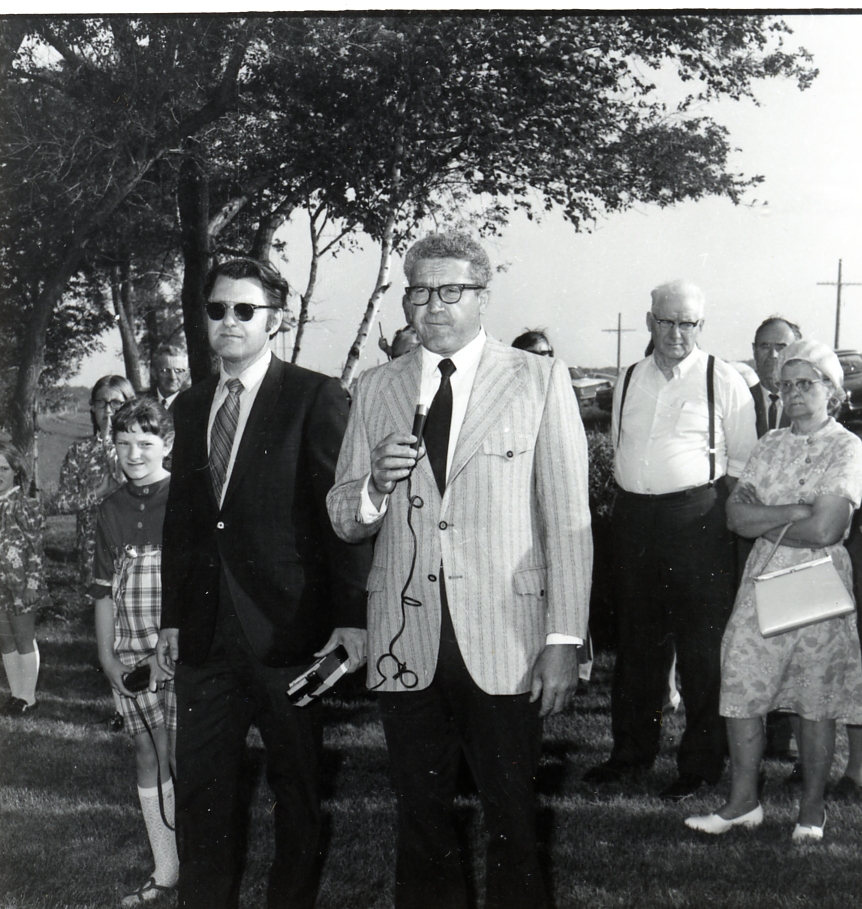
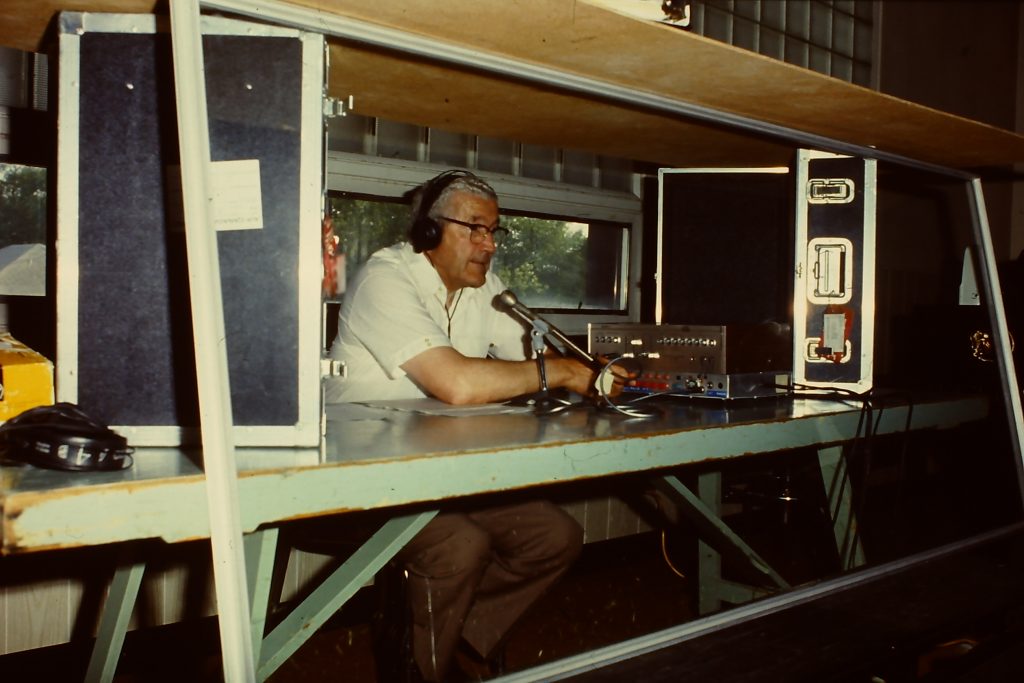
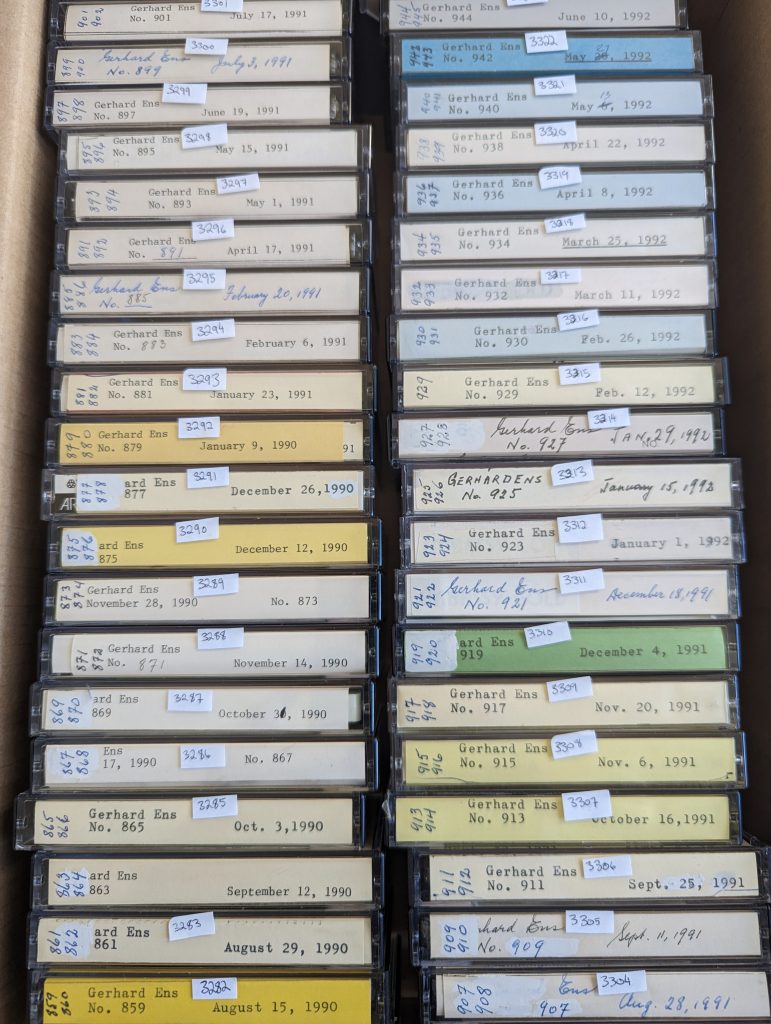
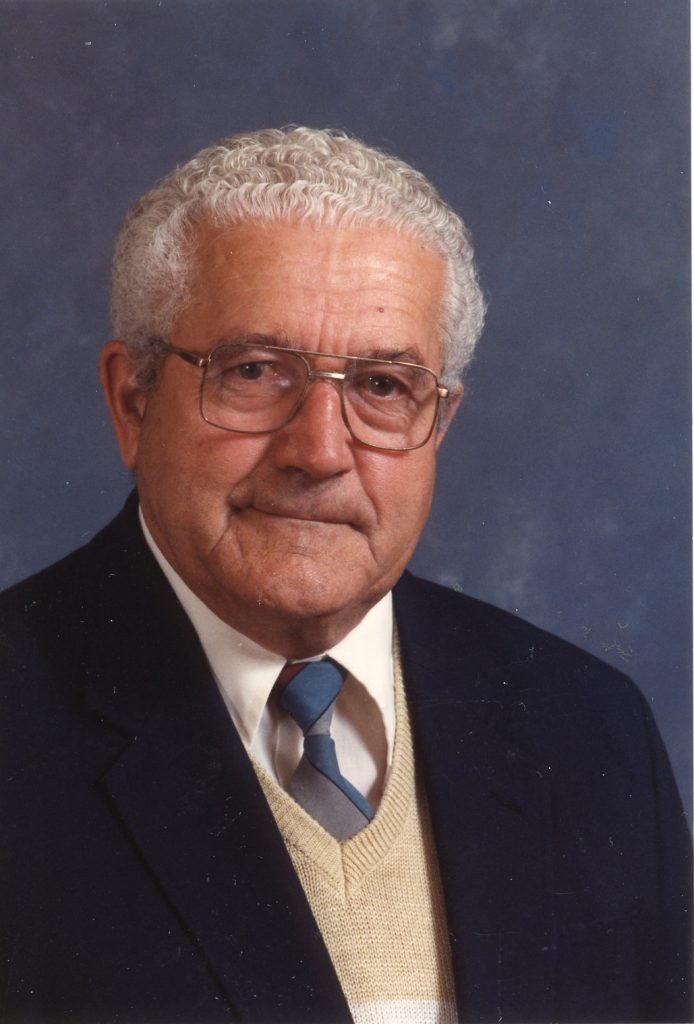
Season 2: Episode 1 – Anna Thiessen
“As a young woman, Anna Thiessen wanted to be a missionary in India.” Anna ended up much closer to home, advocating for and ministering to thousands of young Mennonite women working as domestic help in early to mid 20th century Winnipeg.
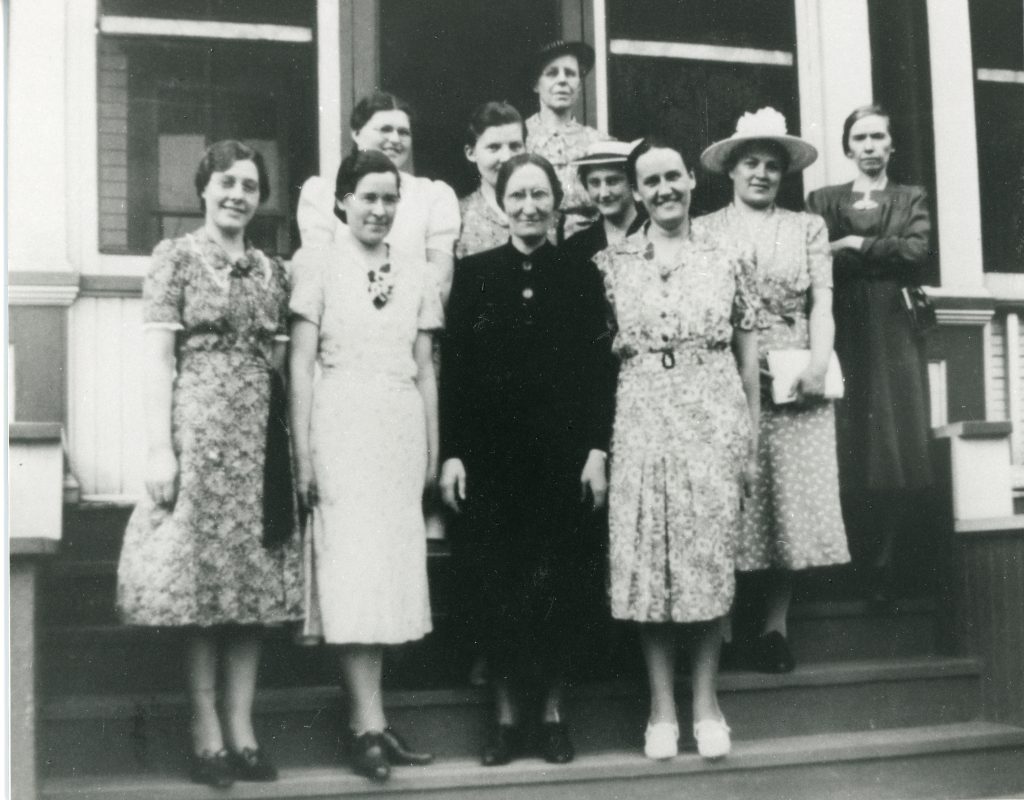
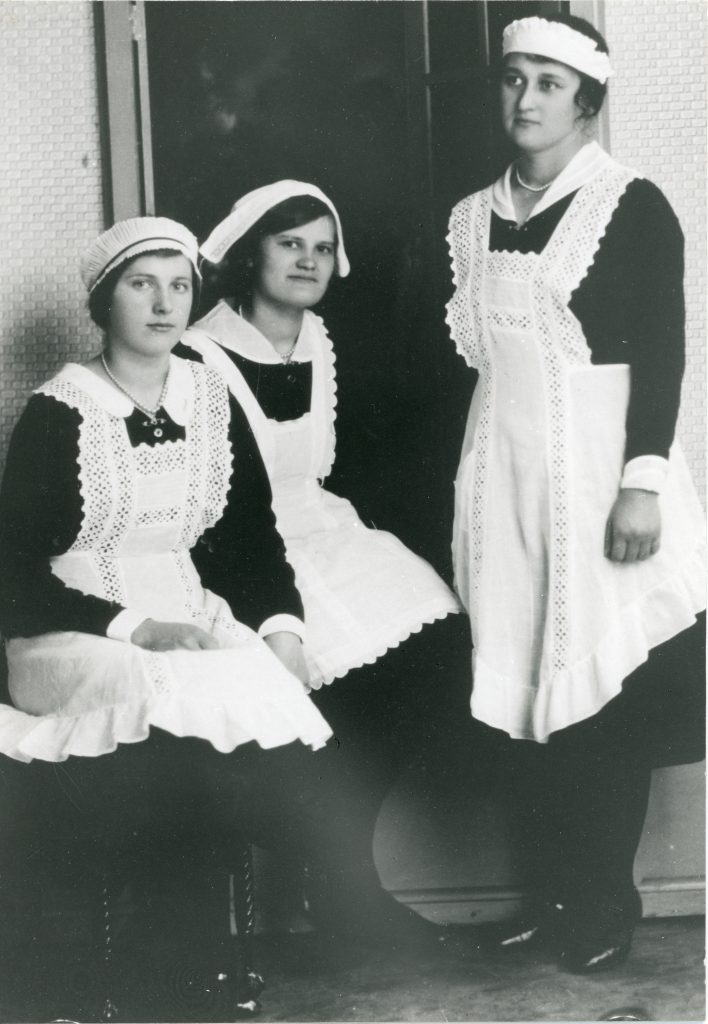
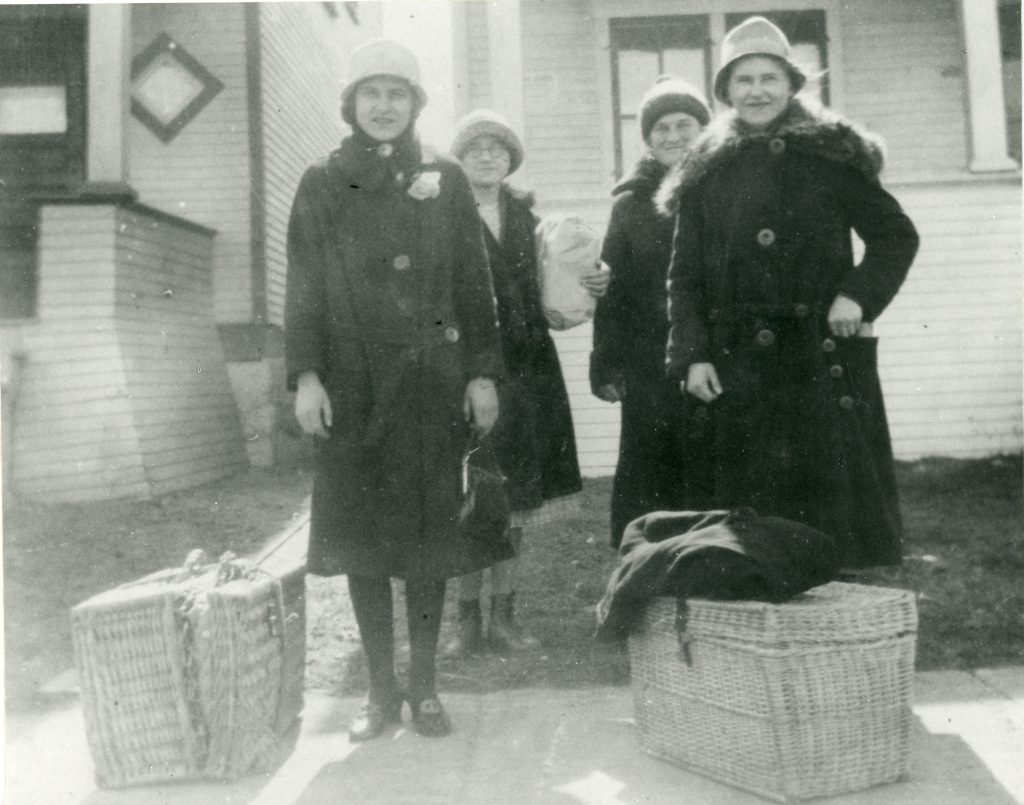
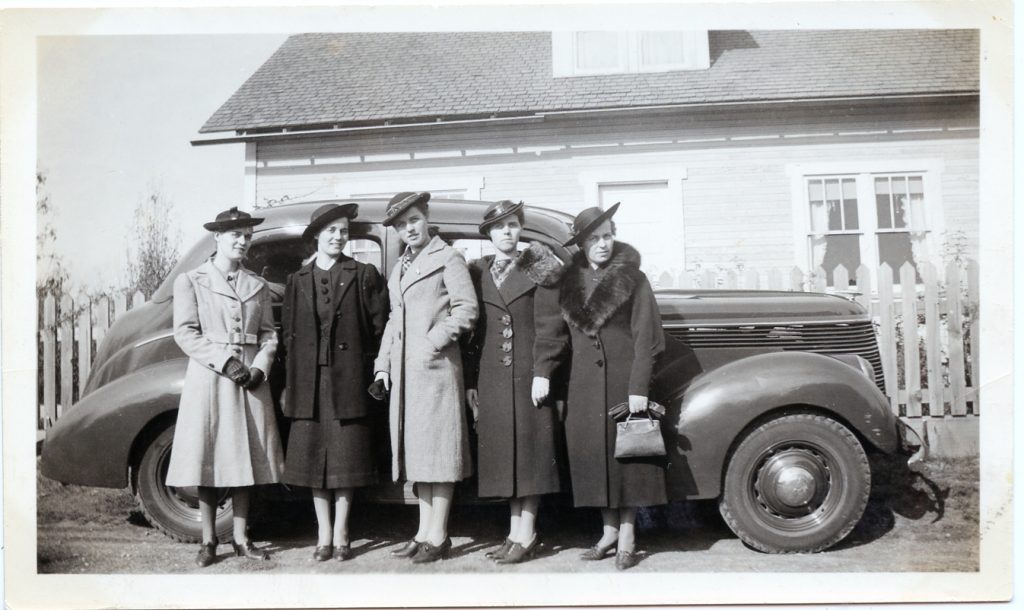
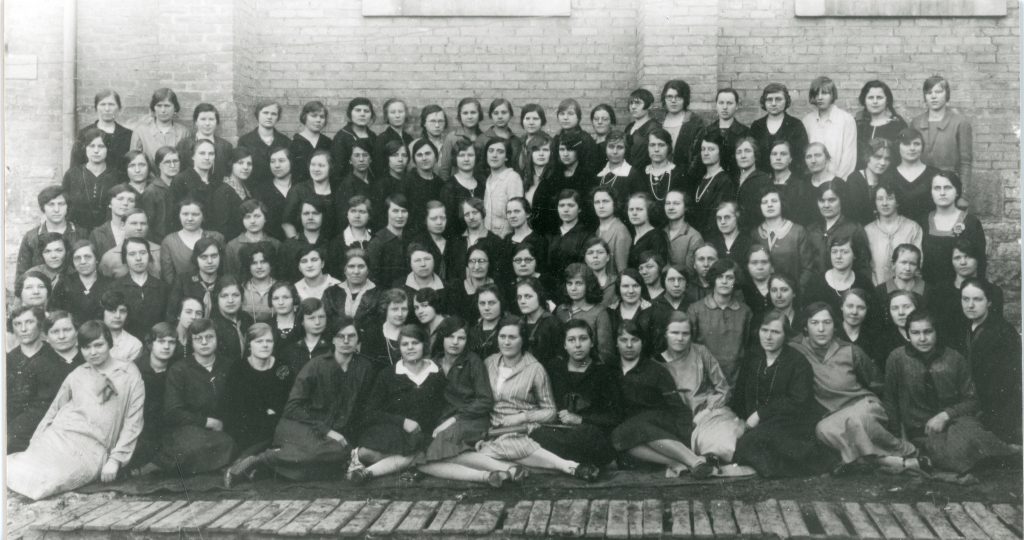
Still Speaking Just The Beginning Of Stories At Archives
By Chris Sumner of Golden West radio and PembinaValleyOnline.com
CFAM Blog
Wednesday, April 15, 2020
It was a little over a week ago we aired the final episode in the first season of Still Speaking, the Mennonite Heritage Archives produced program which examined twelve different stories found within its walls. The program was written and voiced by Archivist Conrad Stoesz and aired on Golden West radio station across Southern Manitoba, and it definitely struck a chord with you considering the positive feedback we received.
Conrad was our guest Wednesday morning, and he spoke with Co-Host Chris Sumner about where the inspiration for the program came from.
Chris also asked Conrad to reflect on what his favourite stories were from the initial twelve he shared.
If you missed an episode of Still Speaking, or would like to have another listen to a favourite, you can do that below.
*To read the original CFAM Blog post please visit PembinaValleyOnline.com
Season 1: Episode 12 – Peter Dyck
“At the Archives we have a copy of Adolf Hitler’s infamous book Mein Kampf, but this copy tells an unexpected story.” Listen to the last episode of Still Speaking, Season 1 for an exceptional story from the Mennonite Heritage Archives.
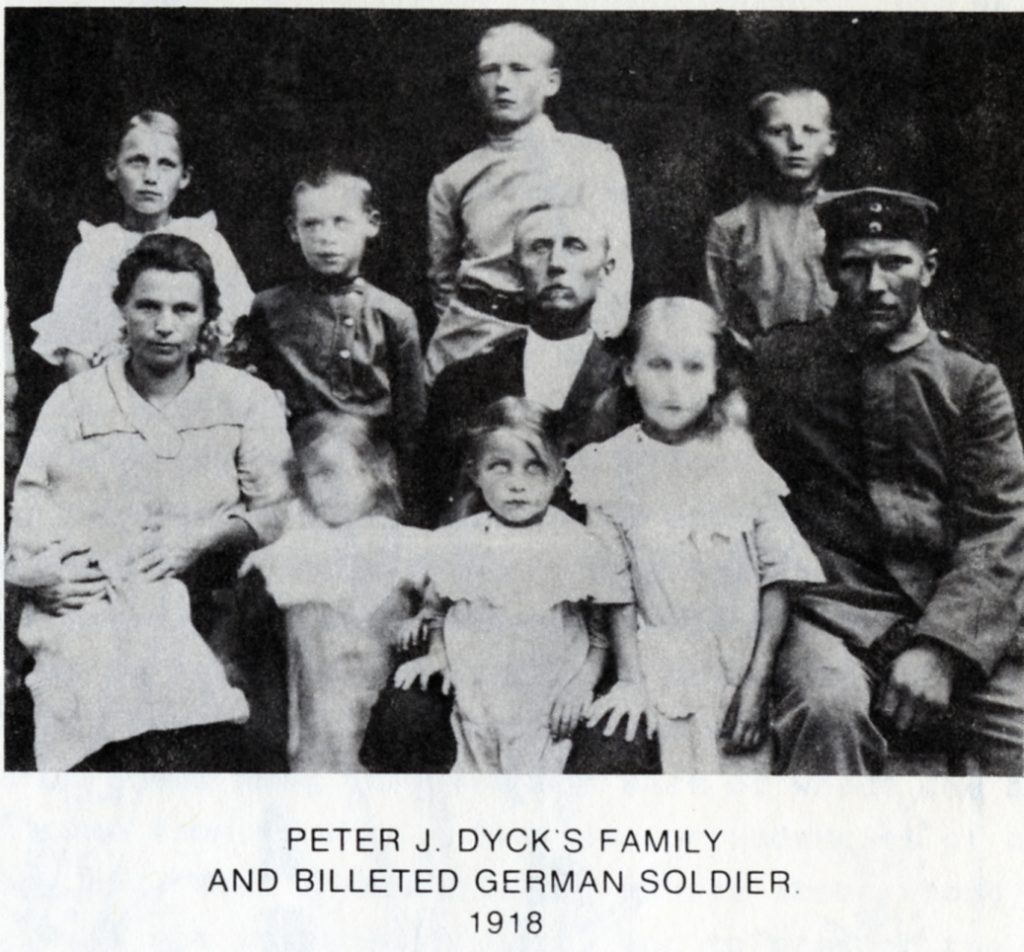
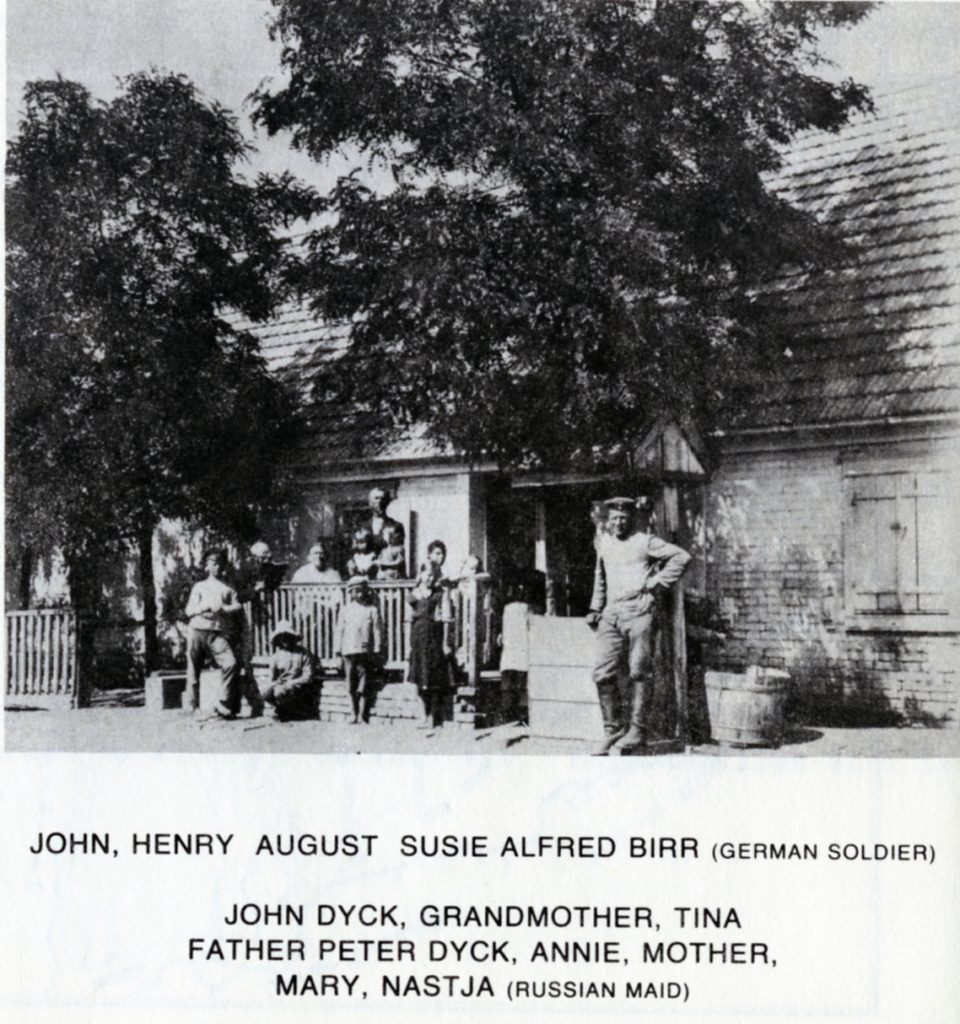
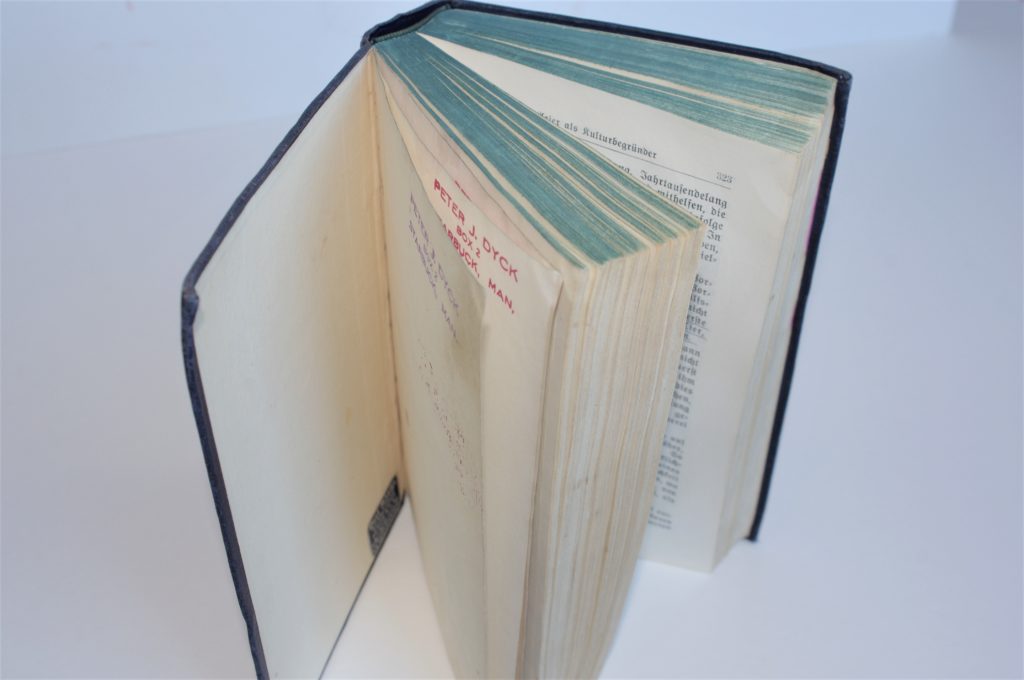
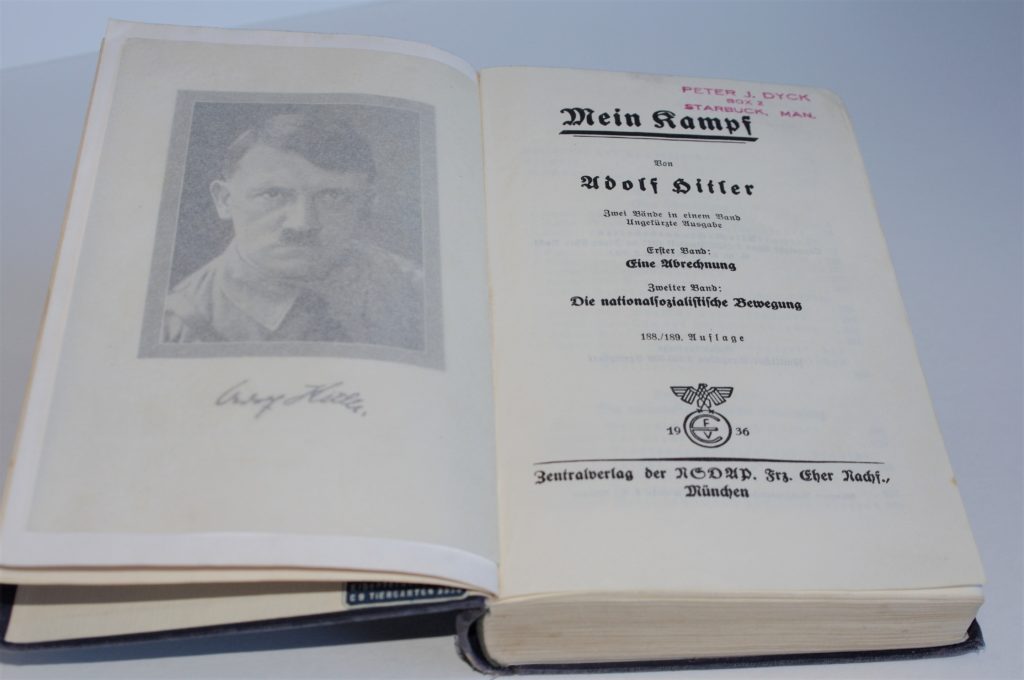
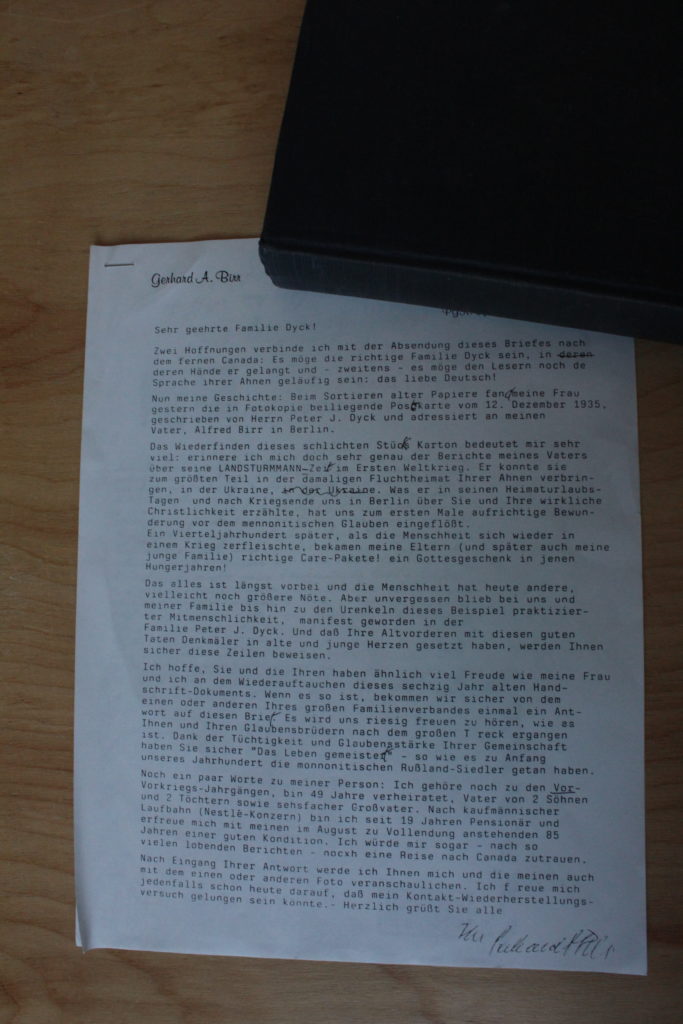
Season 1: Episode 11 – P.W. Enns
“Where would you turn for advice if you were asked to give a big chuck of your wealth away?” P.W. Enns was asked just this and find out what Enns did in the eleventh episode of Still Speaking.
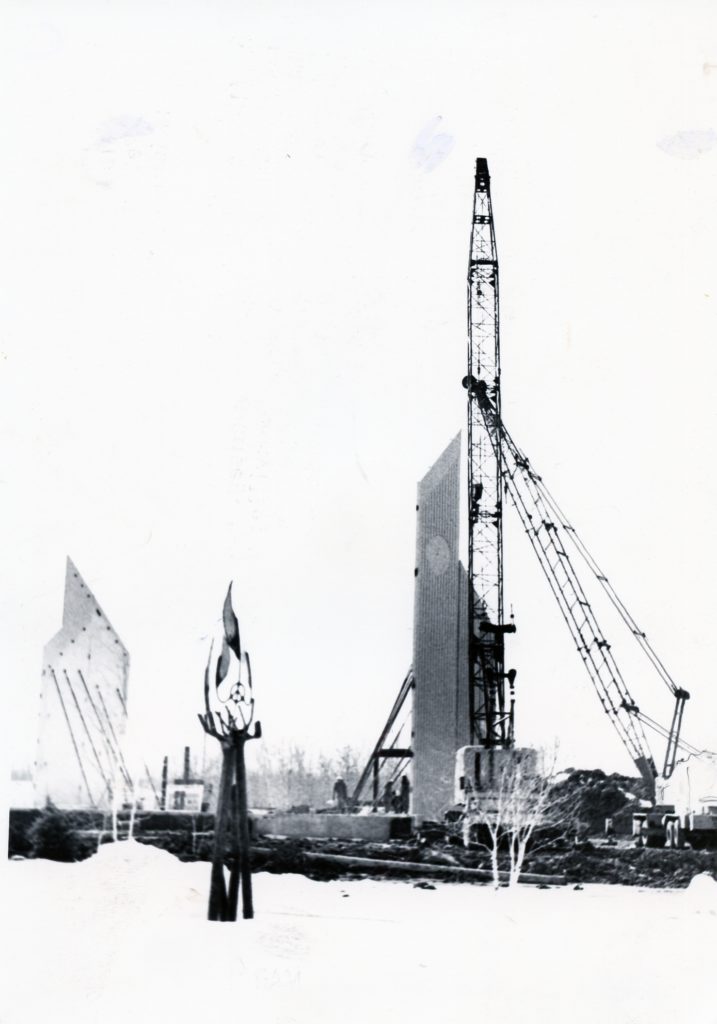
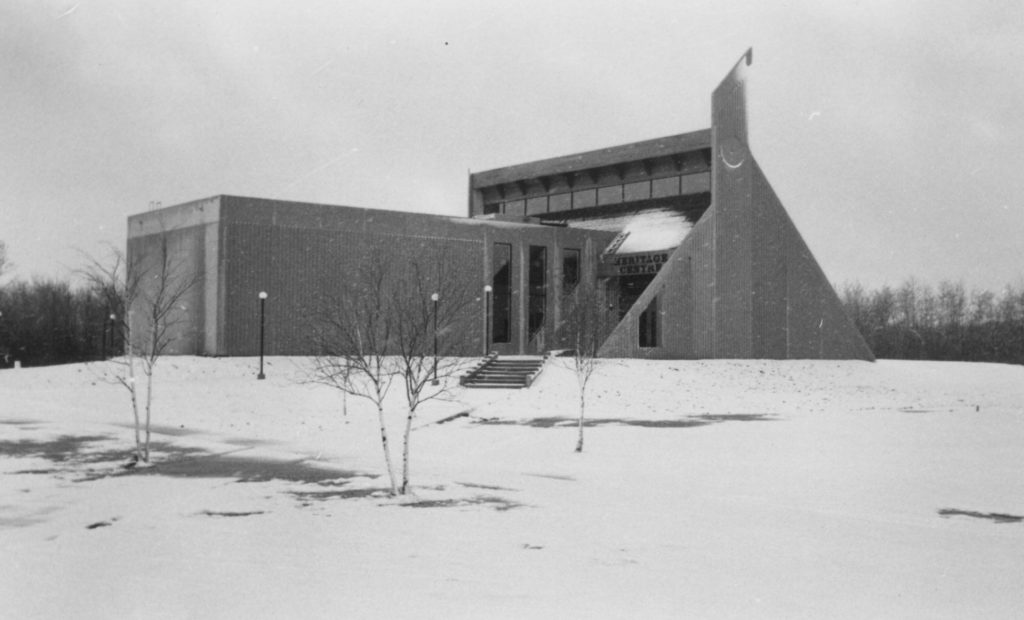
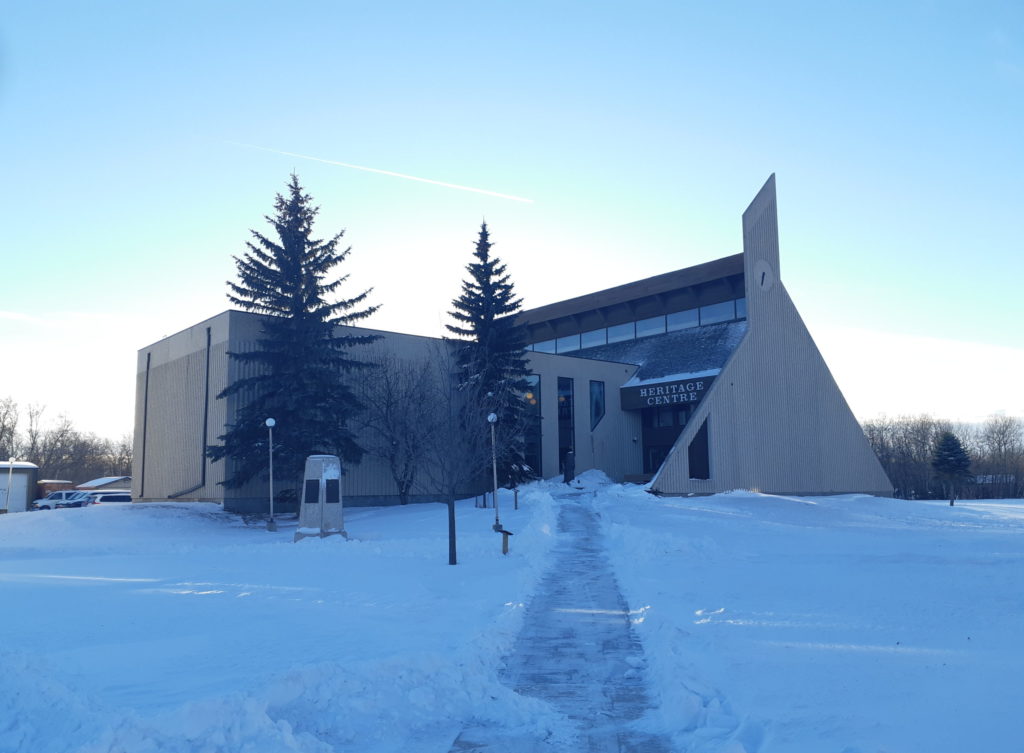
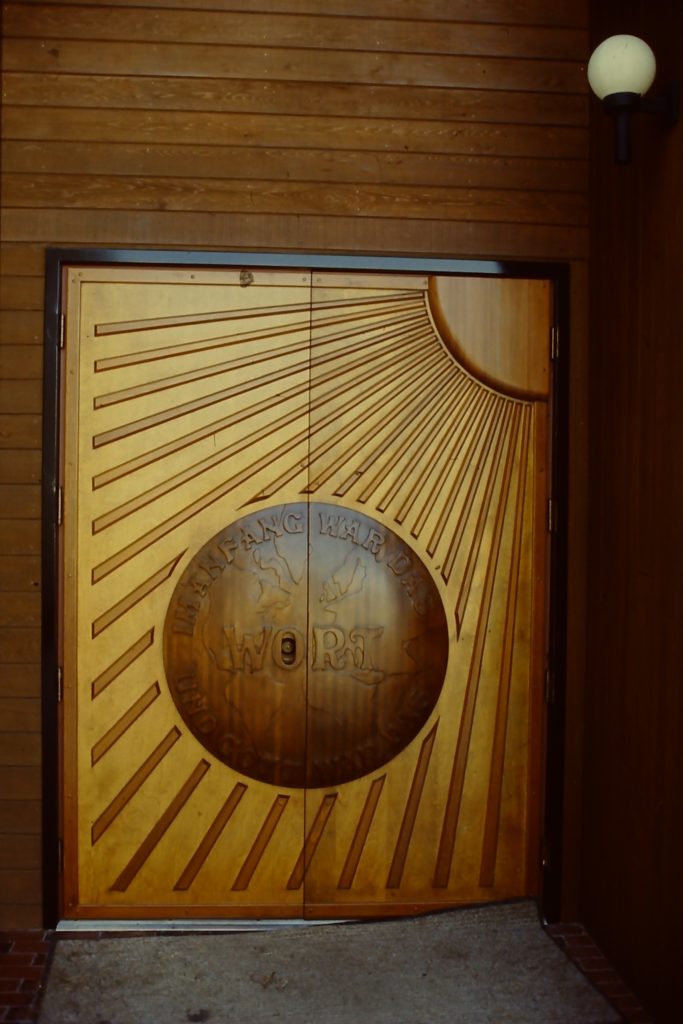
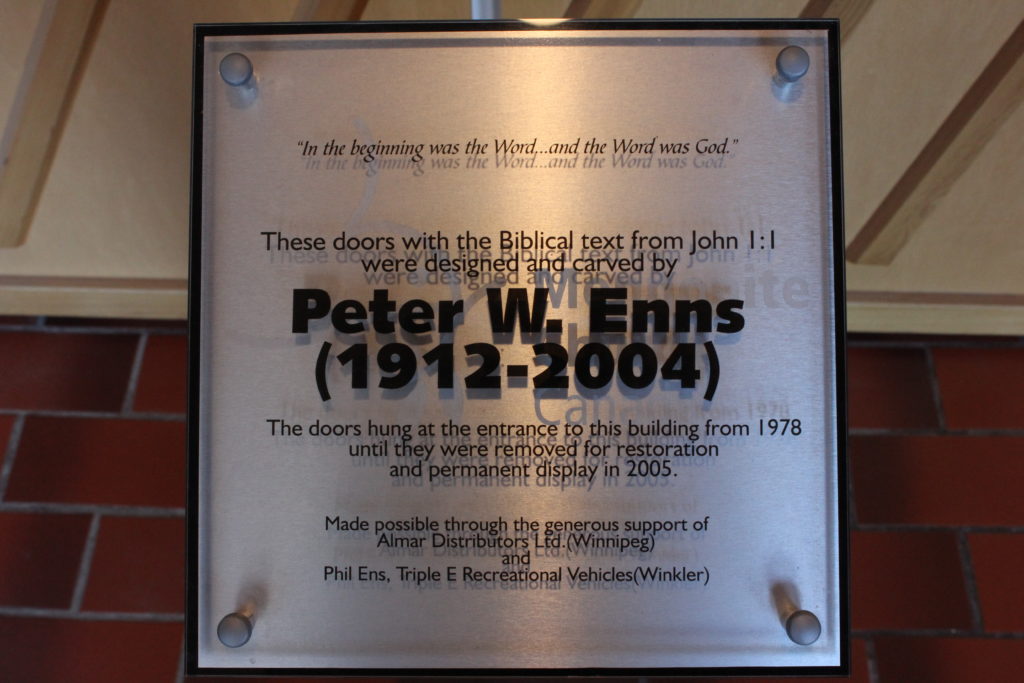
“In the beginning was the Word…and the Word was God.”
These doors with the Biblical text from John 1:1 were designed and carved by Peter W. Enns (1912-2004)
The doors hung at the entrance to this building from 1978 until they were removed for restoration and permanent display in 2005.
Made possible through the generous support of Almar Distributors Ltd. (Winnipeg) and Phil Ens, Triple E Recreational Vehicles (Winkler)
Season 1: Episode 10 – Jacob Fehr
“What was it like immigrating to Canada in the 1870s – the writings of a 16-year-old teenager, Jacob Fehr, gives us a glimpse.”
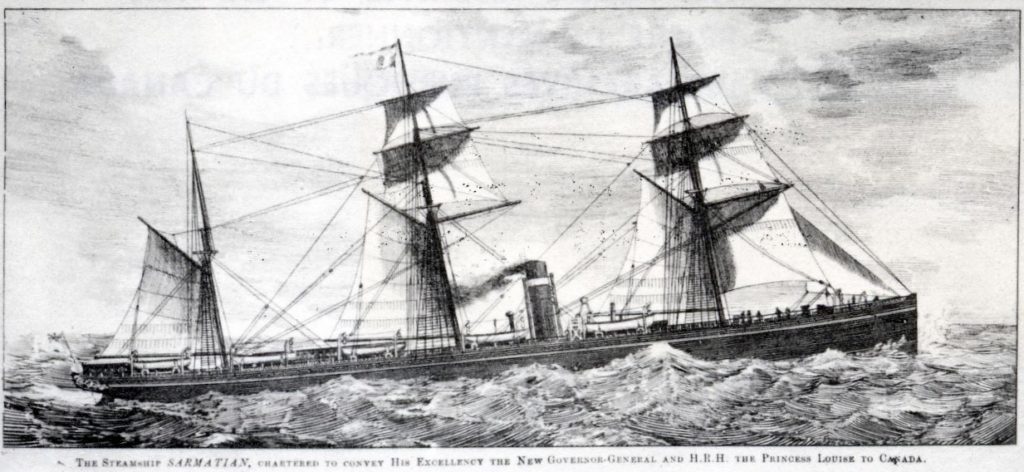
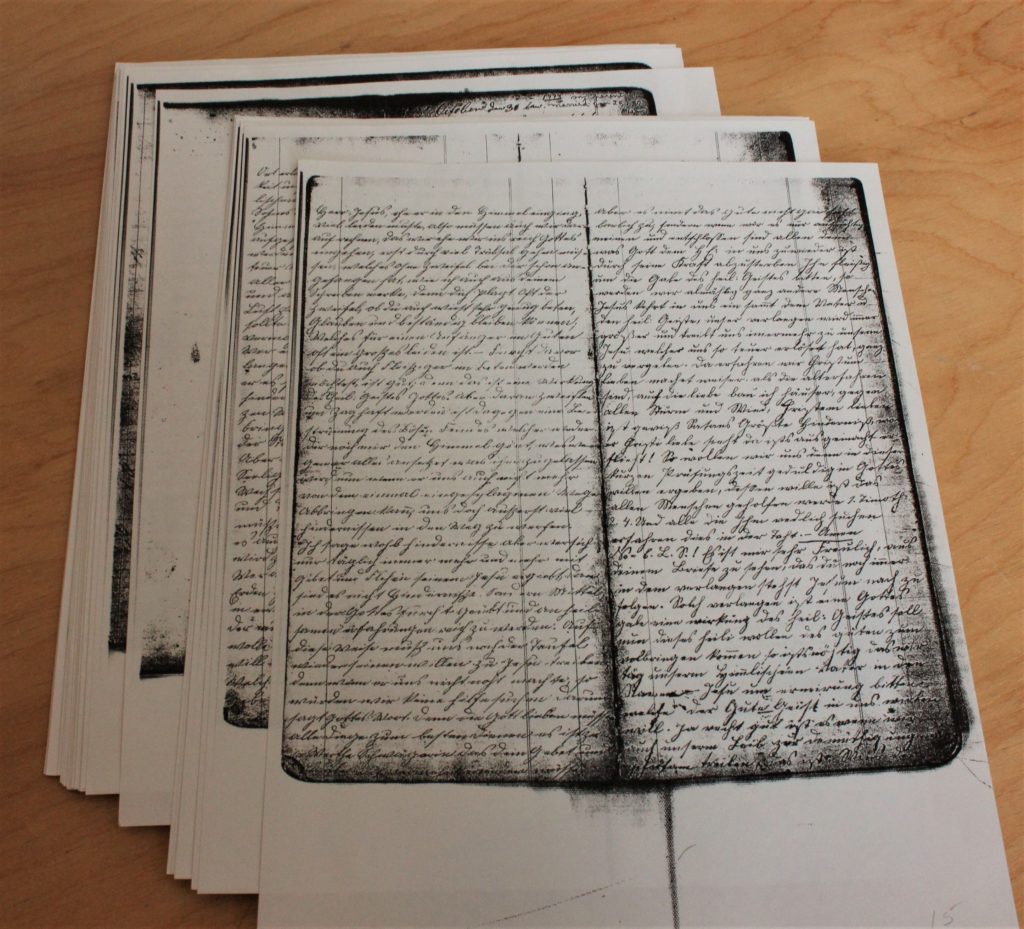
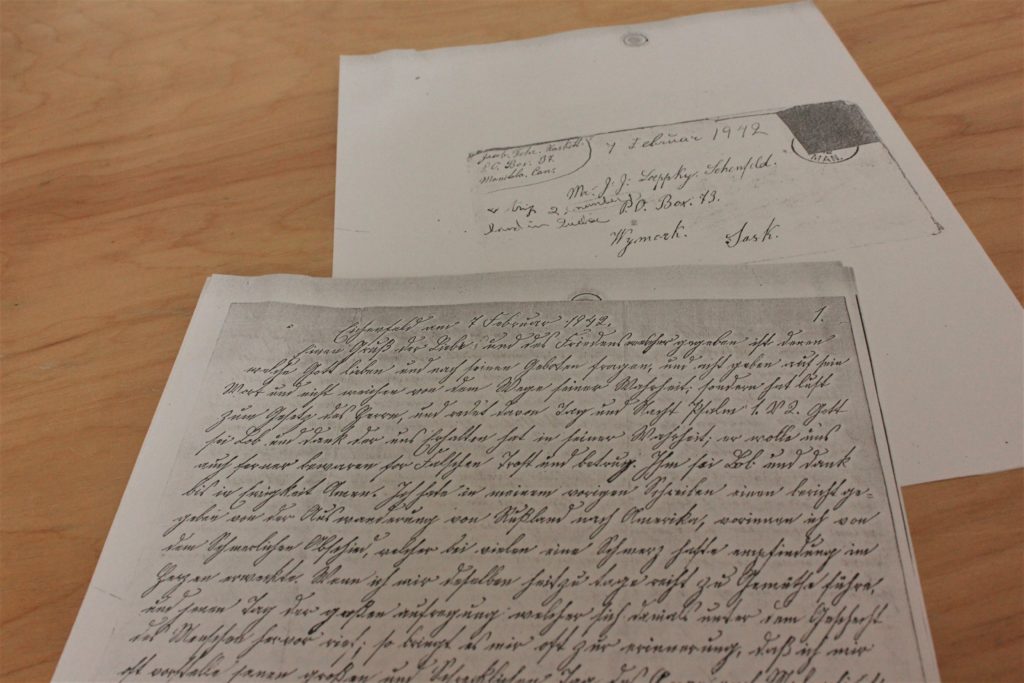
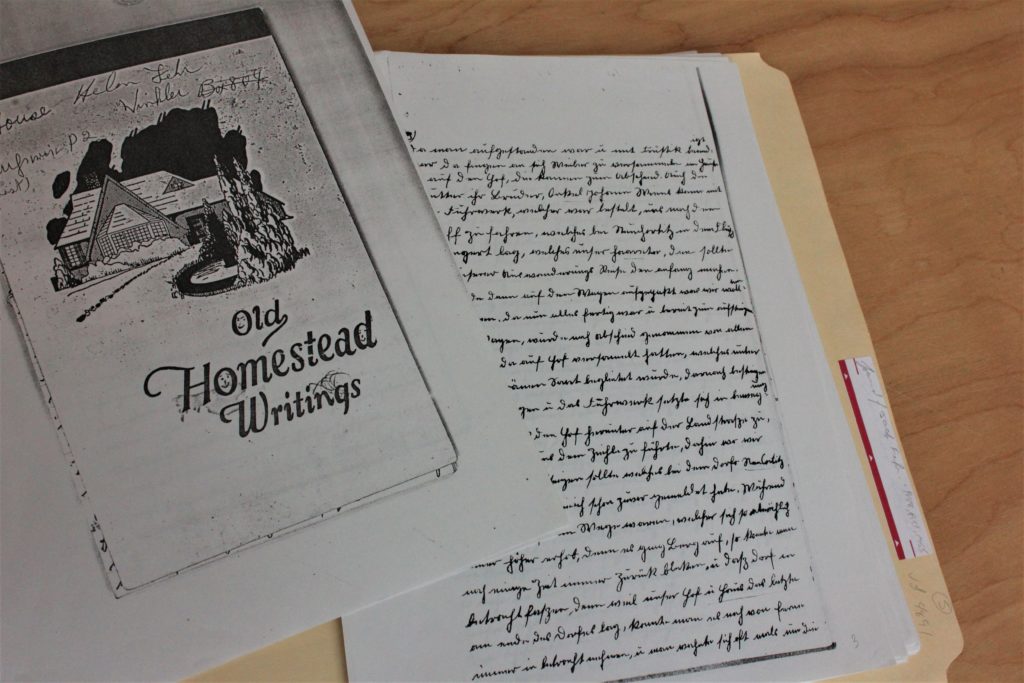
Season 1: Episode 9 – John Dennis
“I have a question for you. How much is a good reputation worth? Can just a reputation and no cash save a whole community?”
Continue to ponder these questions while listening to Episode 9 of Still Speaking.
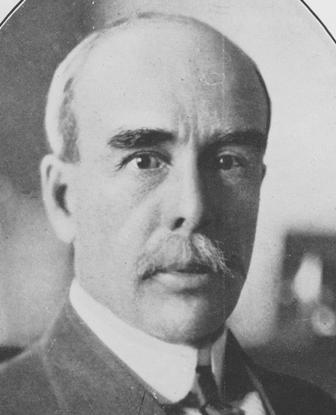
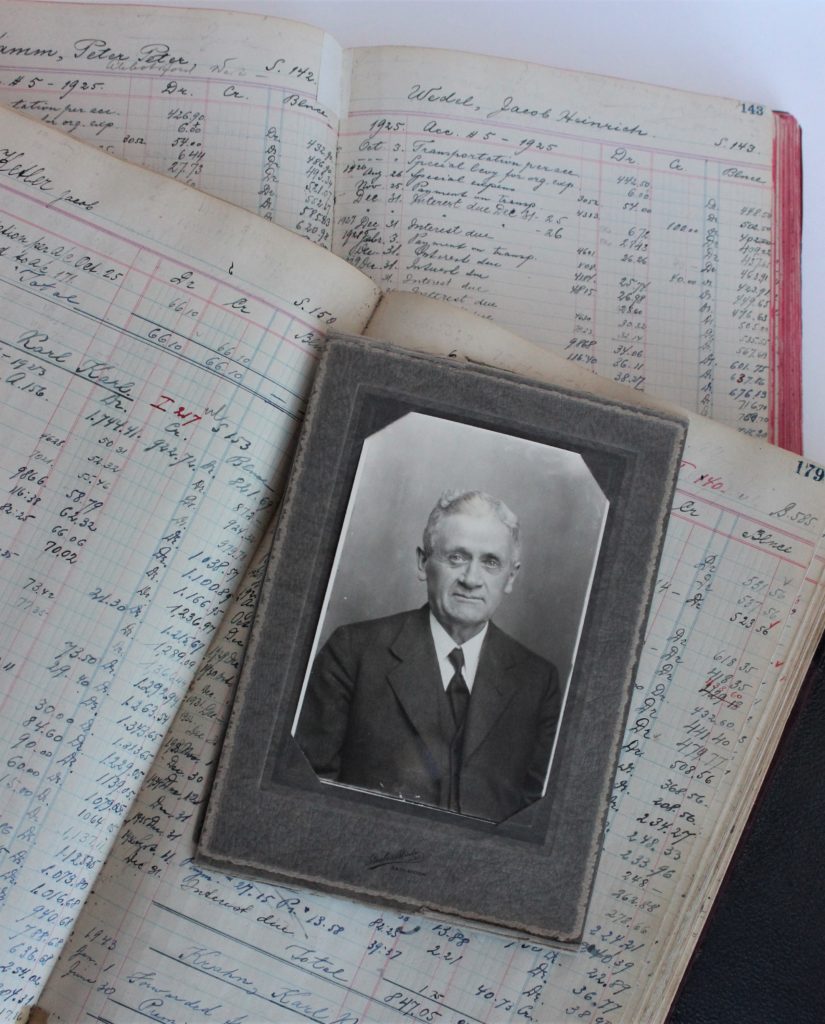
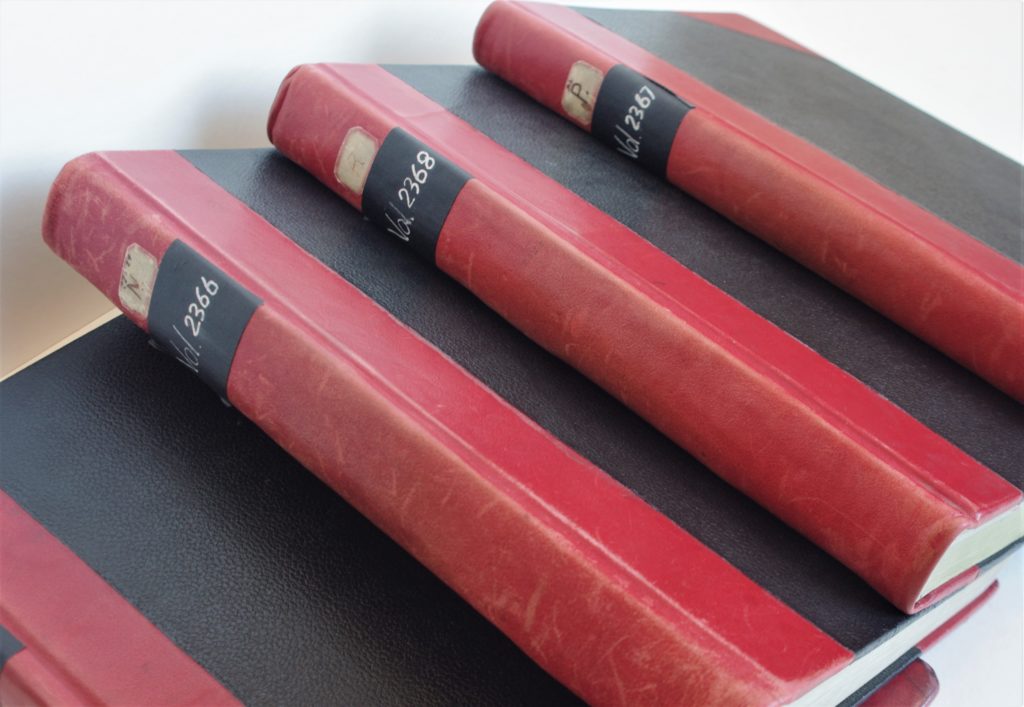
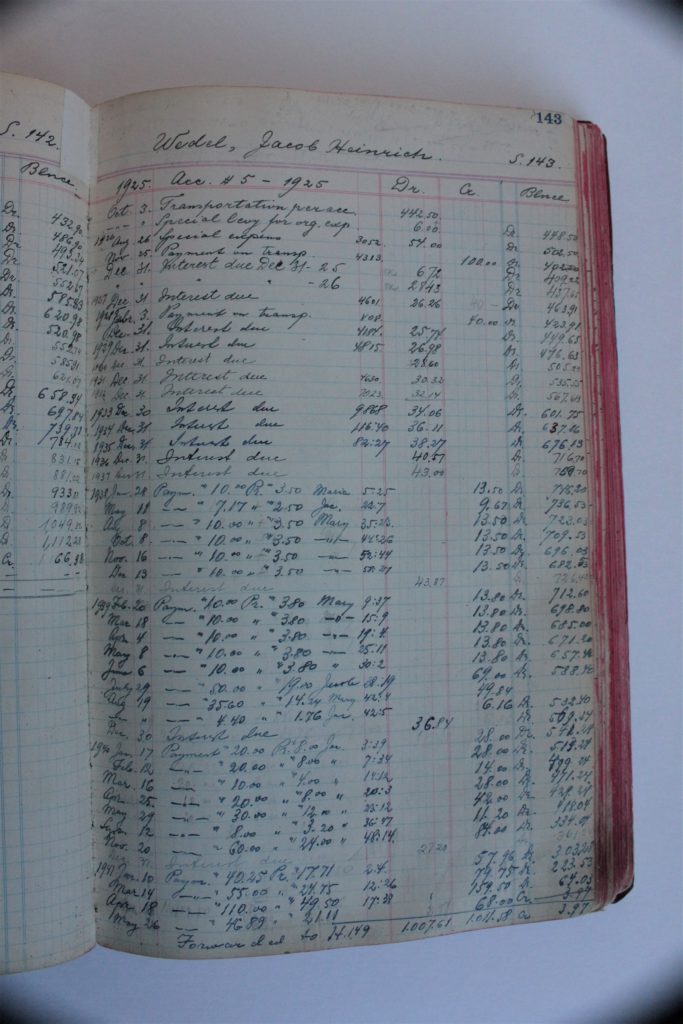
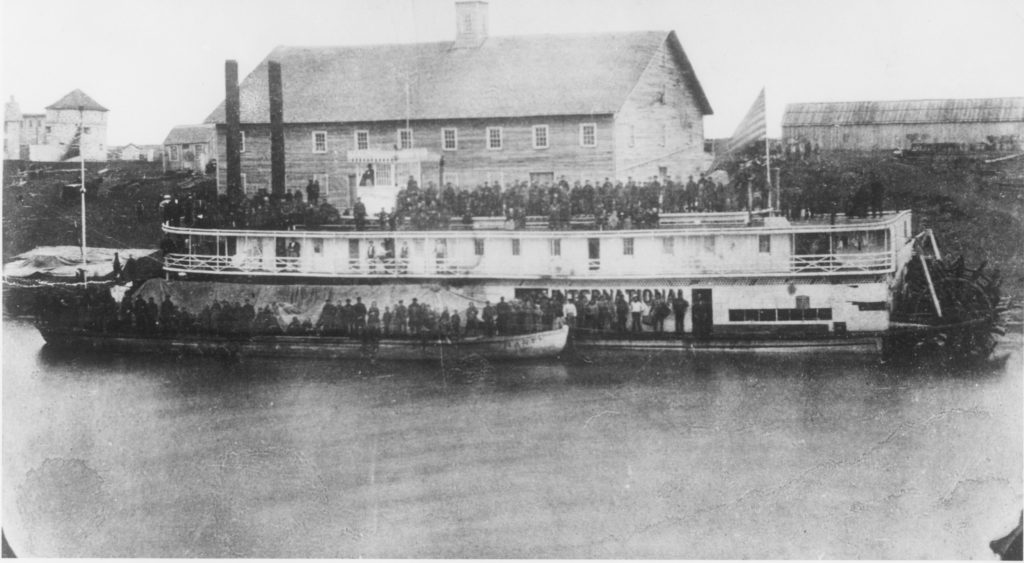
Season 1: Episode 8 – Education
“We like to think Canada is a great place to live. But in the 1920’s 7000 people said no thanks and left.”
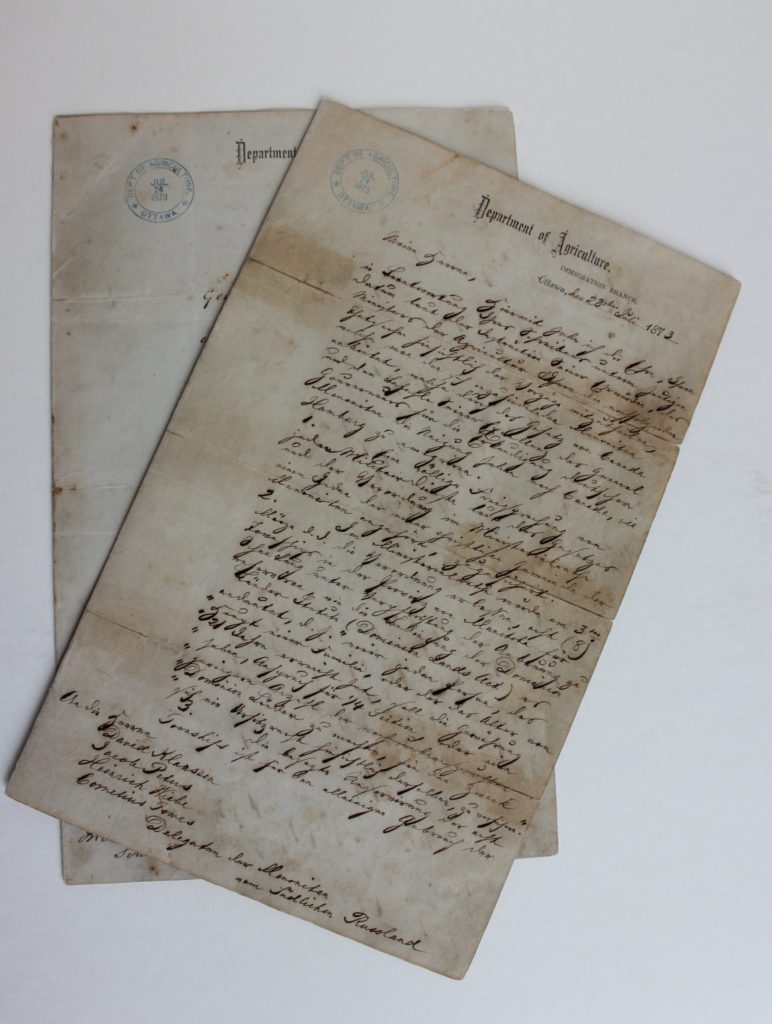
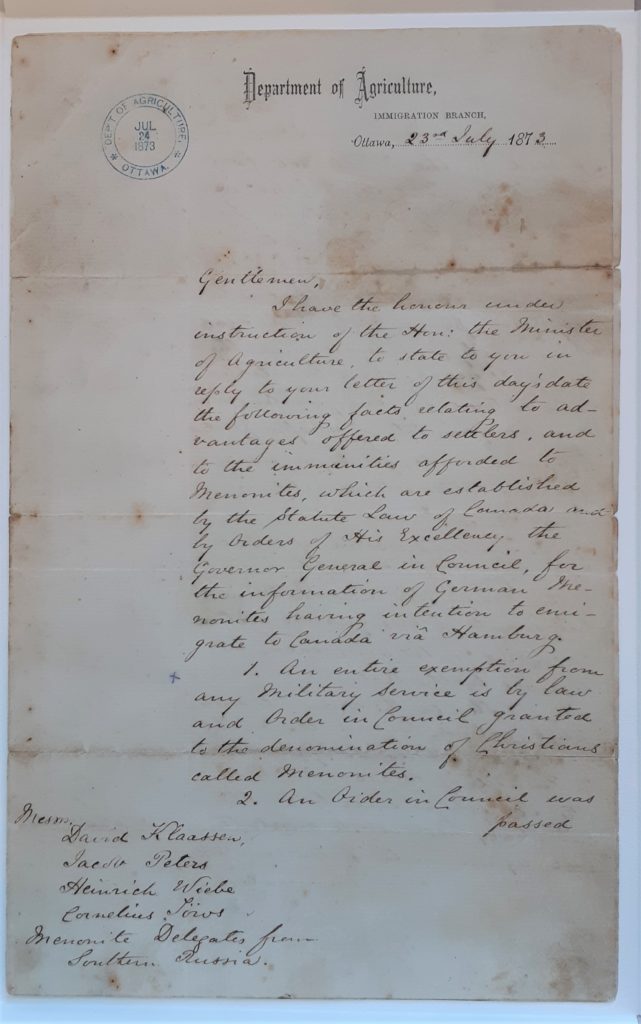
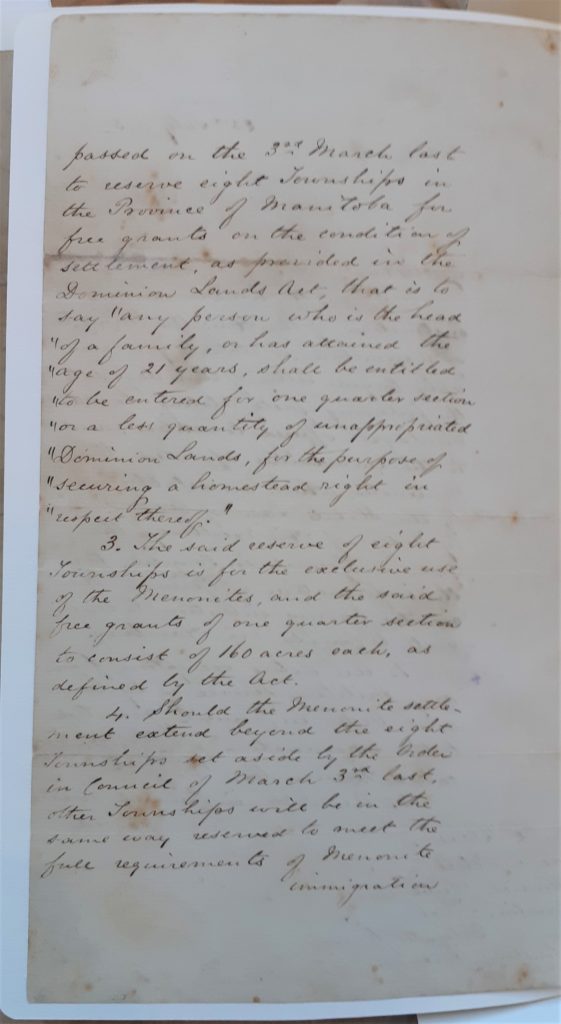
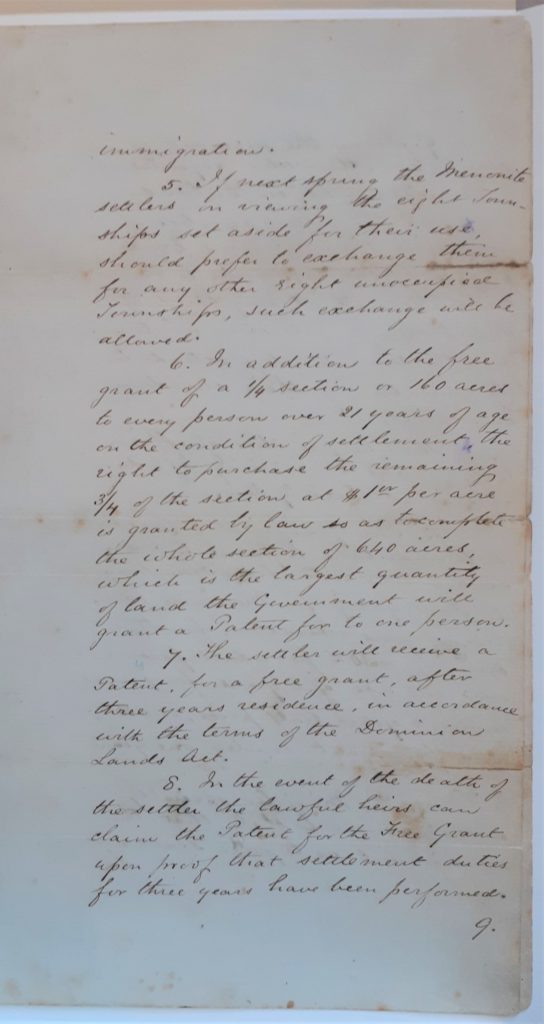
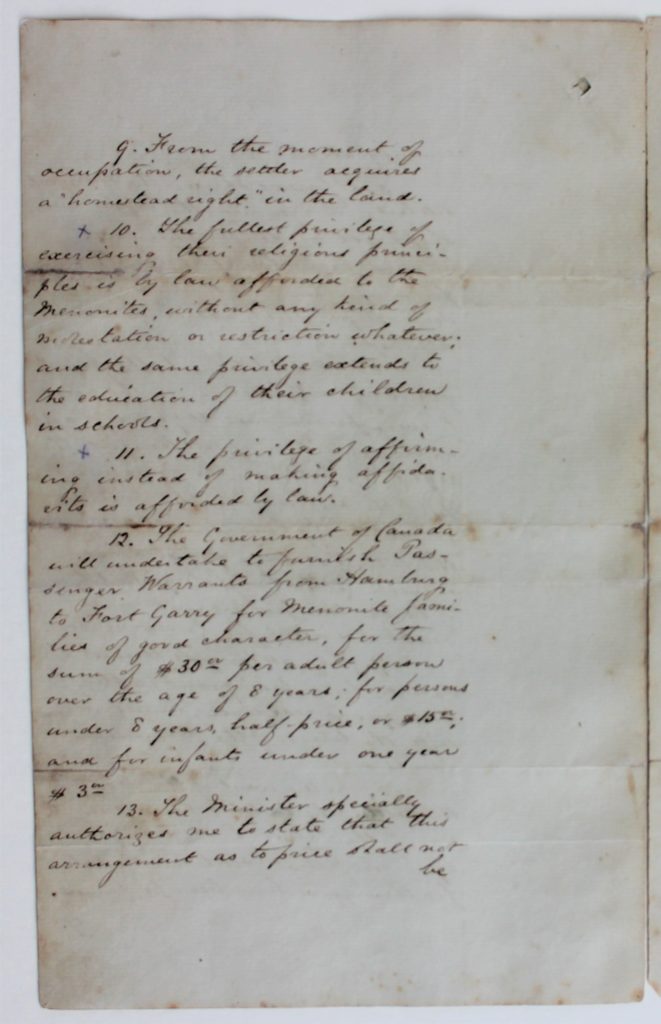
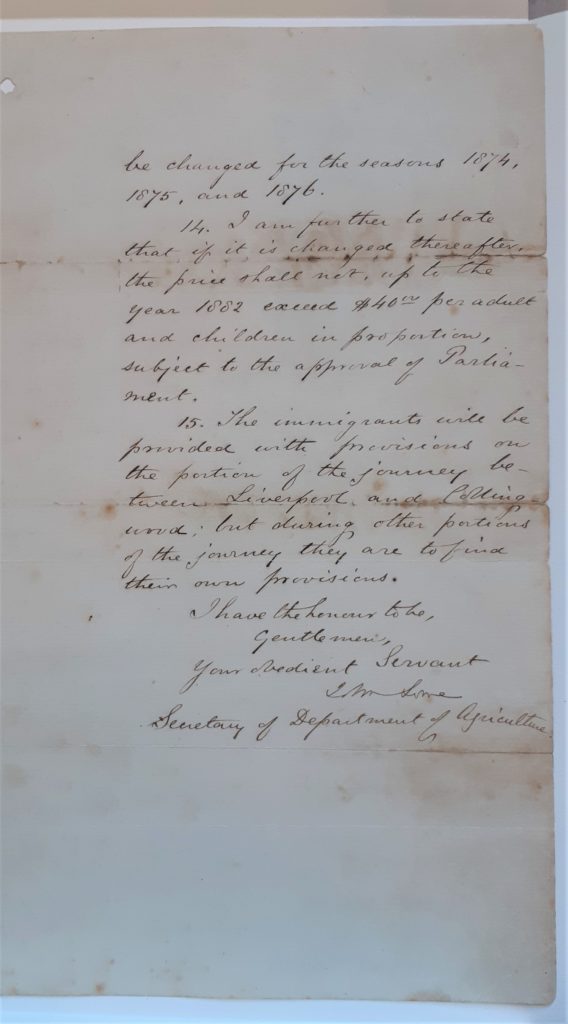
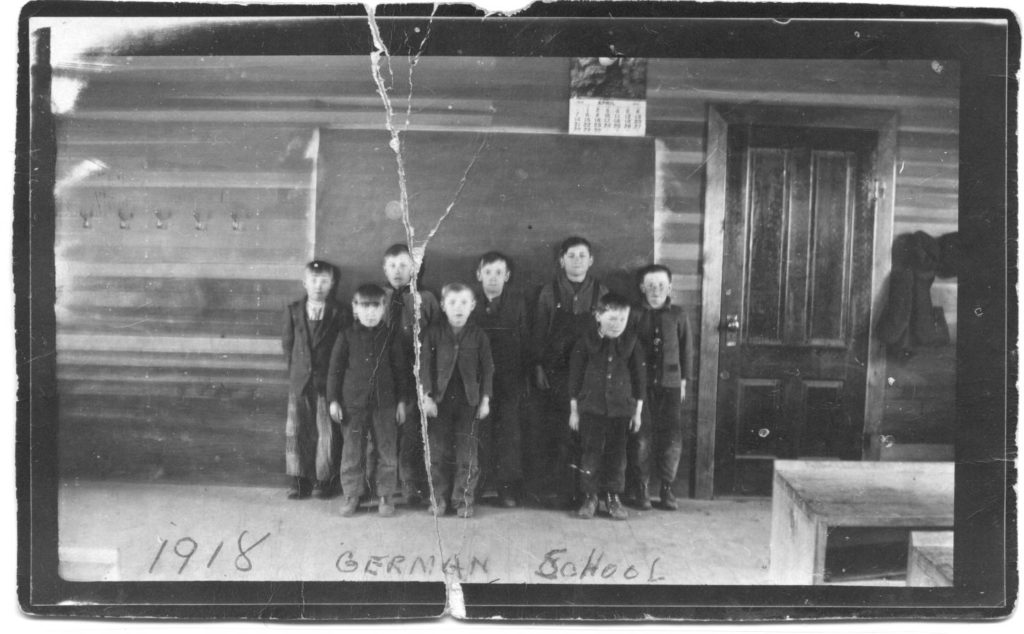
https://archives.mhsc.ca/german-school
Season 1: Episode 7 – Ice Ship
“Did you know that Canadians opposed to war helped build a secret weapon?”
Find out more in the 7th episode of Still Speaking.
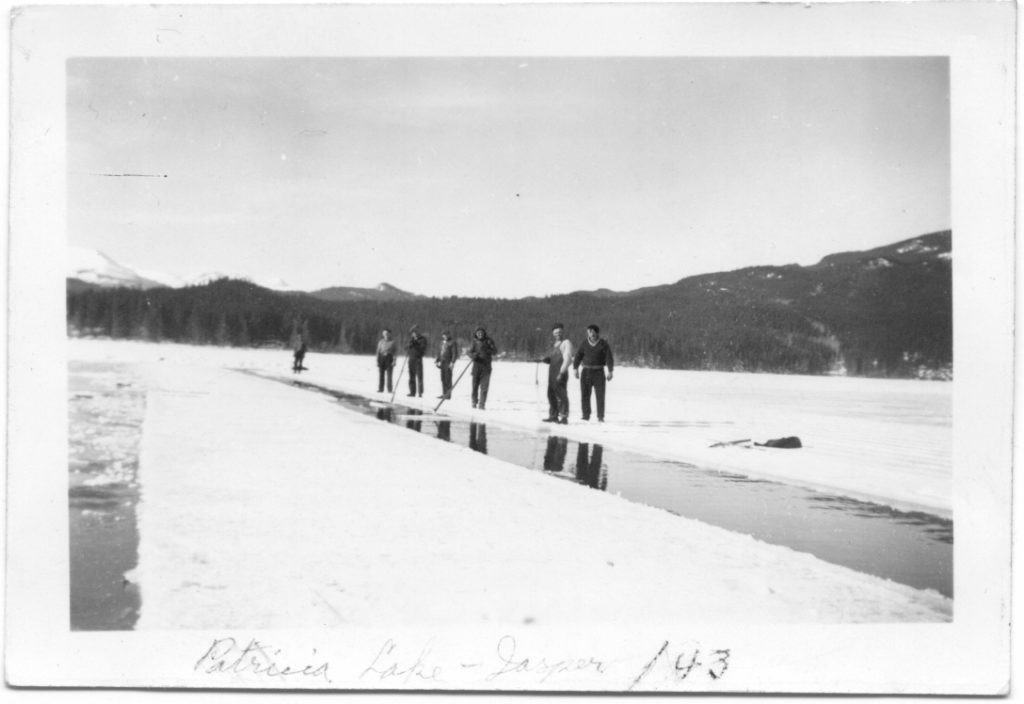
David Goerzen was a Conscientious Objector (CO) who worked on the Habbukuk project. Below are three clips from an interview with David about his time working on the project.
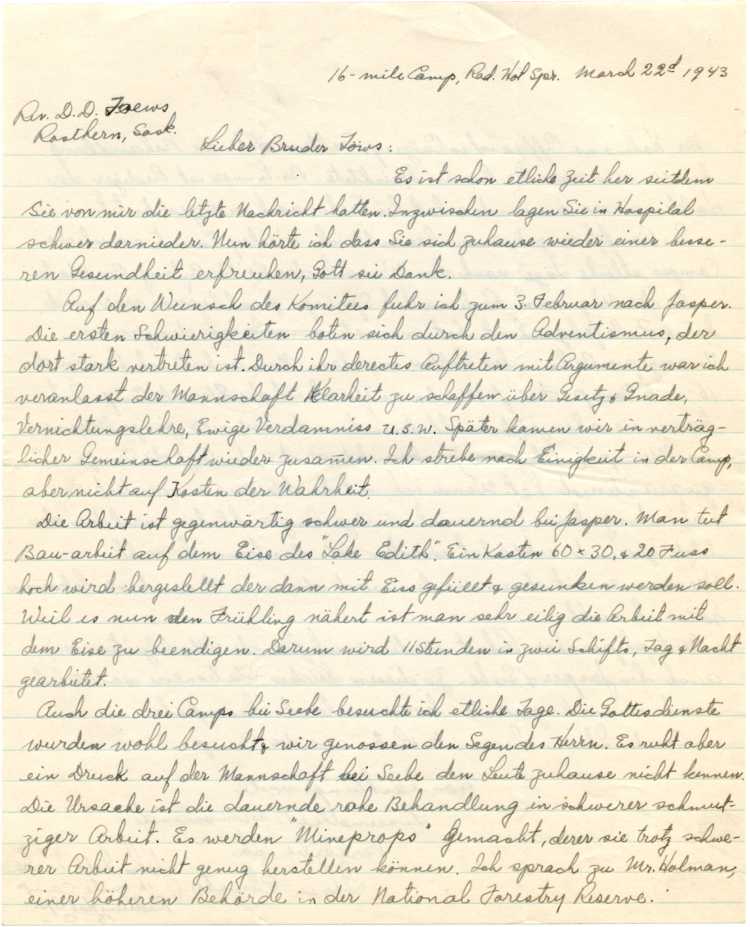
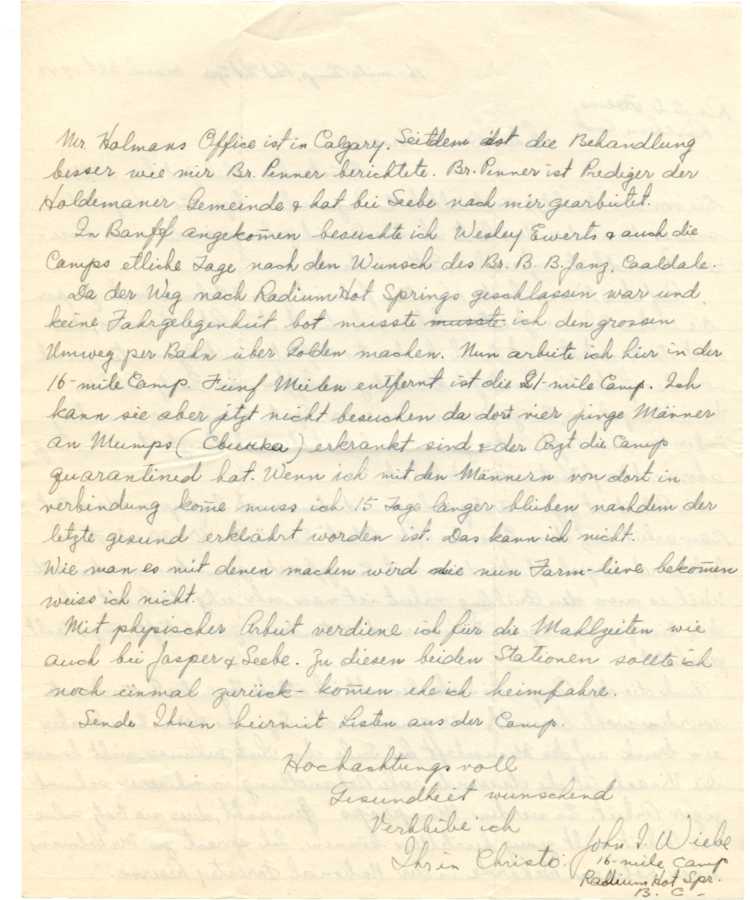
English translation of Rev. John Wiebe’s letter:
16 Mile Camp, Rad[ium] Hot Spr[ings]
March 22, 1943
Rev. D.D. Toews
Rosthern, Sask.
Dear Brother Toews:
It has been some time since I last reported to you. Since then you have been seriously ill in hospital. I have heard that you are at home now and that your health is improved, thank God.
Upon request of the Committee, I travelled to Jasper on February 3. The first difficulties arose through the [Seventh Day] Adventists who are strongly represented there. Because of their confrontational arguments I was compelled to give clarity to the men re. law and grace, the annihilation teaching, eternal damnation, etc. Later we managed to get together again in a reasonable manner. I seek for unity in the camp but not as the expense of the truth.
The work at present is hard and is primarily at Jasper. On the ice of Lake Edith they are building a box 60 x 30 and 20 feet high, which is to be filled with ice and then sunk. Since spring is approaching, they are rushing to be finished with the work on the ice and thus are working day and night in two 11 hour shifts.
I also visited the 3 camps at Seebe for several days. The worship services were well attended and we experienced the blessing of the Lord. However, a certain pressure rests upon the men at Seebe which people at home don’t know. This results from the continuing harsh treatment and dirty work. They are building “mine props” which, in spite of the hard work, they are not able to supply in sufficient number. I spoke to Mr. Holman, of a higher Board in the National Forestry Reserve. Mr. Holman’s office is here in Calgary. Since then, Brother Penner reports that the treatment is better. Brother Penner is a minister of the Holdeman Church and served in Seebe after me.
Arriving in Banff, I visited the Wesley Ewerts and also the camps for several days upon the wish of Brother B.B. Janz of Coaldale. Since the road to Radium Hot Springs was closed and there was no chance for a ride, I travelled the long detour via Golden. Now I’m working here at 16 Mile Camp. The 21 Mile Camp is 5 miles away, but I cannot visit there now since 4 young men have the mumps and the doctor has quarantined the camp. If I come in contact with the men over there, I will have to stay for 15 days after the last of the men are well. I can’t do that. I don’t know what they will do with those who are now getting farm leave.
By means of physical work, I earn my meals as I also did in Jasper and Seebe. I want to go back to both those stations before I leave for home.
Enclosed are the lists for the camps.
Respectfully yours and wishing you health, I remain yours in Christ!
John I. Wiebe
16-Mile Camp
Radium Hot Springs, BC
Season 1: Episode 6 – Sherryl Koop and the CRA
“Sherryl stood in front of the judge in the tax court of Canada. She managed to assemble some good evidence, but would it be enough?” Conrad asks on the sixth episode of Still Speaking.
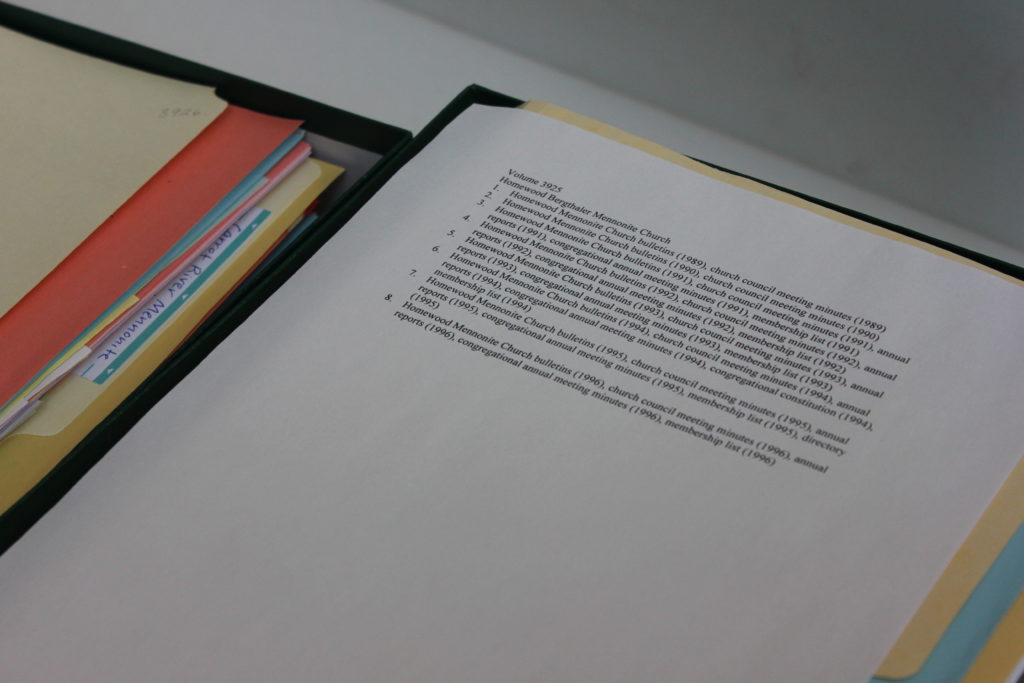
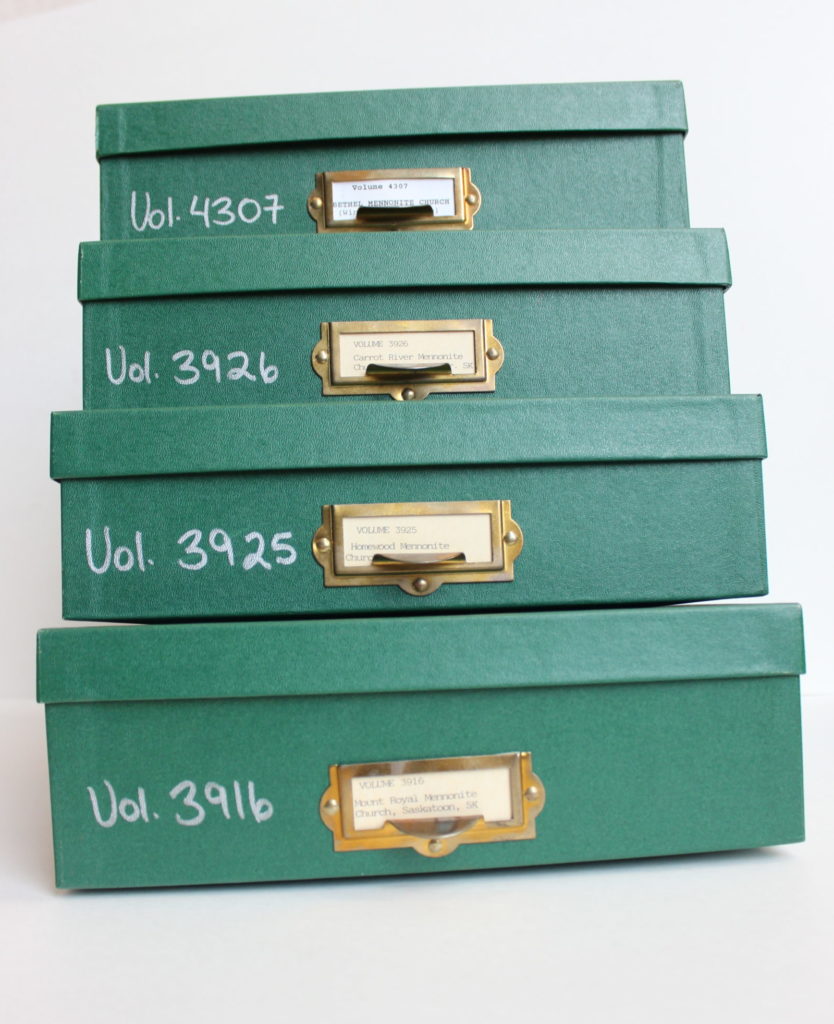
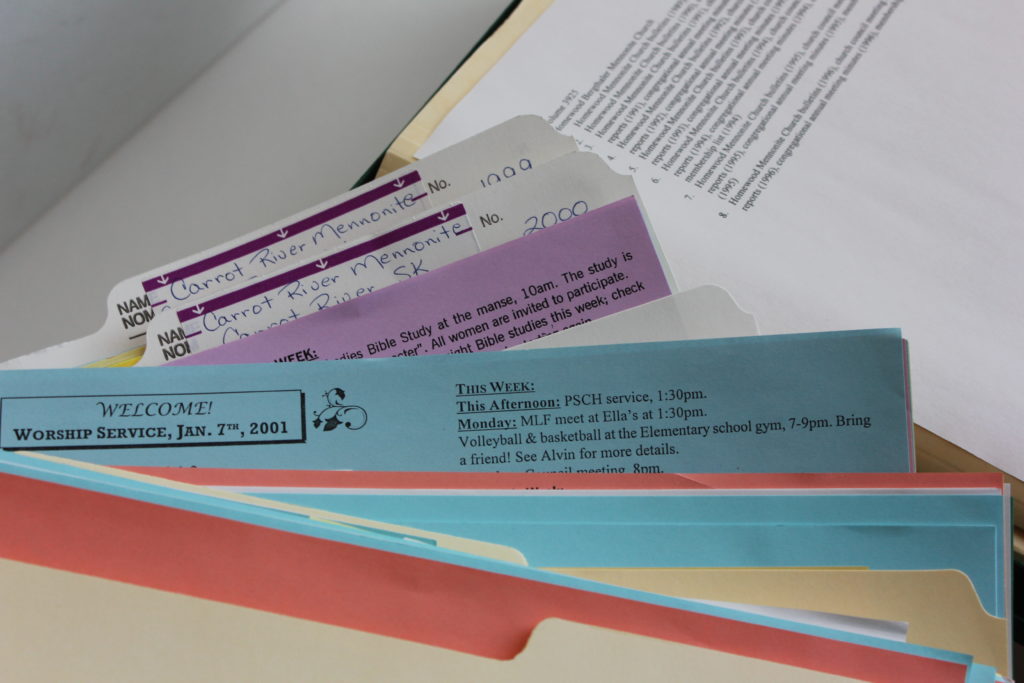
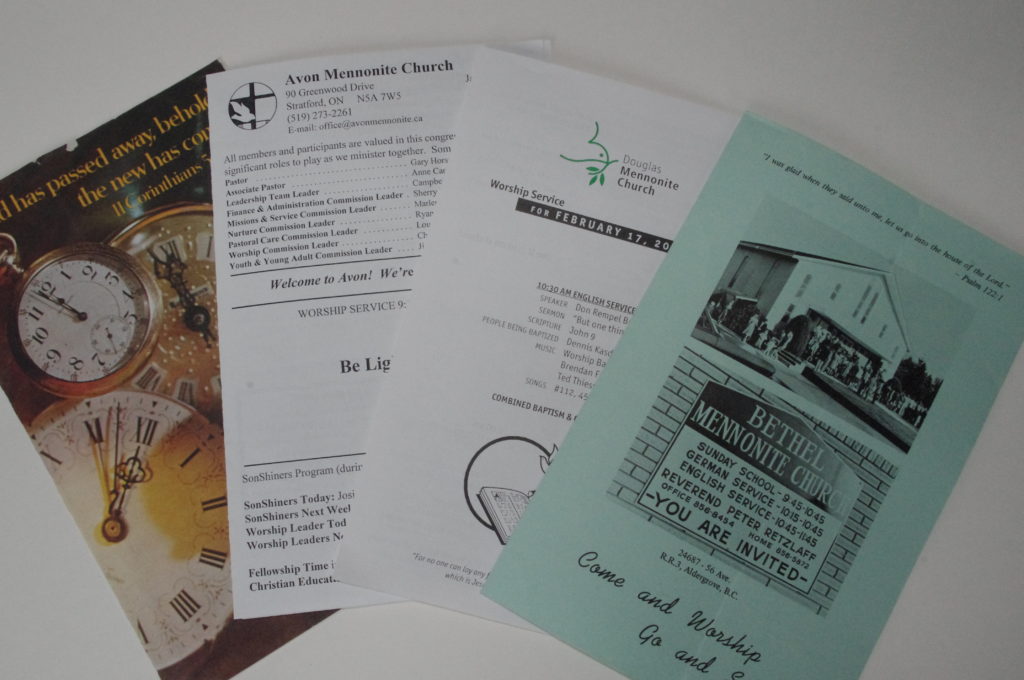
Season 1: Episode 5 – Martin Klaassen
“Ever wonder what your ancestors thought about 150 years ago? Esther did – but first she had to crack the code!”
Listen to this five minute episode of Still Speaking to find out how Esther cracked the code.
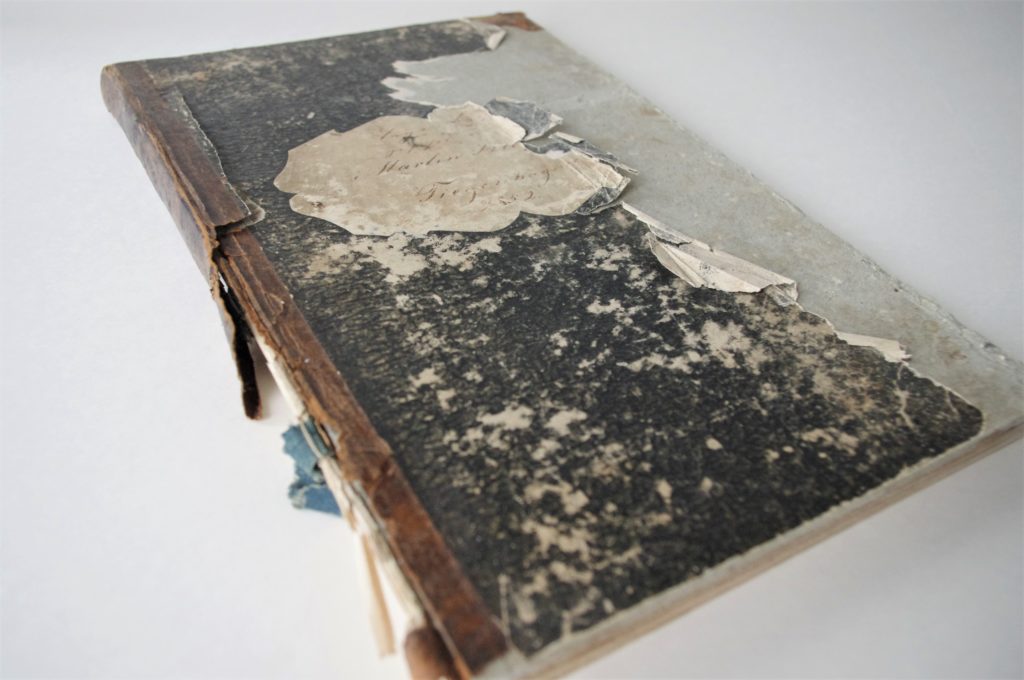
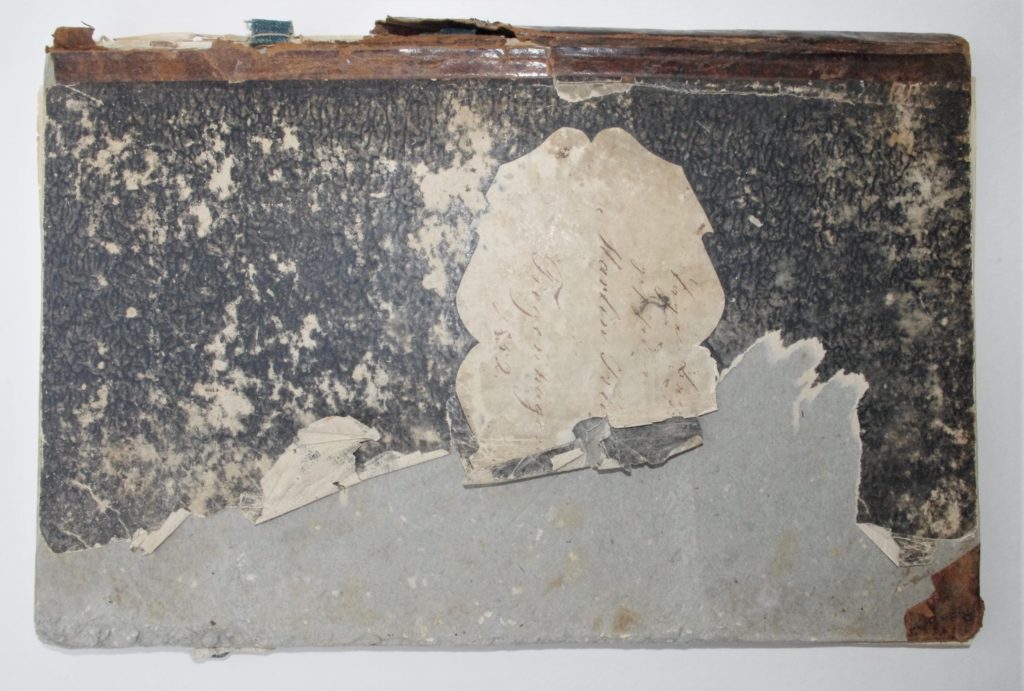
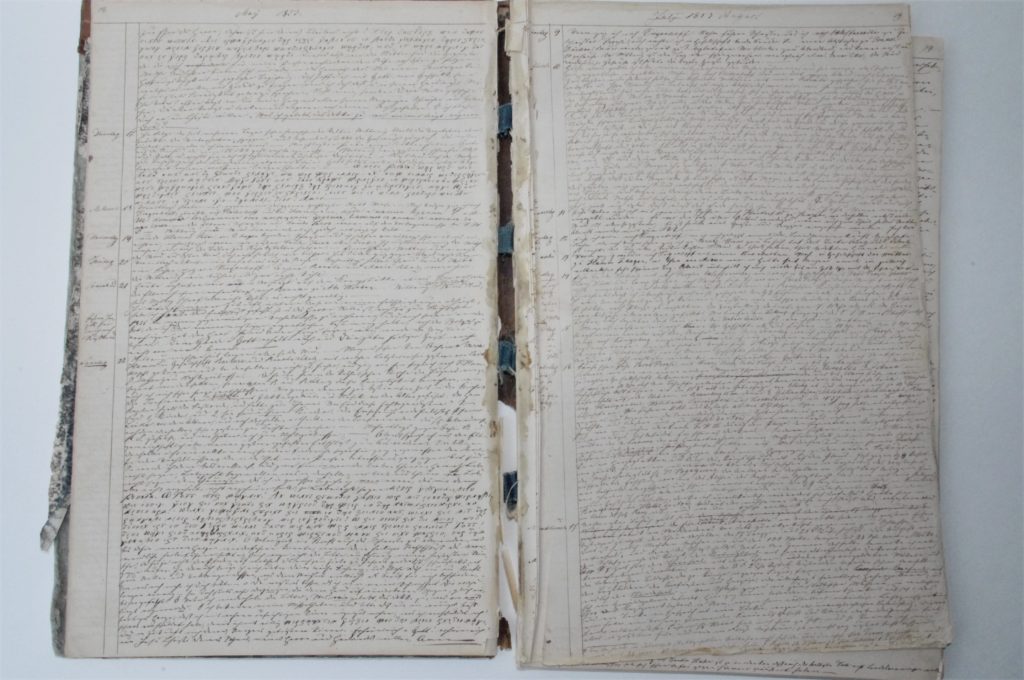
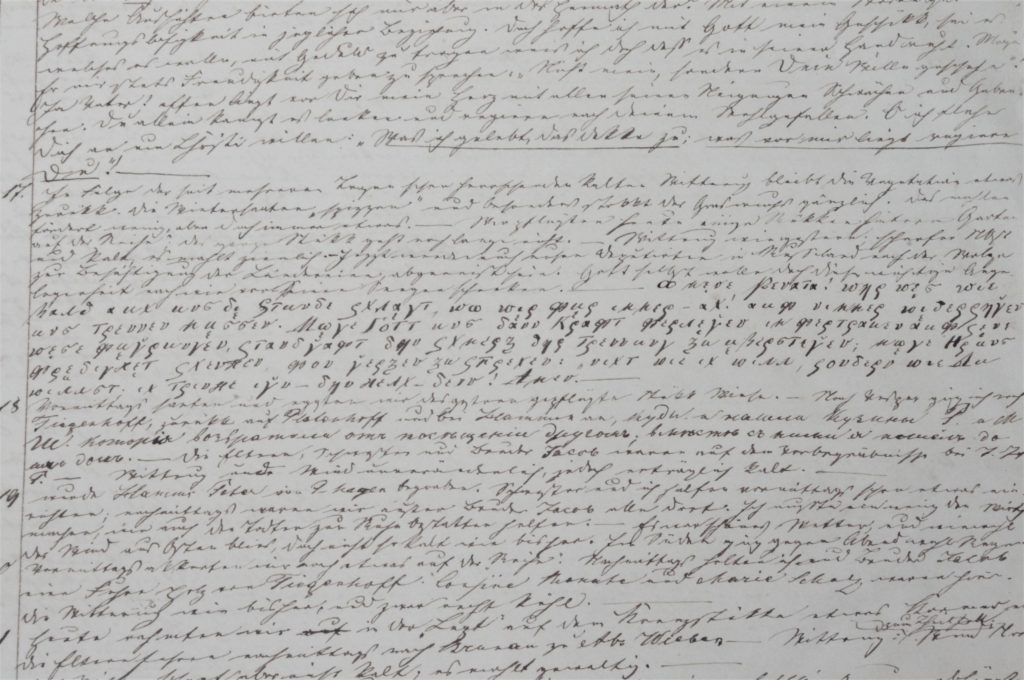
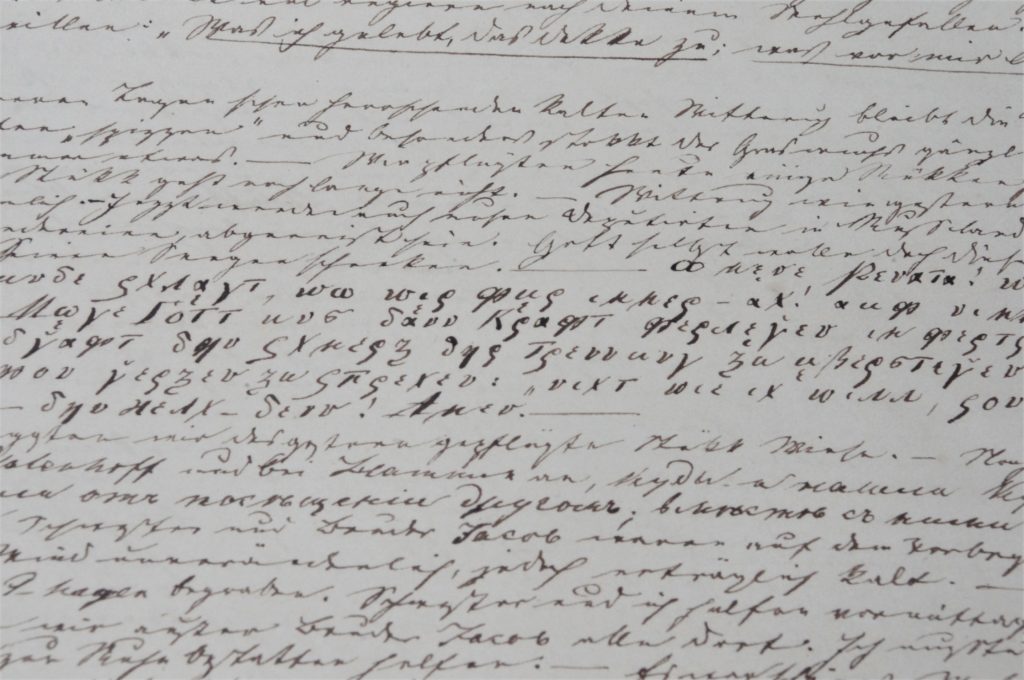
Season 1: Episode 4 – Nickel Mines
“Do you remember the school shooting in Nickel Mines Pennsylvania in 2006?” Conrad asks on episode four of Still Speaking. “This old book I am holding,” he continues, “has something to do with the Amish response to the events on that violent day.”
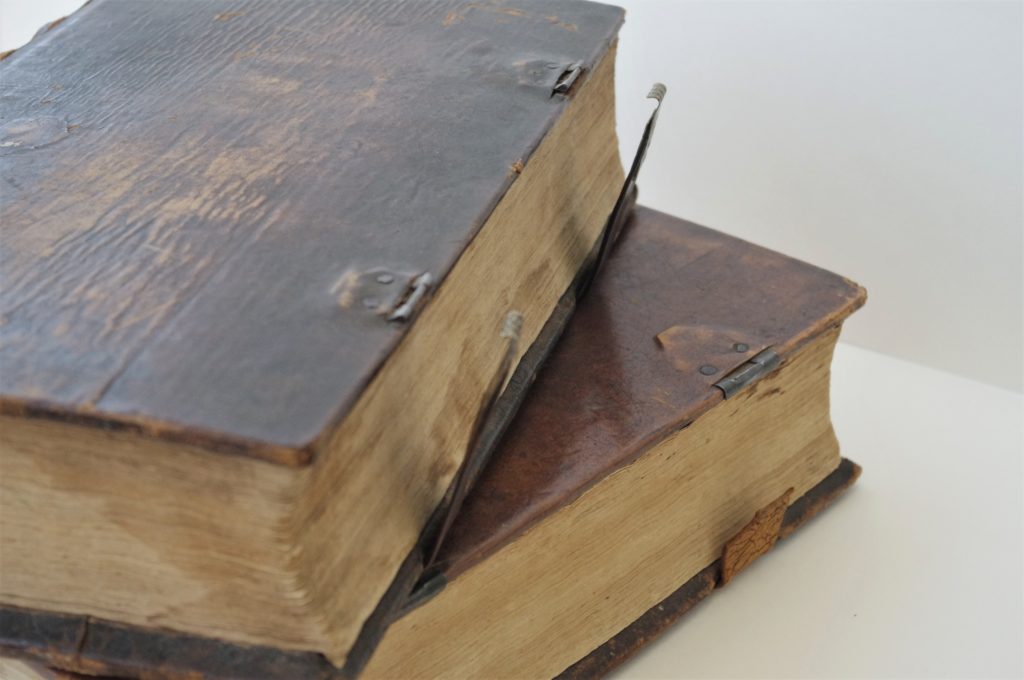
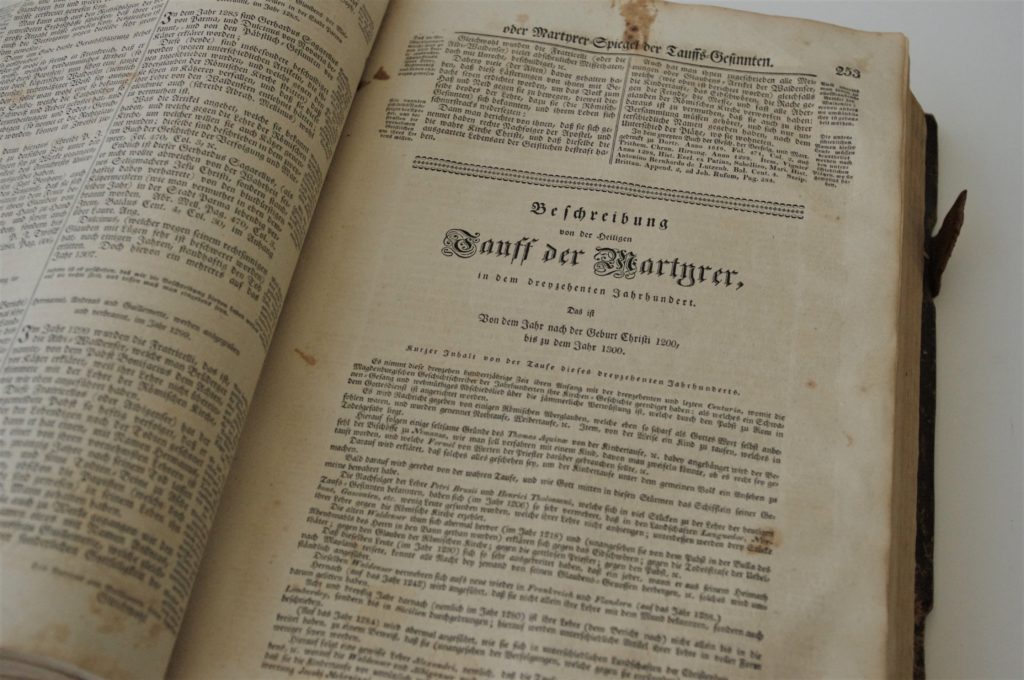
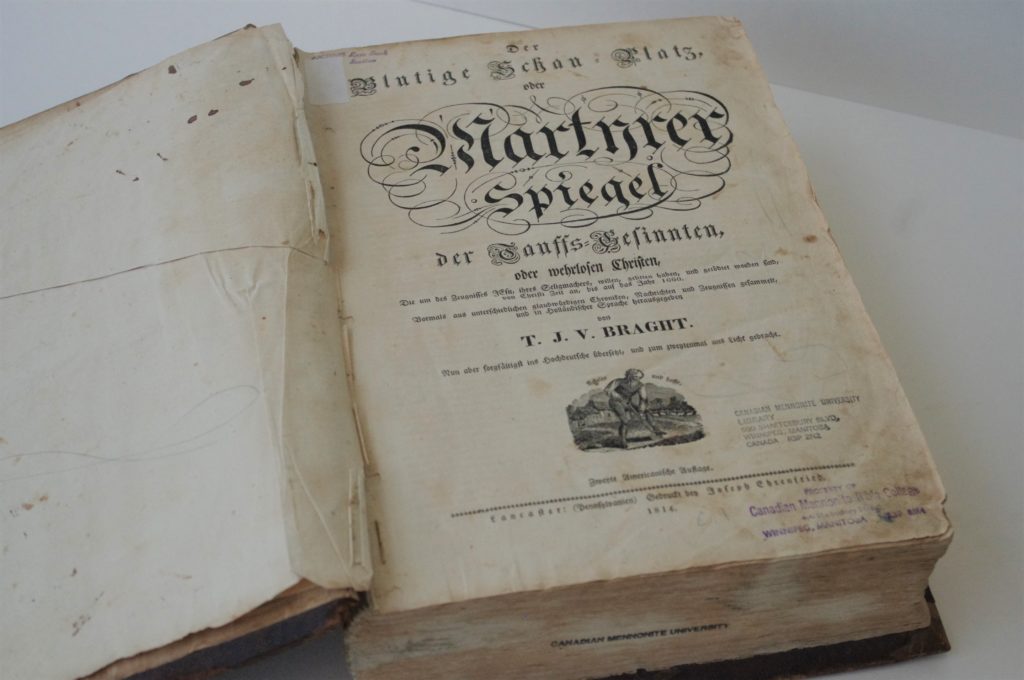
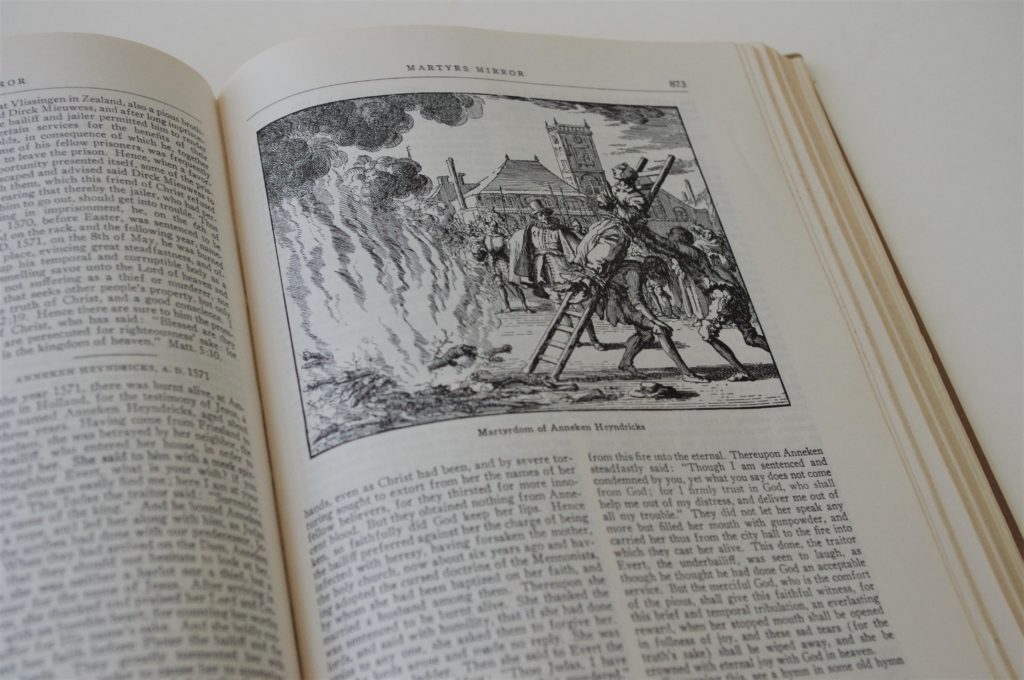
Season 1: Episode 3 – Regina
“I often get asked what archives collect – let my story help answer this question – it will stop you dead in your tracks,” Conrad exclaims in the third episode of Still Speaking. Listen to the five minute story to learn why things aren’t always as they seem.
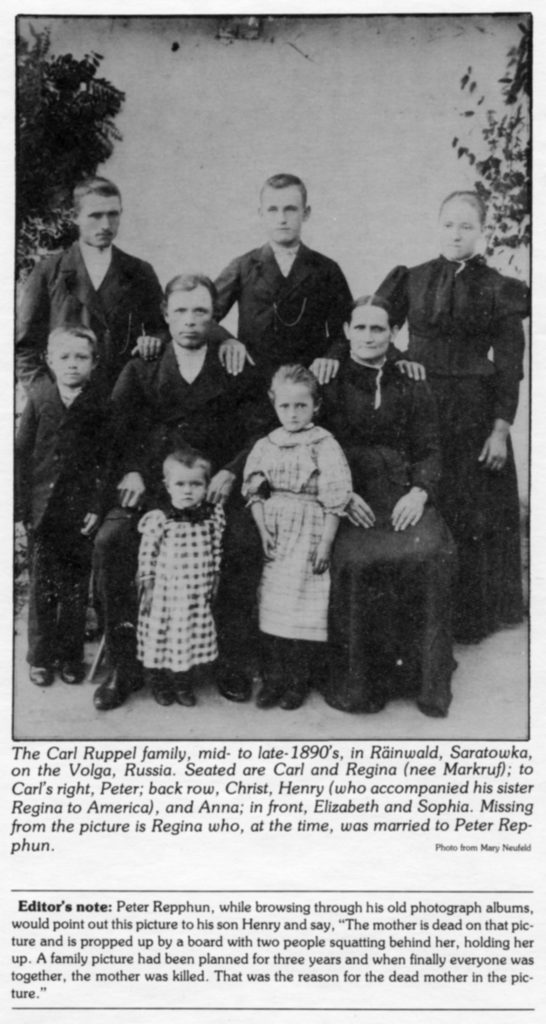
Season 1: Episode 2 – Johannes Dyck
Don’t believe everything you read in your history textbooks.
In this second episode of Still Speaking, Conrad Stoesz tells the interesting story of Johannes Dyck.
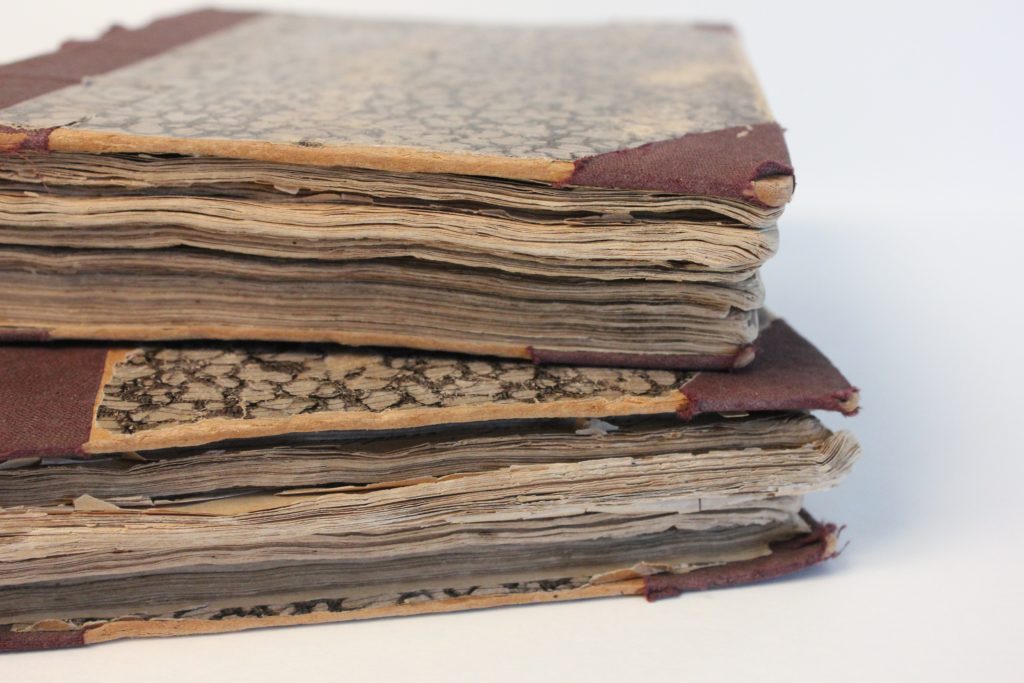
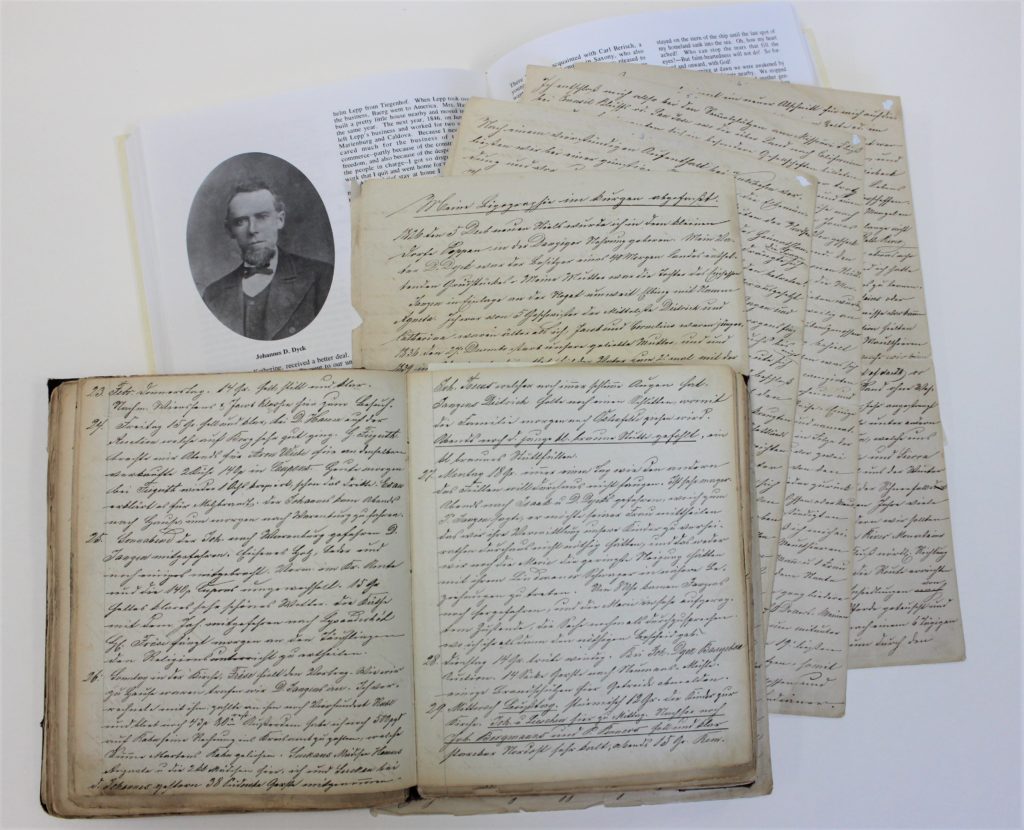
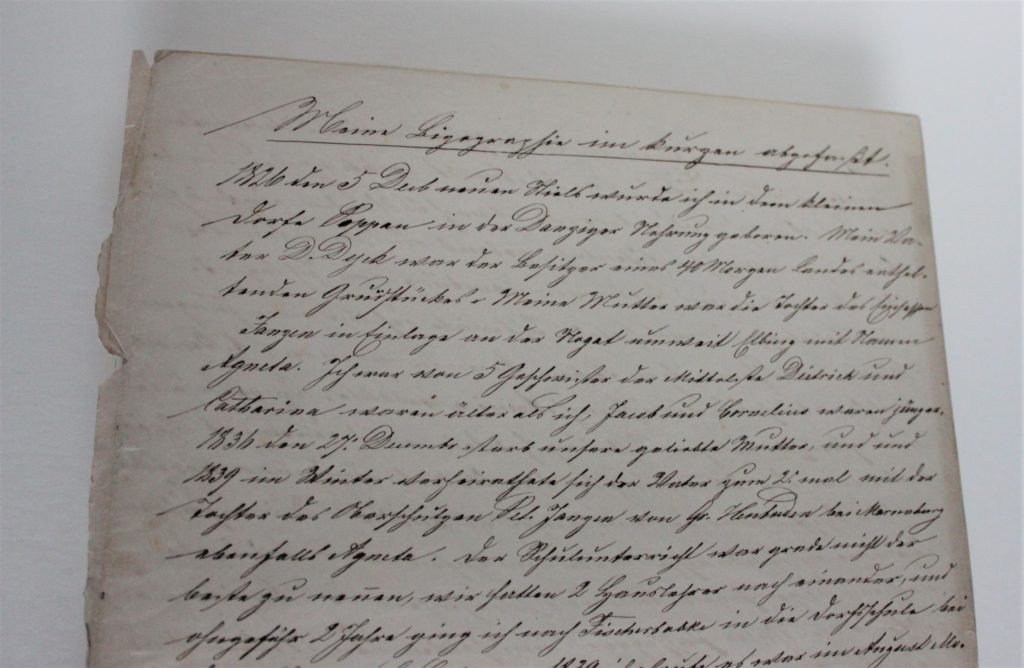
Season 1: Episode 1 – A Doll Story
In the first episode of Still Speaking, Conrad Stoesz tells the story of Johannes Dyck and his family’s journey from Russia to Canada. But what does a doll have to do with the family’s escape? Listen to the short 5 minute story to find out.
